Ultralight Backpacking Gear List 9 Pound 2024
Last Updated: April 21, 2024
Adventure Alan’s 9 Pound Ultralight Gear List
Nine pounds of equipment is all a backpacker needs to be safe, warm, and comfortable in the backcountry, and this ultralight backpacking gear list has been evolving and improving for over a decade, and we’ve tested it from Alaska to Patagonia, and everywhere in between. If you want to carry less weight while increasing the quality and functionality of your kit, then you’ve come to the right place. Simply put, this is best-in-class gear.
In totality, this 3-season ultralight backpacking gear list includes everything you need to carry and wear into the backcountry. This is the set of items we pack to start, and then modify based on trip-specific needs. The sub-10-lb base weight counts the backpack and everything carried in it while hiking. It excludes worn, held, and situational items, as well as consumables like food, water, fuel, and sunscreen.
Scroll down to browse featured gear. Or, if you’re packing for a trip and would prefer a complete item-by-item checklist including consumables, jump to the bottom where you’ll find the 9 lb ultralight gear list in table format, including a few items that aren’t pictured. Lastly, don’t miss our 3 lb ultralight day hiking list, our affordable gear list, or our 5 lb super ultralight fastpacking list.
You make Adventure Alan & Co possible. When purchasing through links on our site, we may earn an affiliate commission at no additional cost to you. Here’s why you can trust us.
Popular Ultralight Backpacking Gear
ULA Equipment ULTRA Circuit
33.8 oz | $380
Thanks to Challenge UltraX fabric, the most popular pack on the PCT, ULA Equipment Ultra Circuit, it is now lighter weight, more water-resistant, and more durable than ever before. It meets or exceeds all of our preposterously high backpack standards in every regard. The ULTRA Circuit has exceptional weight transfer thanks to its workhorse frame comprised of an aluminum stay plus a carbon fiber and plastic U-shaped suspension hoop. The full suite of massive, best-in-class external pockets grants easy access to gear, including the expansive UltraStretch Mesh front crisscrossed with shock cords. Its decked out with all of the right features, including superb load lifters, easy-to-use buckles, dual reverse pull hip belt adjusters, and a Y-strap top. Read more in our extremely positive, full-length ULA Ultra Circuit Review.
Zpacks Offset Duo
19.7 oz | $799
The Zpacks Offset Duo Tent is the best and most spacious 2P Zpacks brand tent to-date, and one of the very best trekking pole supported tents on the entire market. Offset Duo builds on the success of Zpacks’ flagship Duplex design by increasing its length and width, adding vents, zippered storm doors, magnetic roll-ups, a 32″ end strut, and ingeniously offsetting its trekking pole placement towards the head-end to maximize ceiling space directly above where users sit up. Learn more in our full length Zpacks Offset Duo Review.
Enlightened Equipment Enigma 20
Enlightened Equipment Enigma 20
18.4 oz | $440
Quilts are the most effective way to sleep in the backcountry, and the Enlightened Equipment Enigma 20 with 950 fill power down and 7d nylon is the single best tool for the job; our pick for best overall quilt. This versatile sleep system offers a stellar warmth-to-weight ratio, cold-spot-preventing U-baffles, A grade materials, and a flawless minimalist design. We strongly recommend this quilt. Truly an excellent piece of ultralight backpacking gear.
NEMO Tensor All-Season Ultralight Insulated Sleeping Pad
14.1 oz | $200
Wow, the NEMO Tensor All-Season Ultralight Insulated is a dang impressive sleeping pad and our new preferred model. With an R-Value of 5.4, and weighing only 14.1 oz, it clocks the highest R-Value-to-weight-ratio among 3-season pads, besting the esteemed Therm-a-Rest NeoAir XLite NXT, despite being an ounce heavier in total. This is achieved with two suspended layers of thermal mirror film – ultralight insulation, but ultra efficient. You also get the industry standard, ultra comfy 3.5″ thick NEMO Spaceframe baffles and overall quiet sleep experience. What’s more, Tensor’s predecessors had been known for durability issues, but this is solved with the increase to 40d ripstop nylon underside, up from 20d. Great work, NEMO!
AnyGear 7075 Aluminum Tent Stakes
AnyGear 7075 Aluminum Tent Stakes
0.5 oz | $0.66 per stake
The starter stakes that came with your tent are OK. But we prefer these inexpensive & far stronger Y-stakes as they make tent pitching easier and more secure in rocky dirt. The ANYGEAR 7075 Aluminum Stakes have a Y neck and only a single notched rib at the head making them extremely resistant to bending and damage when pounding in with a rock.
Zpacks Goose Down Jacket
Zpacks Goose Down Jacket
6.8 oz | $399
The Zpacks Goose Down Jacket blows the hubcaps off competitors like the Mountain Hardwear Ghost Whisperer. In particular, it’s almost two times warmer for the weight. This is because it’s filled with top-tier 950 fill power down (and more of it) vs mid-tier 800 fill. And they didn’t skimp on features either. The Zpacks Goose Down Jacket still has a drawcord hood, two pockets, full front zipper, and drawcord hem to seal out drafts. It isn’t exactly cheap, but it’s still a great performance to value ratio costing only marginally more than Ghost Whisperer. Read more in our full-length Zpacks Goose Down Jacket Review.
Enlightened Equipment Visp Rain Jacket
6.4 oz | $250
Choose the Enlightened Equipment Visp Rain Jacket because it is the most breathable ultralight rain shell with an unprecedented MVTR rating of 83,000. The three layer Visp weighs just 6.4 ounces in a unisex size medium, has a very layer-accomodating fit, and comes with most of the bells and whistles including pit zips for even more breathability. The only downside is no pockets, but hey, this is Alan’s preferred rain jacket and we know you’ll love it too!
Zpacks Vertice Rain Pants
Zpacks Vertice Rain Pants
3.2 oz | $149
Fully waterproof, preposterously breathable, and only three ounces, the Zpacks Vertice Rain Pants are top tier rain pants for minimizing weight. Vertice has a breathability rating of 56k, that’s more than than triple Gore-Tex, perfect for high intensity movement. True, this isn’t the most durable pair of rain pants, but we find them to be sufficient for on-trail use and are the current best option for an ultralight gear list.
Alpha Direct Hoodie
~5.0 oz | ~$100
A hoodie made with Alpha Direct fleece is lighter weight, has a higher warmth-to-weight ratio, higher breathable, less water absorption, and a faster dry time than any competing alternative. However, it is also far less durable than average and has zero wind resistance. But they’re basically perfect for fastpacking and super ultralight backpacking. Use it respectfully and pair with a UL windbreaker or breathable rain shell for maximum modularity, versatility, and surprising warmth. Read more in our guide to the Best Alpha Direct Hoodies.
Foxx River Ragg Half-Finger Gloves
1.9 oz | $17
Half-finger gloves like the Fox River Ragg offer a significant dexterity boost for only a modest sacrifice to overall warmth. They can be worn without impeding tasks like pitching a tent, using GPS, or operating a stove. Despite the lack of full coverage, the insulation on the rest of your hand will improve blood flow and circulate warmth to your fingertips. We view this as a worthwhile proposition for backpacking. Any fingerless gloves will do, but these are particularly affordable, durable, and comfortable. Biggest drawback is that the wool-nylon blend is a bit scratchy.
Alpha Direct Beanie
.7 oz | $30
Polartec Alpha Direct is the lightest weight and highest warmth-to-weight ratio among all genres of fleece. Therefore, it makes sense to choose an Alpha Direct Hat. Because Apha Direct beanies are only made by Ultralight Gear Cottage Industry brands, we recommend shopping around on Garage Grown Gear. 120gsm is a good fabric weight for this purpose. Also, you don’t need too much hat, considering this kit also has a sun hood, a fleece hood, and a down hood.
Katadyn BeFree Water Filter
2.1 oz | $40
Squeeze-based water filters are where it’s at, and Katadyn BeFree has the best flow and the most usable shape. Critically, the .6L size can be front-shoulder-strap mounted, which is the fastest and most efficient option for drinking from water sources as you pass by. It’s lighter and more compact than Sawyer Squeeze and MSR QuickDraw, albeit slightly less durable.
Outdoor Vitals Shoulder Strap Pocket
0.8 oz | $19
The Outdoor Vitals Shoulder Strap Pocket is our preferred holster for storing a .6L Katadyn BeFree water filter, and the two work in perfect synchronicity for a drink-from-the-source-as-you-go hydration strategy with the least possible amount of effort. This system is particularly ideal for people with inflexible shoulders who cannot reach back into their side pockets.
Pair of 1L Smartwater Bottles
Pair of 1L Smartwater Bottles
2.4 oz | $2 each
Ditch those heavy Nalgenes for a significantly lighter water storage unit. We prefer to use 1L Smartwater bottles. Incredibly durable for a “single use product,” this thru hiker favorite fits the Sawyer filter and can last an entire season of backpacking or longer. Also works for storing on a shoulder holster, and slides in and out of side pockets better than wide bottles.
MSR Pocket Rocket Deluxe
2.9 oz | $85
The MSR Pocket Rocket Deluxe is one of the two best stoves money can buy, and our editor’s choice award winner. It features a cupped head for wind resistance, pressure regulation for use in cold and with near-empty canisters, a built in ignitor, fold out arms with good balance, and high BTU output for quick boil times. Combine PRD with a heat exchanger pot to assemble a SuperStove system.
Firemaple Petrel Pot
5.7 oz | $24
The new Firemaple Petrel Pot is exciting because it is one of, if not the first standalone heat exchanger pots with built-in stove arm notches. The HX improves stove boil time and fuel economy by trapping heat and blocking wind. It features a superb Tritan plastic lid, with a flip up lid-locking handle. Petrel actually holds 800ml, but 600ml to the conservative fill line. It is one of the very best pots on the market for solo use, and likely the single most compact, held back only by its slightly-too-narrow-to-be-optimal diameter.
Bic Mini Lighter
0.4 oz | $2
Smaller lighters save weight, and are just as good at lighting stoves. The Bic Mini has been with us for decades and is always reliable.
TOAKS Titanium 450ml Mug
2.7 oz | $20
Built with sturdy, ultralight titanium, the TOAKS Titanium Single Wall 450 is our go-to camp mug. It holds 15 oz, is a great value, and may just last forever. Pro tip – ditch the orange mesh bag – you don’t need it.
TOAKS Titanium Spoon
0.7 oz | $11
It’s hard to imagine any backcountry spoon scoring better user ratings than the TOAKS Titanium. At time of publication it averages 4.7 out of 5 stars on 145 reviews at REI Co-op. The $11 price point is lower than we expect to see relative its ultralight and ultra durable titanium construction. Plus, it features an upward tilted bowl for ease of lifting food out of a meal bag.
Benchmade 533-04 Mini Bugout Grivory Knife
1.5 oz | $153
The Benchmade Mini Bugout is lightweight and made with extremely high quality CPM-S30V stainless-steel. Yes it’s spendy, but it stays sharper for longer in the backcountry, making quick work of food prep with a 2.8″ blade. The Grivory handle is lightweight and grippy, and has a secure locking mechanism for sure-fire cutting. Also great as an everyday carry.
BoglerCo Ultralight Trowel
.5 oz | $18
BoglerCo makes an exceptional ultralight trowel; superior to our previous top pick, the Deuce #2. BoglerCo’s is longer, lighter, stronger, digs better, and is more comfortable to press down on thanks to its plastic top. The serrated edge easily cuts through small roots. This trowel is miles ahead of the classic orange Coghlan’s design.
Zpacks Ultralight Travel Toothbrush
.6 oz | $5
Literally any sub-one-ounce toothbrush will get the job done and the Zpacks Ultralight Travel Toothbrush is fine. We recommend avoiding models with half handles.
Nitecore NU25 UL 400 Headlamp
1.6 oz | $37
If you don’t have a rechargeable headlamp yet, now is the time to upgrade. The Nitecore NU25 UL 400 Headlamp is our go-to for super ultralight fastpacking endeavors. But it works just as well as for short backpacks and as an emergency light for a day hiking kit. NU25 has a good battery, basic controls including locking, red or white light, different levels of brightness, and can generate up to 400 lumens of light. The two thin straps are marginally less comfortable than a wider one.
Garmin inReach Messenger
4.0 oz | $300
Garmin inReach Messenger is the latest contender in the satellite communicator genre, and offers best-in-class battery life, signal receptivity, and nearly all of the most desirable features for just $300 and four ounces. As such, it takes our top slot award, narrowly beating out ZOLEO and inReach Mini 2.
Gaia GPS App
Gaia GPS App
0 oz | $40
Available on iPhone or Android, Gaia GPS offers a Google Maps-like experience but pinpoints you on topographic maps with trails and routing. No cell service or internet is required, so long as you download the maps in advance. It’s much lighter, more affordable, and user-friendly than dedicated GPS units. Gaia GPS is our primary backcountry navigation tool, backed up by paper maps. And, if you subscribe to your first year of Gaia GPS by clicking the button below, they’ll give you 20% off! Considering that phone apps are weightless, we think this is some pretty great ultralight backpacking gear.
Nitecore NB10000 Gen 2
5.3 oz | $60
The Nitecore NB10000 Gen 2 has the best power-to-weight ratio of any 10k mAh battery we researched, and is also the lightest overall. It delivers at least two full 0-100% phone recharges, can charge two devices at once, and has a built-in USB-C port. The carbon fiber casing is lighter weight and superior to metals in cold weather. And the whole thing is water resistant! A clear best-in-class for its category.
Suunto M-3D Compass
Suunto M-3 D Leader Compass
1.6 oz | $65
The Suunto M-3D is a simple and durable lightweight compass with all of the essential features, including declination adjustment. Should always carry along with paper maps as a backup to GPS.
Paper Topo Map
Paper Topo Map
.5 oz | Variable
A paper topo map is still important! We prefer printed topographic quadrangles at 1:24.000. Store in a Ziploc bag. High quality prints can be purchased on waterproof paper. You can also use online mapping software like Gaia GPS or CalTopo to print your maps freely. Nat Geo maps are nice, but heavy.
Hyperlite Mountain Gear Stuff Sack Pillow
Hyperlite Mountain Gear Stuff Sack Pillow
1.7 oz | $59
We love the 9L Hyperlite Mountain Gear Stuff Sack Pillow for dry gear storage and improving quality of sleep. A great 2-for-1 and an ideal piece of ultralight backpacking gear. Constructed with waterproof durable Dyneema, zipper access, and a reversible fleece interior lining for pillow-mode. It gives a lot of utility for 1.7 ounces. The large size fits a puffy better and is comfier to sleep on.
HMG Roll Top Stuff Sack 25L
1.6 oz | $69
The HMG Roll-Top Stuff Sack in the 25L size capacity is our preferred workhorse dry bag for backpacking quilts and sleeping bag storage. The DCF11 construction is super durable and waterproof, and HMG has paid every attention to detail. The 25L volume is likely a bit overkill for summer, but only weighs .4 oz more than the 10L model, and easily flexes into the colder months without requiring you to buy a larger dry bag to store a 0 degree sleeping bag. If you’re going to splurge on a Dyneema dry bag, choose this one, at this size, because you can use it all year long for many years to come without ever over-compressing your down.
Hyperlite Mountain Gear Drawstring Stuff Sack
.7 | $49
For storing, organizing, and protecting accessories that you need to keep in exterior pack pockets, we recommend the HMG Drawstring Stuff Sacks. While not truly waterproof due to the drawstring closure, the DCF fabric is waterproof, and the system is protective enough in all but the wettest of conditions. The 4L is slightly larger than a one gallon Ziploc bag, and the 9L is great for storing a heap of accessories.
LOKSAK OPSAK Odor-Proof Barrier Bag 12×20
LOKSAK OPSAK 12×20
0.8 oz | $16 MSRP
Nesting perfectly in an Ursack Major Bear Bag, this giant, ultra-heavy-duty-Ziploc-style bag called LOKSAK OPSAK will keep your food dry when it rains, and prevent smells from escaping when properly closed. A necessary pairing to fully protect your food from the elements and animals. Each bag lasts 1-2 hiking seasons, depending on use.
Homemade First Aid Kit
First Aid Kit
2.5 oz | Homemade
The best first aid kits are homemade. Ours typically include some combination of the following: Leukotape, Ibuprofen, Tylenol, benzoin tincture, assorted bandages in different sizes, gel blister cover, 4×4″ gauze pads and gauze roll, neosporin, Benadryl, nitrile gloves, alcohol wipes, Pepto-Bismol, Imodium, caffeine pills, heavy duty pain killer, personal prescriptions, nail clippers, tick removal, safety pin.
If you’re unable or unwilling to make your own first aid kit, these “ultralight watertight” bundles will do in a pinch.
Homemade Backpacking Repair Kit
Repair Kit
1.5 oz | Homemade
Our homemade repair kit includes duct tape, Therm-a-Rest glue dot and patch kit, Tenacious Tape, Krazy glue, alcohol wipes, zip ties, safety scissors, needle, and a spare sawyer gasket. Use floss for thread, and safety pins from first aid kit. We find this is all we need to make small fixes to ultralight backpacking gear.
HOKA Speedgoat 5
10.3 oz | $155
Our staff pick trail runner! The HOKA Speedgoat 5 is technical, cushioned, very sturdy, and very very grippy, even on challenging terrain. This shoe is great for hiking long days thanks for the comfortable cushion and wide toe box. The average overall width of shoe keeps feet from sloshing about on sloped terrain and provides accurate, stable footfalls. Perfect for everything from casual day hiking to super ultralight fastpacking, and everything in between. Read more in our full-length HOKA Speedgoat 5 Review.
Paka Performance Socks
1.7 | $24
For the ultimate blend of comfort and functionality, pull on a pair of Paka Performance 3/4 Crew socks, our editor’s choice award winning model for hiking socks. They have all of the right features, and are made with a dreamy blend of alpaca wool, Tencel, recycled nylon, and spandex that keep your feet comfortable, thermo-regulated, dry, blister-free, and less smelly, all day long. We’re even prepared to say that alpaca wool is superior to merino.
Cascade Mountain Tech Carbon Trekking Poles
Cascade Mountain Tech Carbon Fiber Trekking Poles
15.6 oz | $65
Sturdy, lightweight, durable, well-built, the CMT Carbon Fiber Collapsible Trekking Poles for $65 are an incredible deal on ultralight backpacking gear. Marginally lighter options from traditional brands go for $150-$250. These aren’t fancy, but we just can’t stress enough how preposterously good of a value proposition Cascade Mountain Tech Carbon Fiber Trekking Poles are.
Outdoor Research Swift Cap
Outdoor Research Swift Cap
2.5 oz | $30
A simple UPF 50 sun cap gets the job done best. The Outdoor Research Swift Cap is comprised of a lightweight, breathable mesh, with a 3-panel nylon layer on the crown to block the harshest UV. It also has a moisture wicking sweat band and adjustable at the back. We’ve worn this one all around the world.
Outdoor Research Echo Hoodie
Outdoor Research Echo Hoodie
5.2 oz | $75
For a majority of three season hiking, we recommend the Outdoor Research Echo Hoodie. This sun hoody is incredibly light, stretchy, comfortable, breathable, airy, quick drying, moisture wicking, and rated to UPF 15-20 (depending on color). This shirt does it all, and is perfect compliment to an ultralight backpacking gear kit. Pack a sun hoody and you’ll find that you will save weight carrying less sunscreen and also get less sun burns. We’ve worn this shirt around the world and are always impressed. What’s more, it’s built with eco-friendly recycled polyester!
Mens Kuhl Renegade Convertible Pants
15.2 oz | $109
There’s so much to like about the Men’s KUHL Renegade Convertible Pants. You want the best cargo pockets in the biz? Check. The most durable pants fabric for bushwhacking and scrambling? Check. Zip off lower legs to convert to shorts? Check. Add in a dash of stretch and a comfortable, roomy fit and these Renegades make for some of the best hiking pants imaginable. Our only knock is that they’re a bit heavier than average, but it’s not a huge deal since you wear them rather than carry them.
Womens Kuhl Freeflex Roll-up Pants
14 oz | $99
The Women’s KUHL Freeflex Roll-Up Pants offer spandex-free stretch, which doesn’t sag or bag. But more importantly, they have much sought-after dual cargo pockets on the thighs for handy storage of knickknacks like lip balm or a small tube of sunscreen. As the namesake implies, they have mid-calf snaps for converting into a capri. A functional and flattering design from KUHL. There’s no question as to why these pants get rave reviews.
Arcade Belts
Arcade Belts
2.5 oz | $32
Arcade Belts could be a big upgrade for hikers. It’s made of polyester webbing that is soft to the touch and stretchy, so it doesn’t dig into your skin or bite, even when you have it pulled taught. Adjusting this belt is straightforward, the clasp is very secure, it holds tightness, and does an excellent job of keeping pants up. Highly recommended if you’re still using something old, heavy, leather, or otherwise uncomfortable.
COROS APEX 2 Pro
2.0 oz | $450
If you are serious about your outdoor adventuring and training, then the COROS APEX 2 Pro is the right watch for you. Over the past two years we’ve run this watch through the wringer, guiding in Alaska, mountaineering, nordic skiing, ocean kayak racing, trail running, mountain biking, etc. The verdict? This an exceptional performer in the field and our favorite outdoor smartwatch. In particular, its battery life blows the competition away with 200 hours of in-field GPS tracking. As such, it’s a perfect choice for those who play and train hard in the backcountry, especially for multiple days at a time. Read more in our full-length COROS APEX 2 Pro Review.
iPhone 15 Pro
6.6 oz | $999
We have decades of experience with apple iPhones and find the battery life, app reliability, durability, and cameras to be top notch. For hikers, the titanium casing and emergency satellite network SoS feature are great bonuses. The iPhone 15 Pro series is worth investing in over the base model because it offers a 5x optical telephoto zoom, upgraded from 2x. This is important for capturing wild life, faraway hikers, and plenty of other scenes you’re likely to encounter in the backcountry.
CTUG Ultralight Wallet
0.5 oz | $16
For storing cards, cash, permits, and other valuables in a reusable, highly water-resistant, slim, zippered case, choose the Chicken Tramper Ultralight Gear Ultralight Wallet. We used to use Ziploc bags, but this is wasteful, and they’re prone to breaking. While highly durable and water resistant, this wallet is not seam taped, nor submersible.
Tifosi Swank Sunglasses
Tifosi Swank Sunglasses
1.0 oz | $30
Backpacking is hard on shades. They tend to get scratched, lost, crushed, or otherwise damaged. That’s why we recommend a basic, functional, and more economical option like the Tifosi Swank Sunglasses. They look great and you can replace them without breaking the bank. But you may never have to as they polycarbonate lenses are shatterproof, 20x more impact resistant than glass, and provide 100% protection from UVA and UVB rays. The frames are similarly durable.
Glacier Gloves Ascension Bay Sun Gloves
1.7 oz | $22
The Glacier Gloves Ascension Bay are our editor’s choice best sun gloves for hiking as they’re the most durable, longest lasting, and least expensive pair in the round-up. The entire Adventure Alan & Co team prefers this model, and we recommend it very highly. It comes in a basic light gray colorway, as well as a cool water camo print with thru-hiker fashion appeal and fisherman functionality.
Shamm Sandals Warriors
6.0 oz | $95
Shamma Sandals Warriors are our editor’s choice best ultralight sandals. They really have it all from tread to Vibram rubber soles, to a secure fit. And they’re also lightest-in-class aside from the Mayfly design, which is much less functional than Shamma’s. This is an impressive sandal to behold in every possible way. We also recommend picking up a pair of power straps, which you may wish to add at your discretion for more intense walking or fording. They add an additional connection point looping around the front of the ankle.
Outdoor Vitals Highline Thermal Leggings
3.5 oz | $80
Thanks to their exceptionally low total weight and high warmth-to-weight ratio, the sub four ounce Outdoor Vitals Highline Thermal Leggings have become our preferred camp legwear for cool weather use. The brushed interior surface of these ultralight fleece tights makes them soft, cozy and warm. The TORAY fabric is 100% polyester, which has sufficient stretch and zero elastane to slow down dry time. Their only feature is the gusseted mesh crotch, but that’s fine by us! Note, these run small, so size up if in between.
Sea To Summit Mosquito Head Net
Sea To Summit Mosquito Head Net
1.0 oz | $15 MSRP
Weighing only one oz and totally bug-proof, you barely notice the Sea to Summit Mosquito Head Net. Yet in early summer, it might be the hardest working piece of ultralight backpacking gear you carry. It’s comfy see through, and outperforms bug repellent sprays and lotions. We like the version treated with InsectShield permethrin to further ward off mosquitos. This is a must-bring in June and July in the mountains.
Sawyer Picaridin Insect Repellent
Sawyer Picaridin Insect Repellent
0.5 oz | $10
The efficacy of DEET without harsh chemicals. Sawyer Picardin Insect Repellent is our go-to skin protection against mosquitos and ticks. We prefer the lotion to the spray-on, which lasts 8-14 hours. And you don’t need to carry much, since you’re only applying once or twice per day. Buy the 4 oz container and decant half an ounce into an empty hand sanitizer bottle. That’s more than enough for an entire hiking season.
Ursack Major Bear Sack
Ursack Major Bear Sack 10L
7.6 oz | $90
Unless a canister is strictly required by land management, we always prefer the Ursack Major Bear Sack, now made with ballistic grade Spectra. It’s lightweight, comfy to carry, and does actually protect your food in the overwhelming majority of bear encounters. We recommend pairing it with the Loksak Opsac bag as a smell-proof, waterproof, liner system. When full, it holds about 4-5 day worth of food.
Counter Assault Bear Deterrent Spray
Counter Assault Bear Deterrent
11 oz | $48
Much like first aid, bear spray is one piece of gear you never want to have to use. Counter Assault Bear Deterrent has been the gold standard in scaring off curious ursine for decades now, and we trust this product. The lock mechanism is very secure.
Kahtoola MICROspikes
Kahtoola MICROspikes
11 oz | $75
Often copied but never equaled, the Kahtoola MICROspikes are the go-to option for walking on steep snowy and icy terrain. They have incredible traction, last forever, and are the preferred option of PCT thru hikers in the Sierra Nevada mountains during high snow years.
C.A.M.P. Corsa Ice Axe
C.A.M.P. Corsa Ice Axe
7.1 oz | $120
For periodically ascending steep-but-non-technical snowy passes and peaks, the ultralight C.AM.P. Corsa Ice Axe is all you need. It serves the primary purposes of self arrest and acting as balance point, while also saving more pack weight than any other ice axe when stowed. We think it’s the best ice axe for hiking and backpacking.
Bonus Material
Want to see more recommendations per item? Check out our Staff Picks Guide to the Best Backpacking Gear.
Want to go even lighter? Check out our 5 Pound Super Ultralight Backpacking Gear List.
Carry your weight comfortably with our guide to the best backpacks for backpacking.
Stay dry with our guide to rain jackets for hiking.
Stay warm with our guide to down jackets and pants for backpacking
9 Pound Ultralight Gear List Conclusion
As you’ve now read, this is a true ultralight backpacking gear list with a sub 10 lb base weight. From dry storage to first aid, we’ve counted every single gram to compile a true guide for those looking to shave pack weight. While fancy, ultralight gear is a factor in this guide, the ethos of minimalism also drives this list. Everything you need to stay warm, dry, comfortable, and safe while backpacking is included here for 3 season trips.
If you have any questions about any of the ultralight gear listed (or not listed), let us know in the comments below!
Trackbacks & Pingbacks
Leave a Reply
Want to join the discussion?Feel free to contribute!

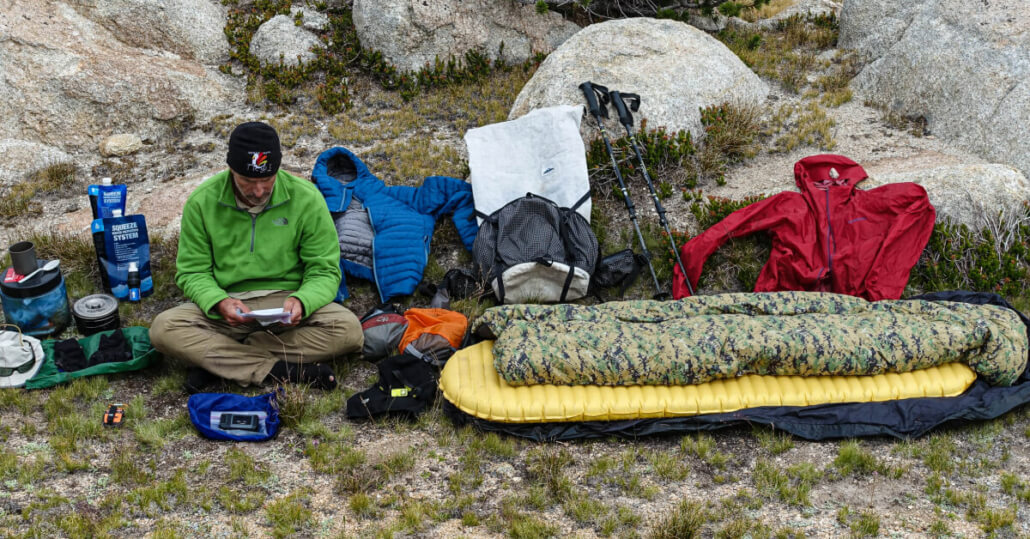
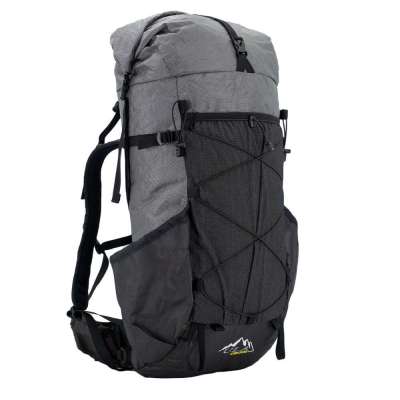
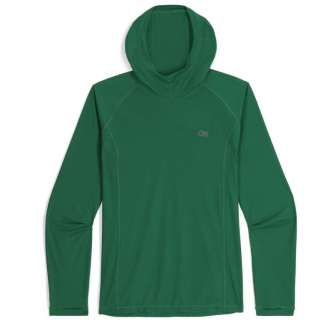
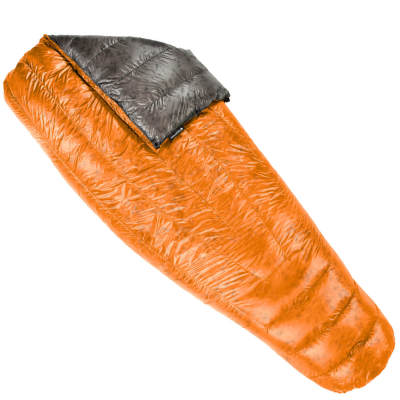
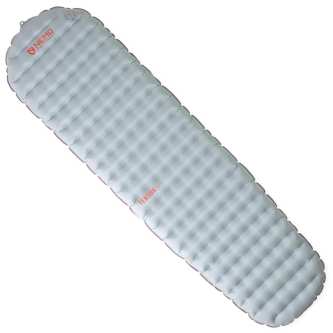
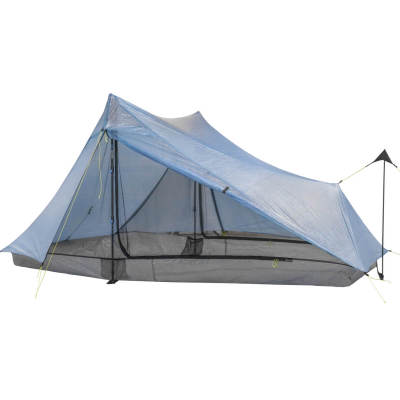
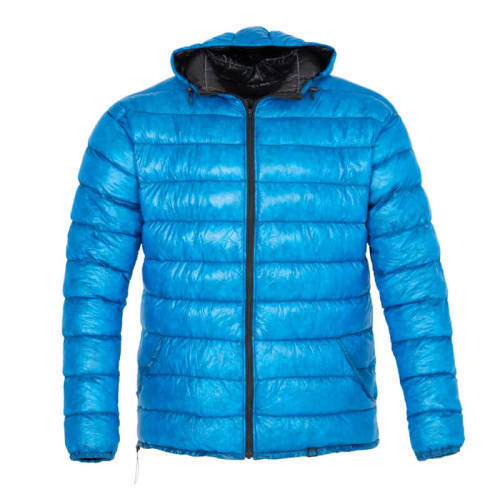
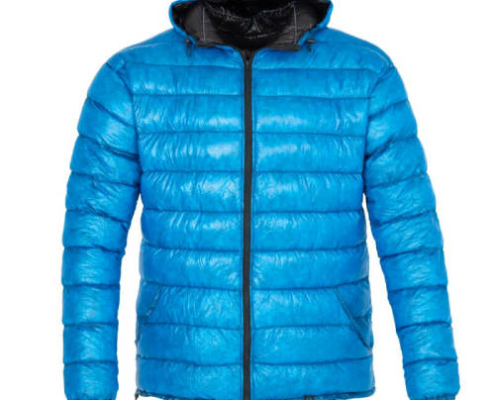
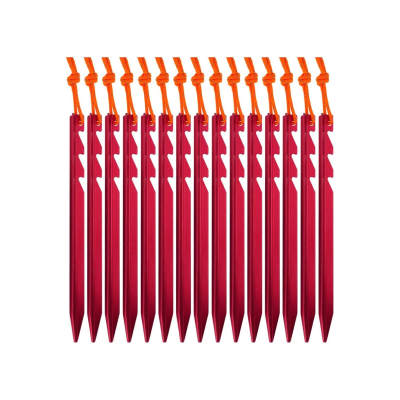
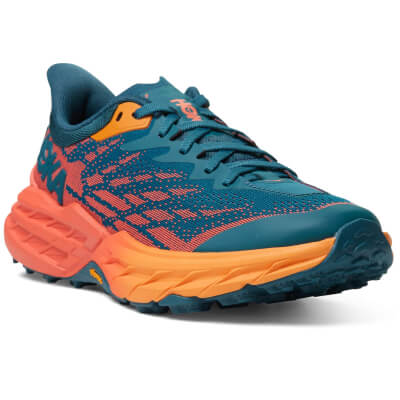
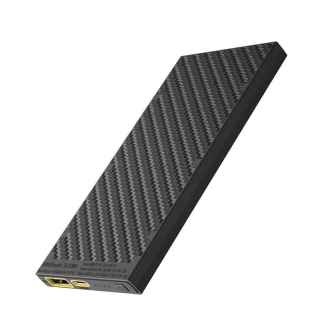
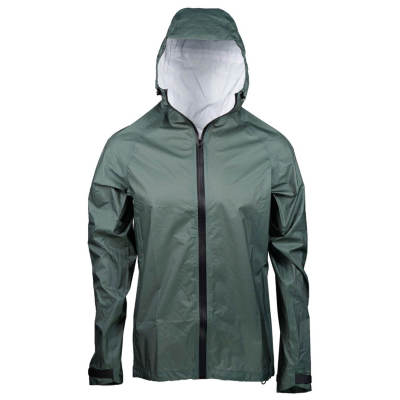
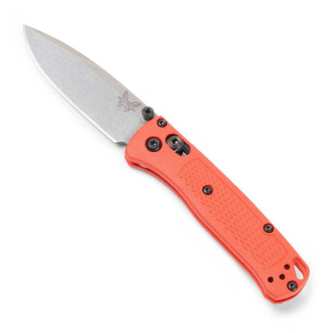
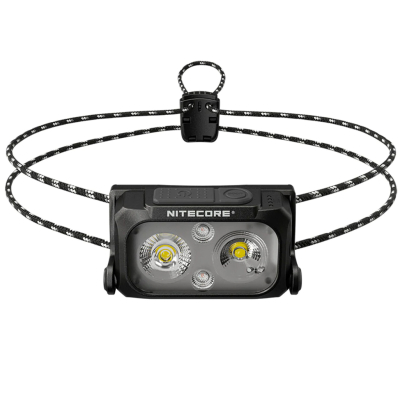
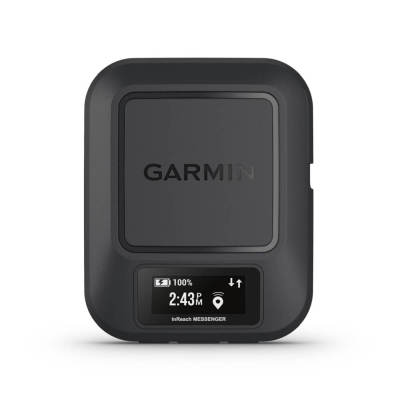
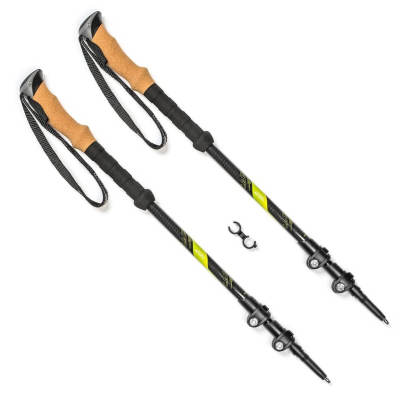
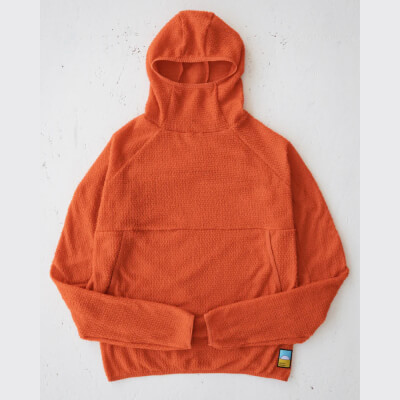
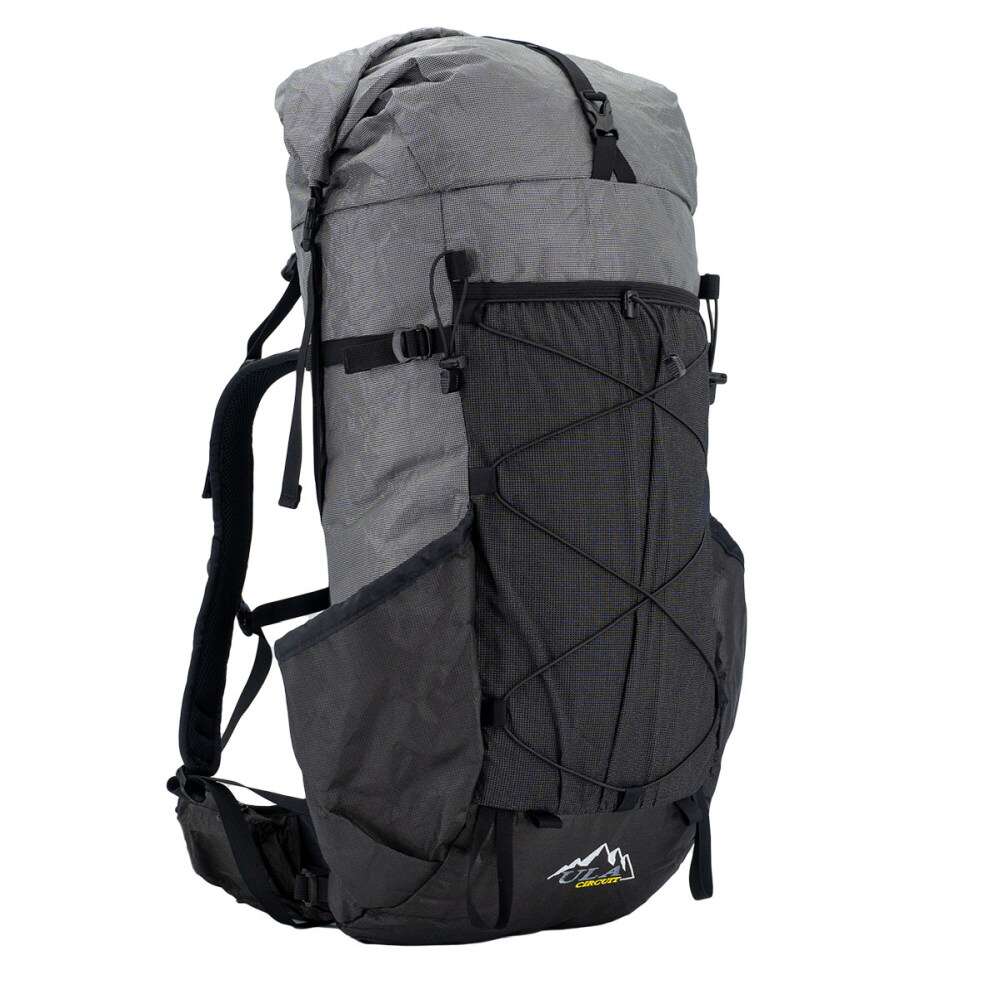
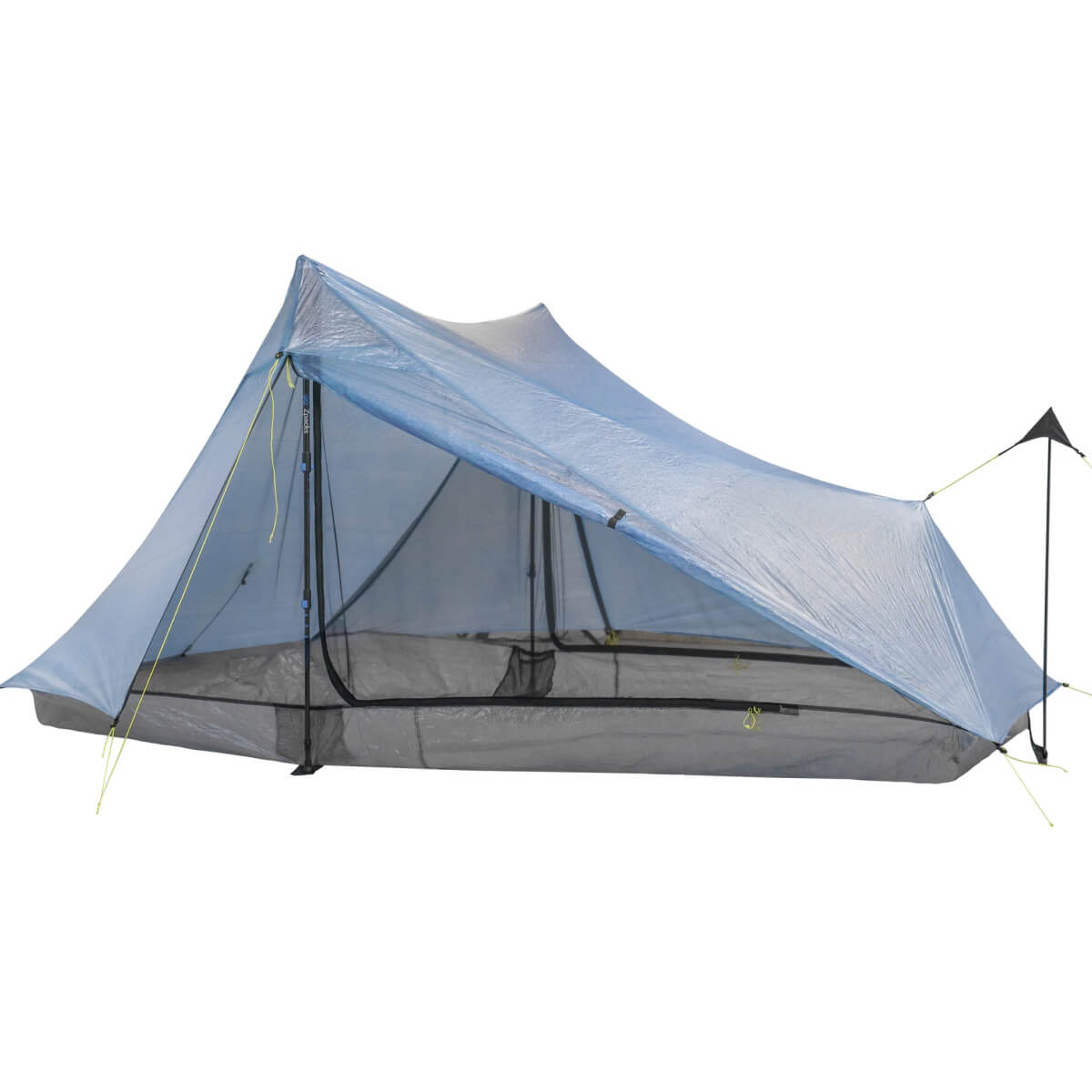

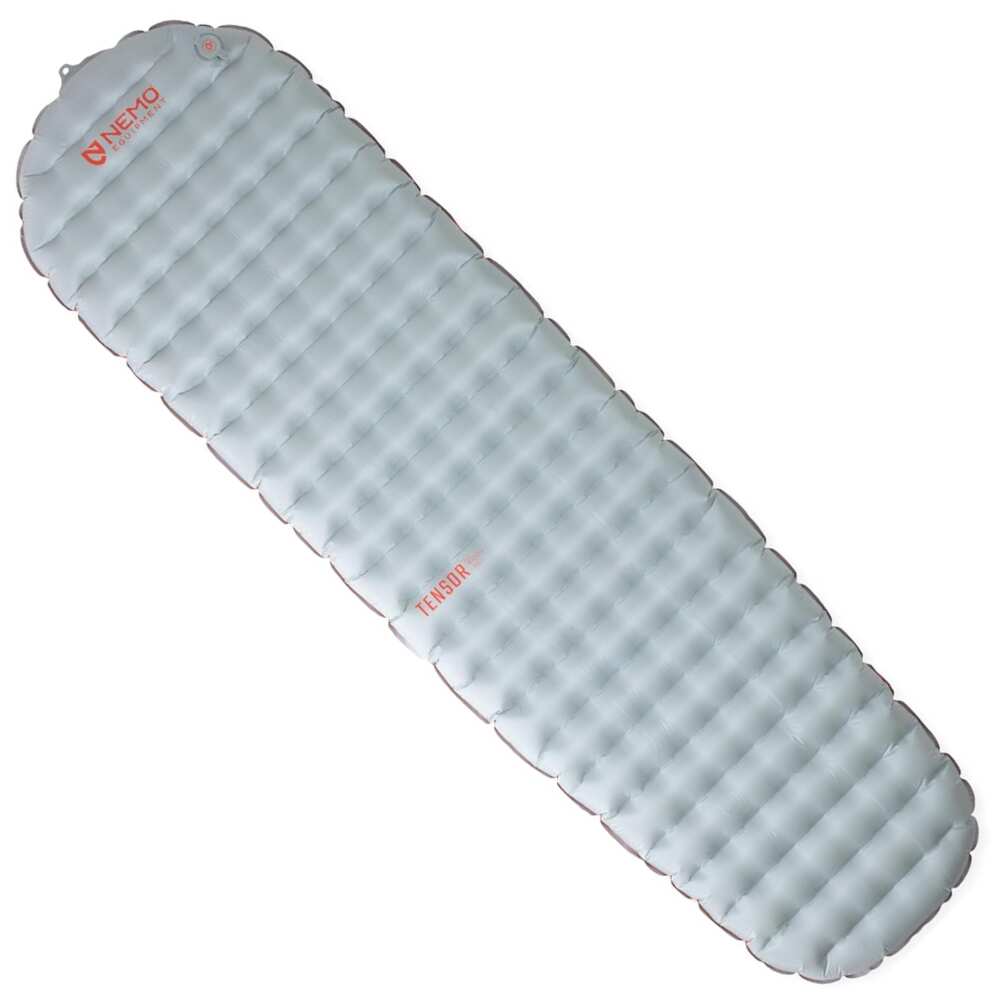
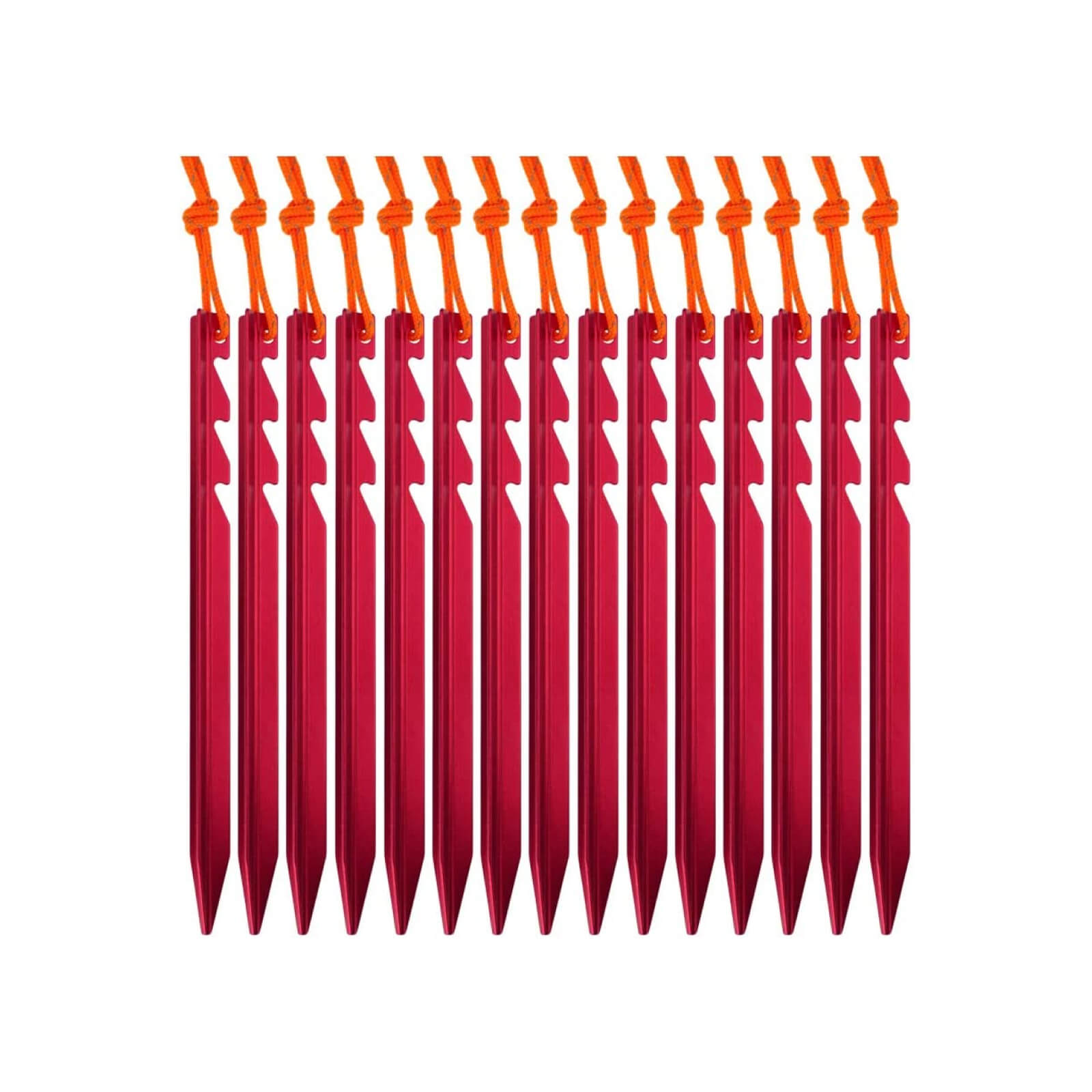

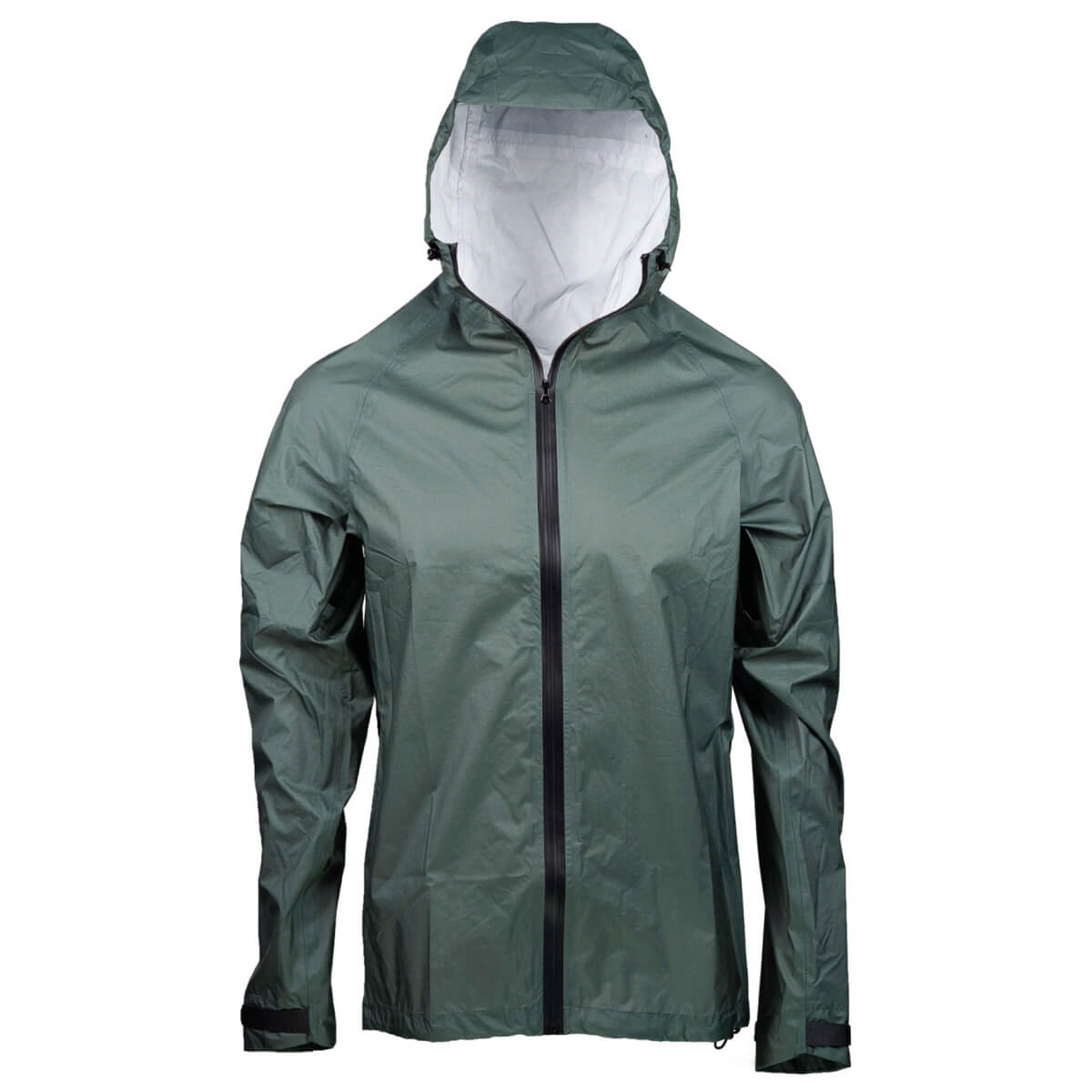
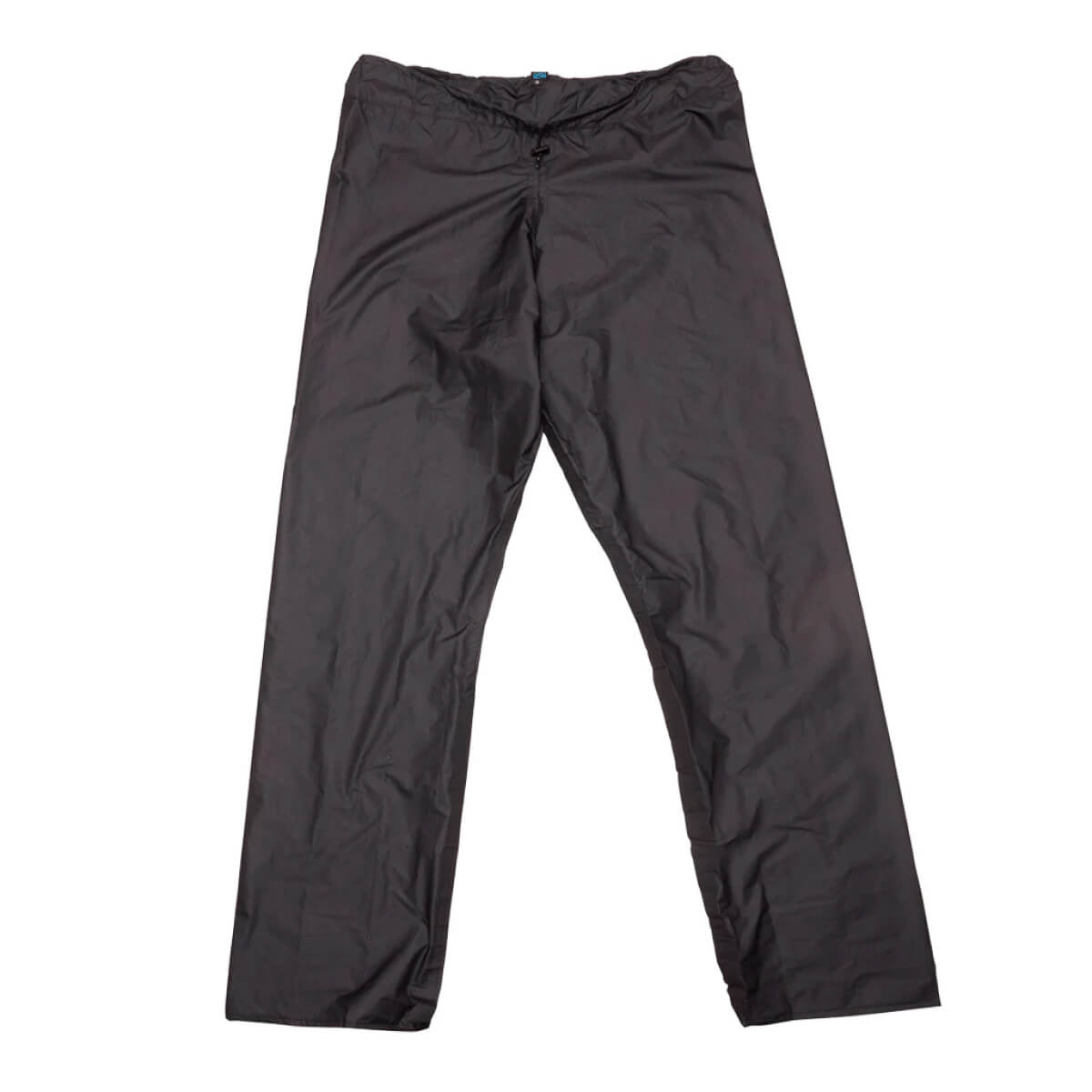
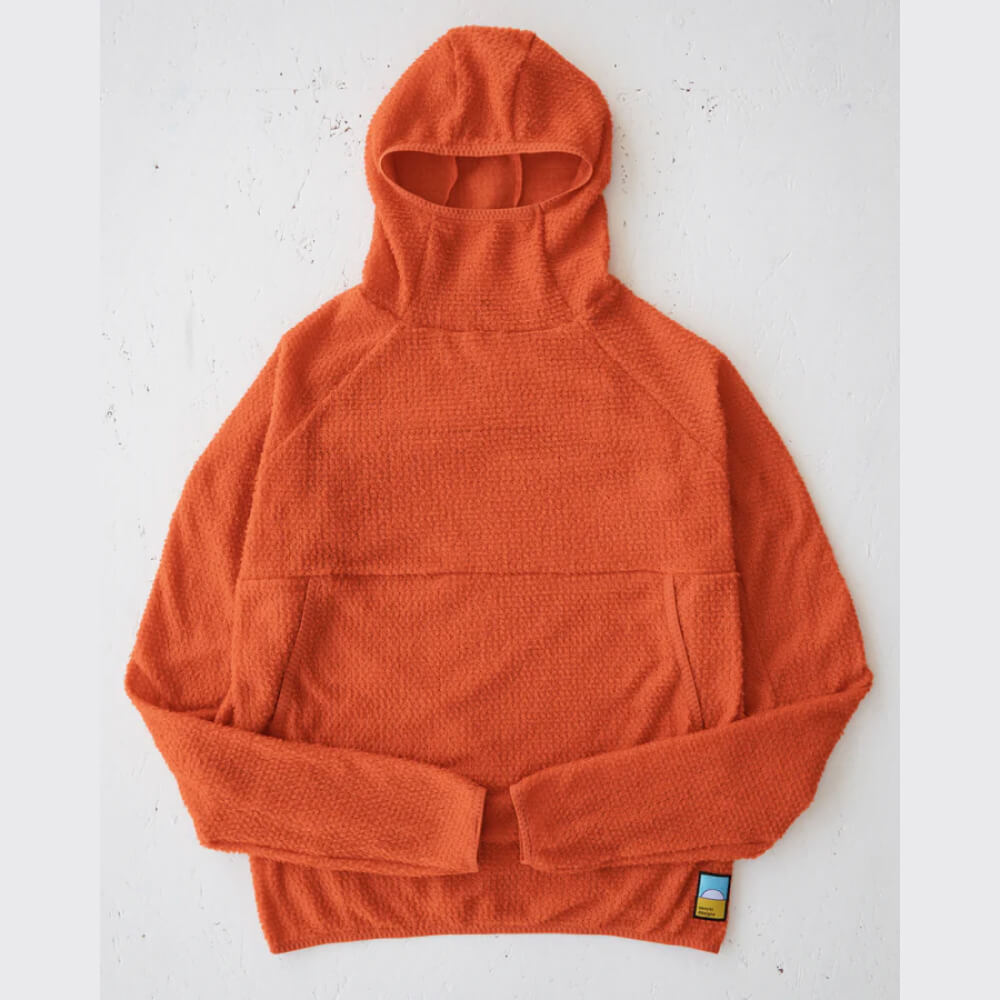
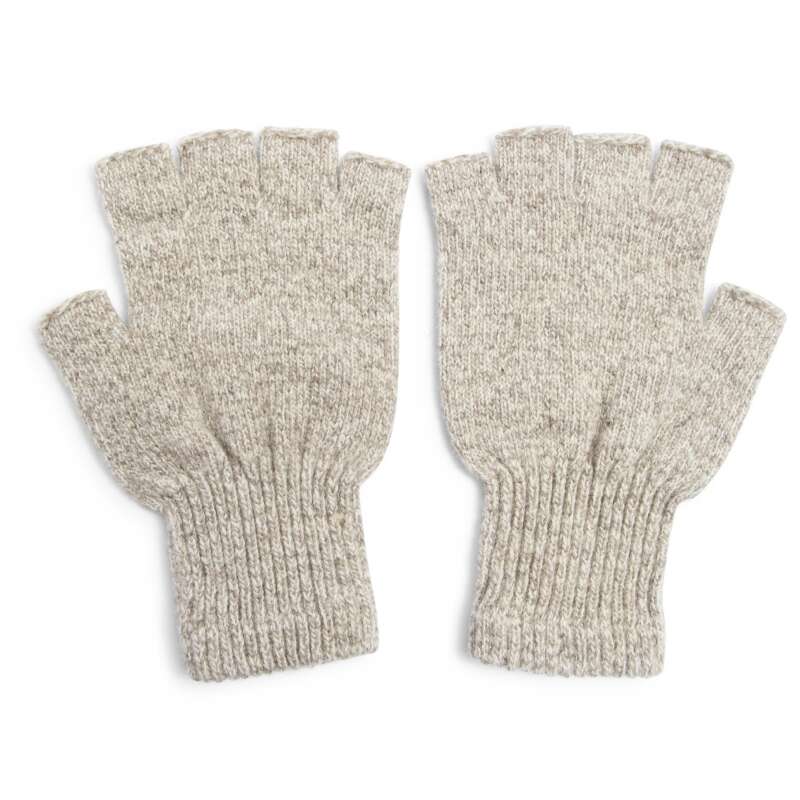
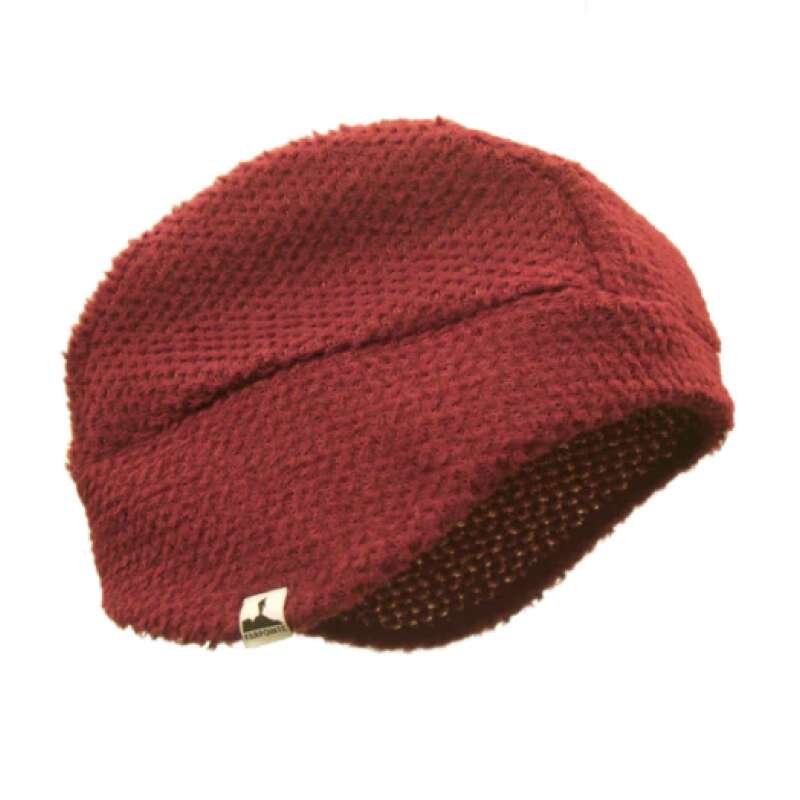
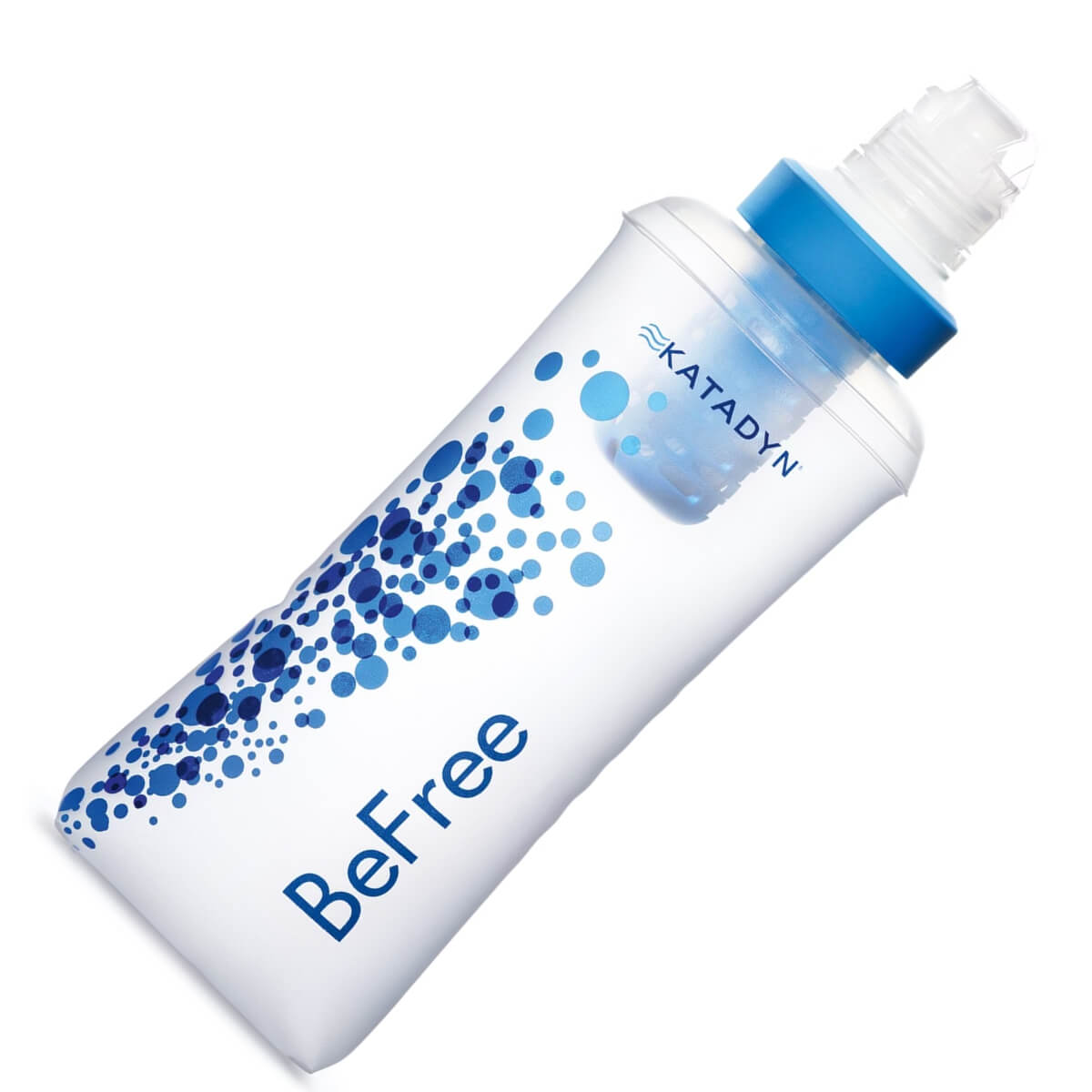
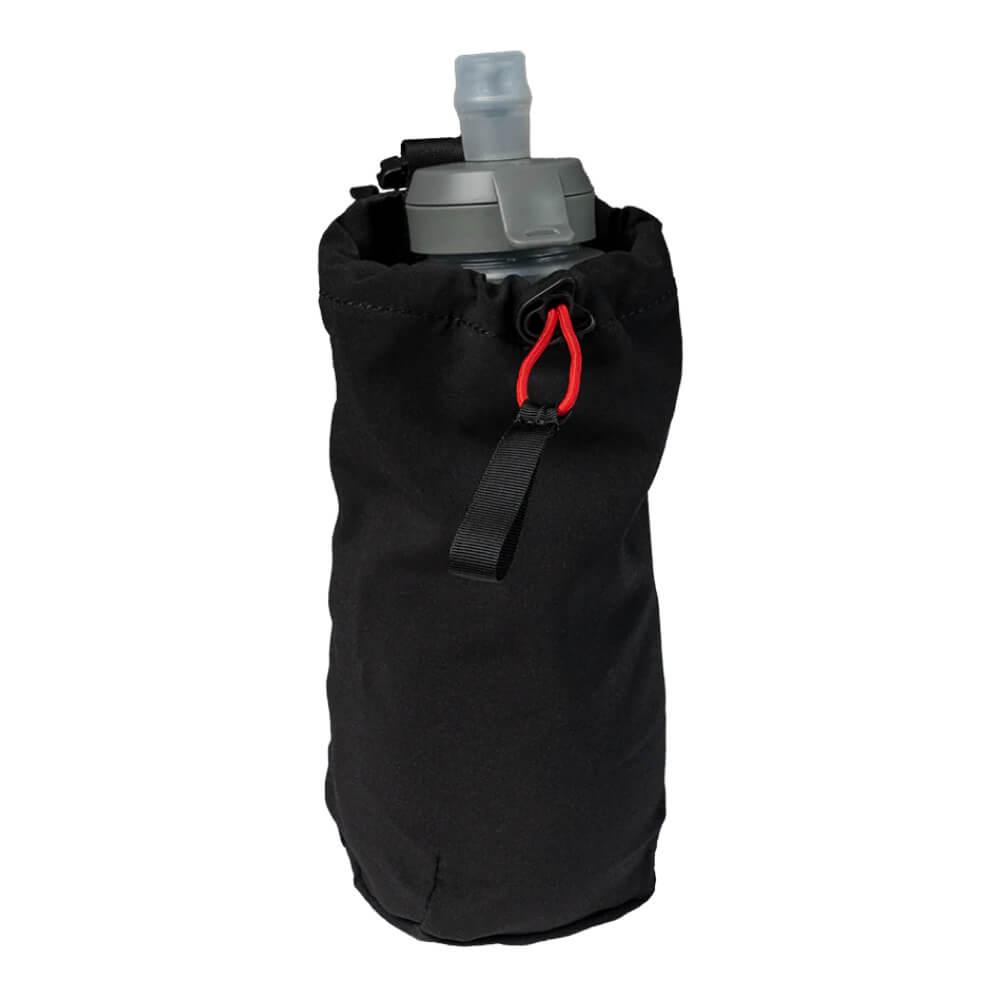
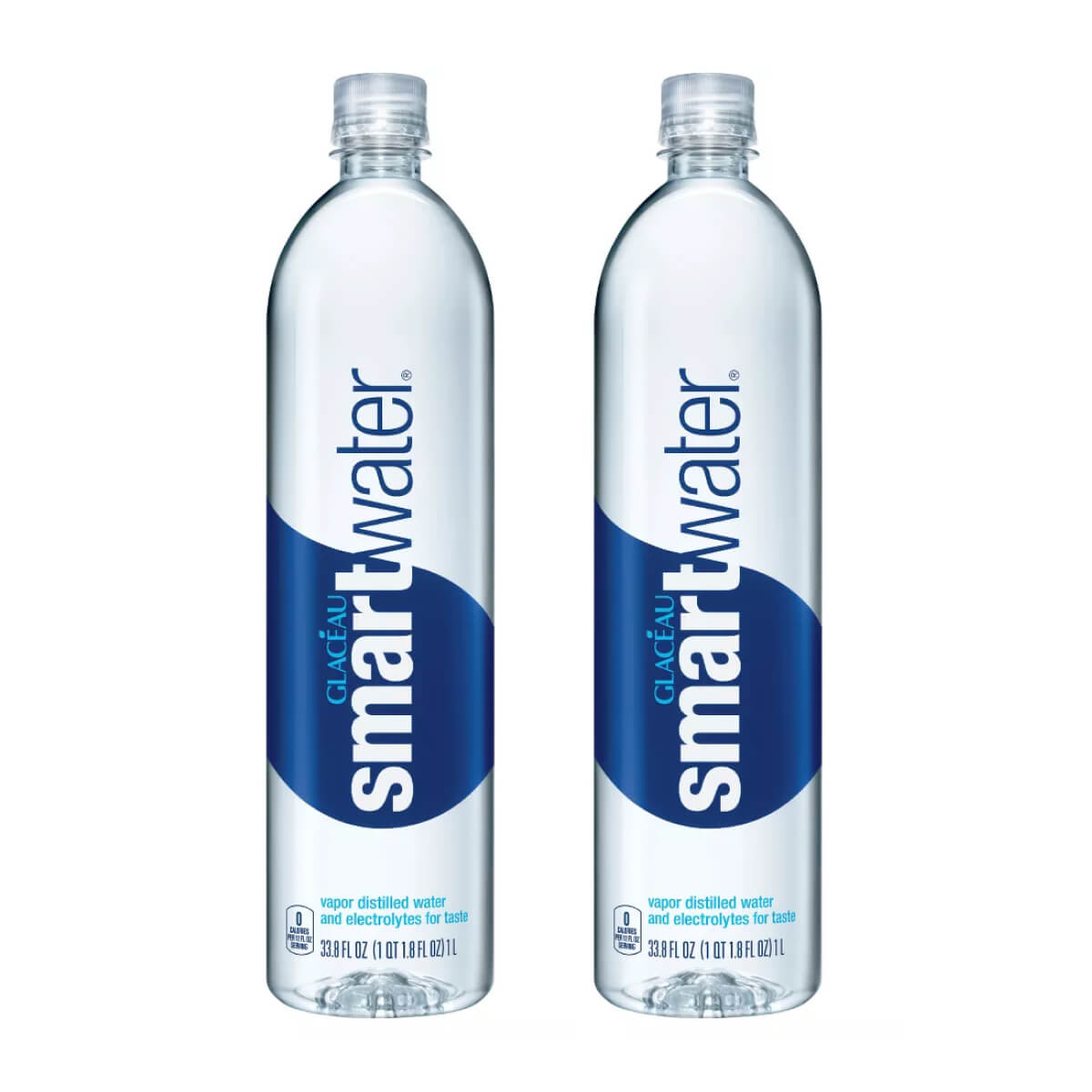
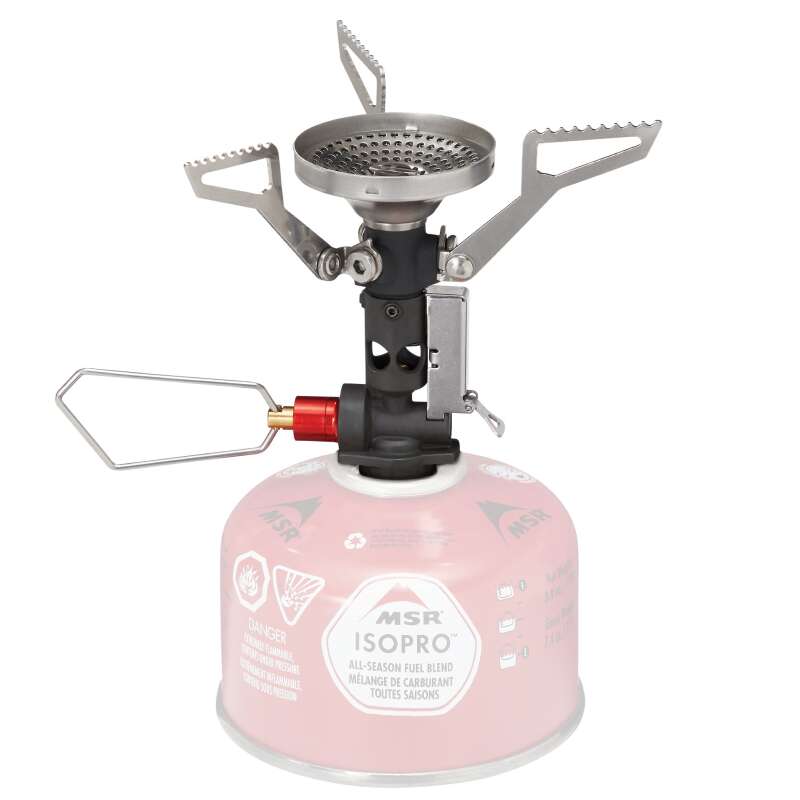
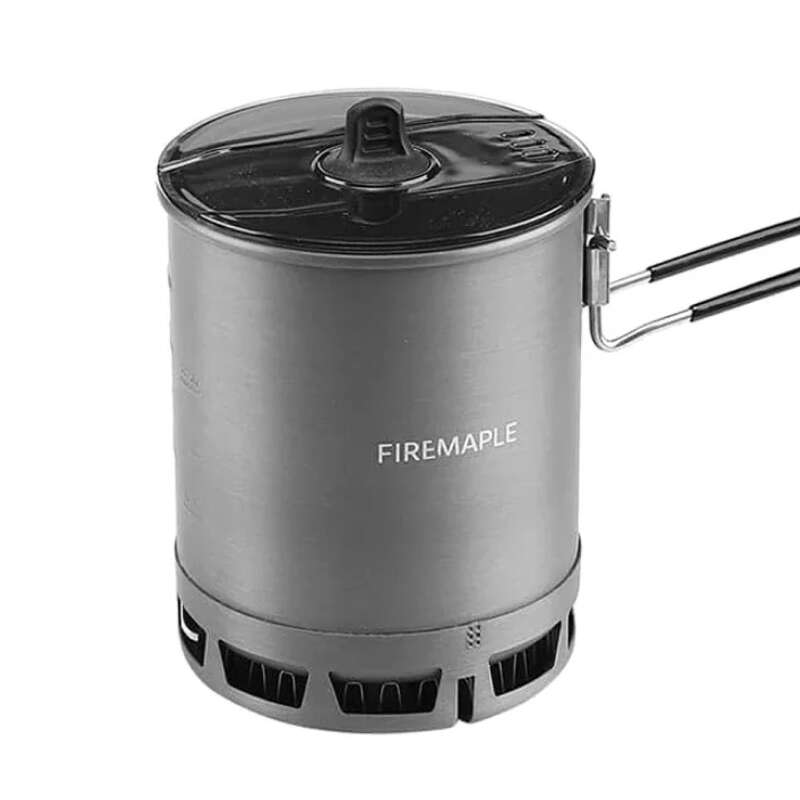
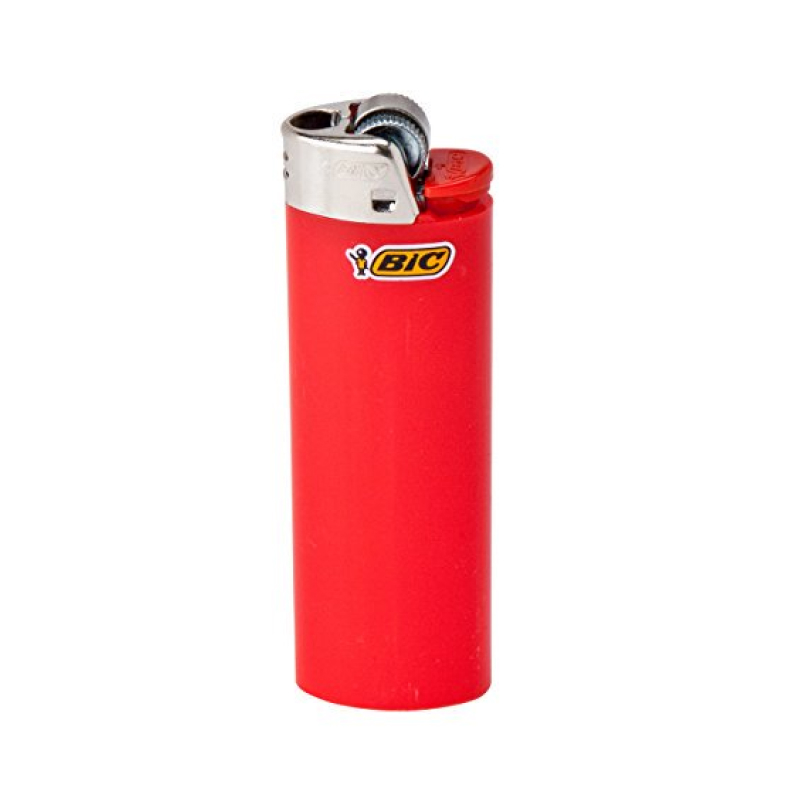
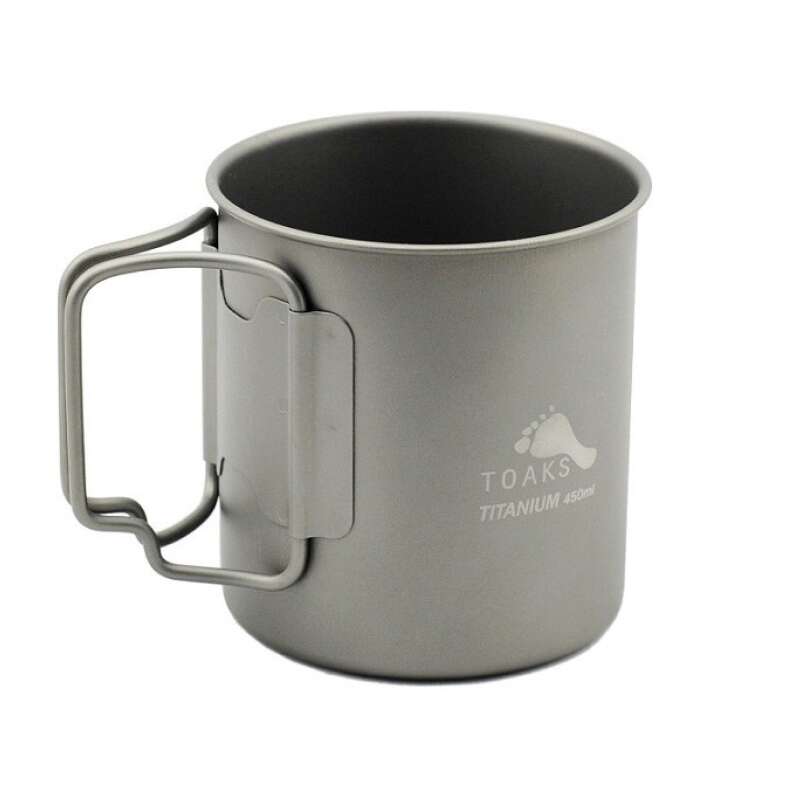
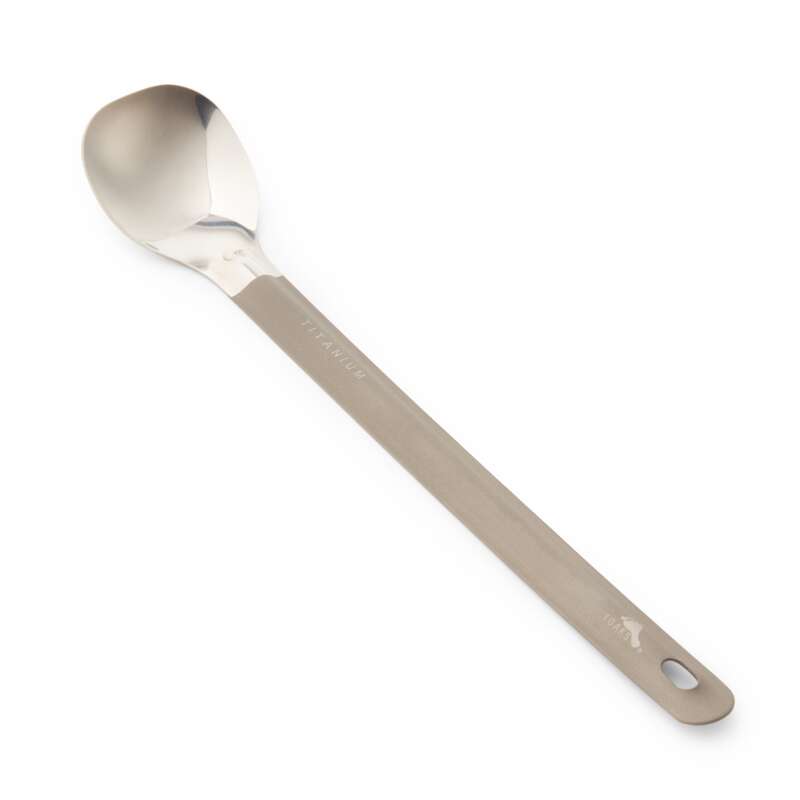
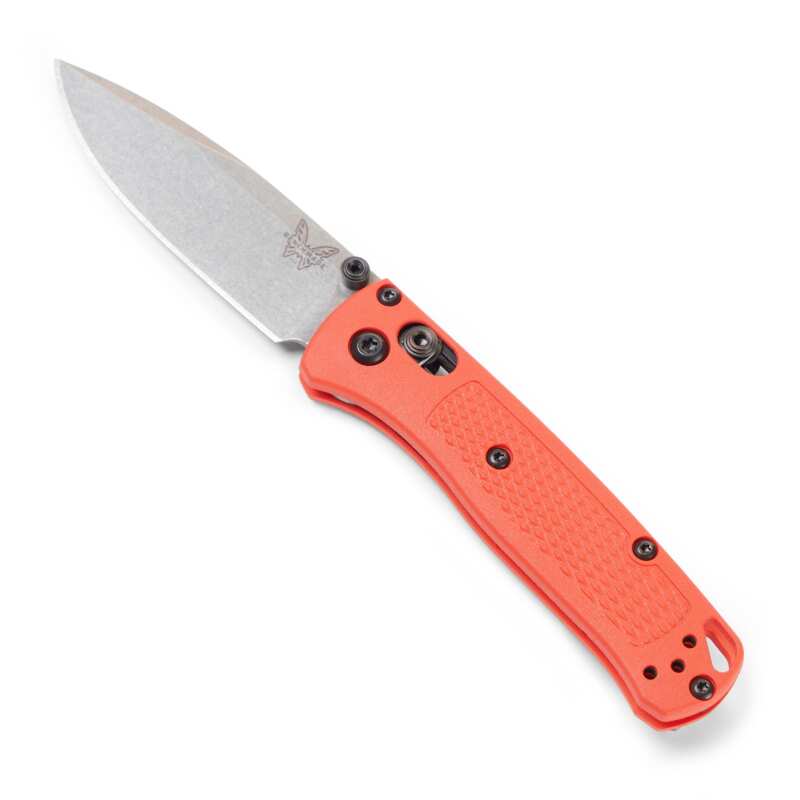
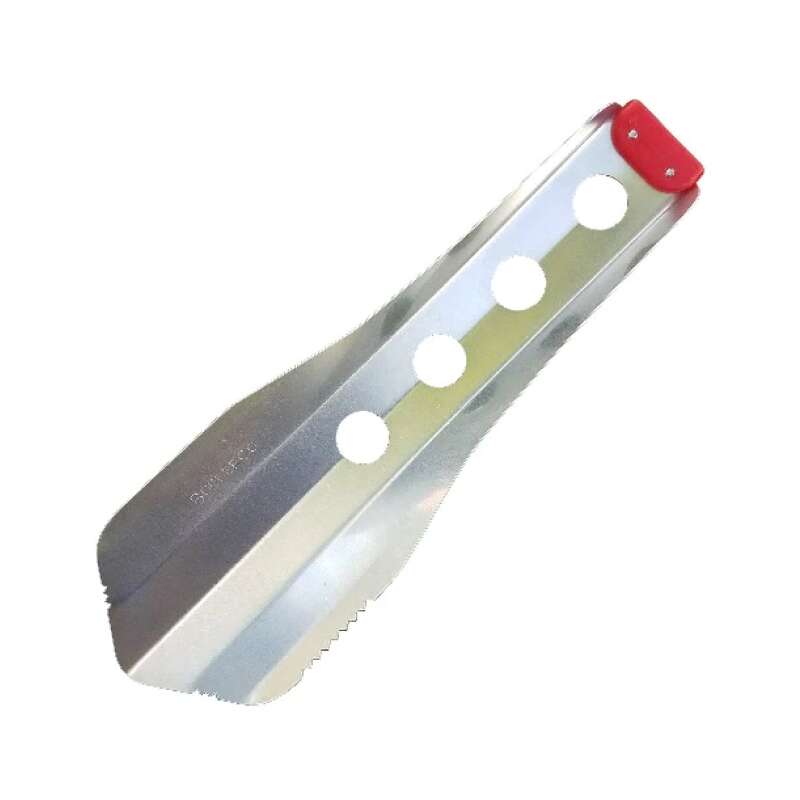
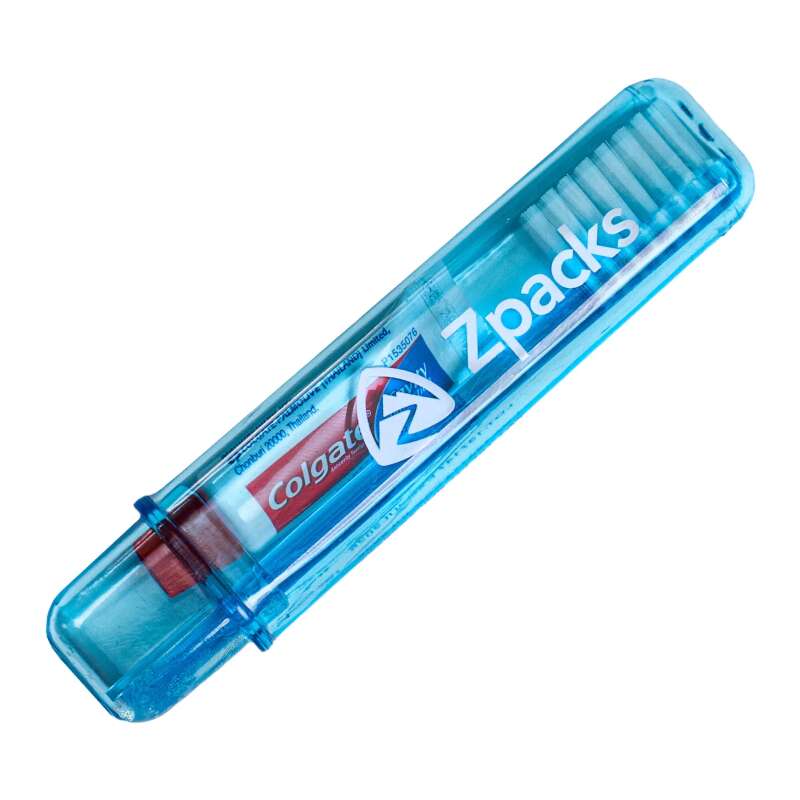

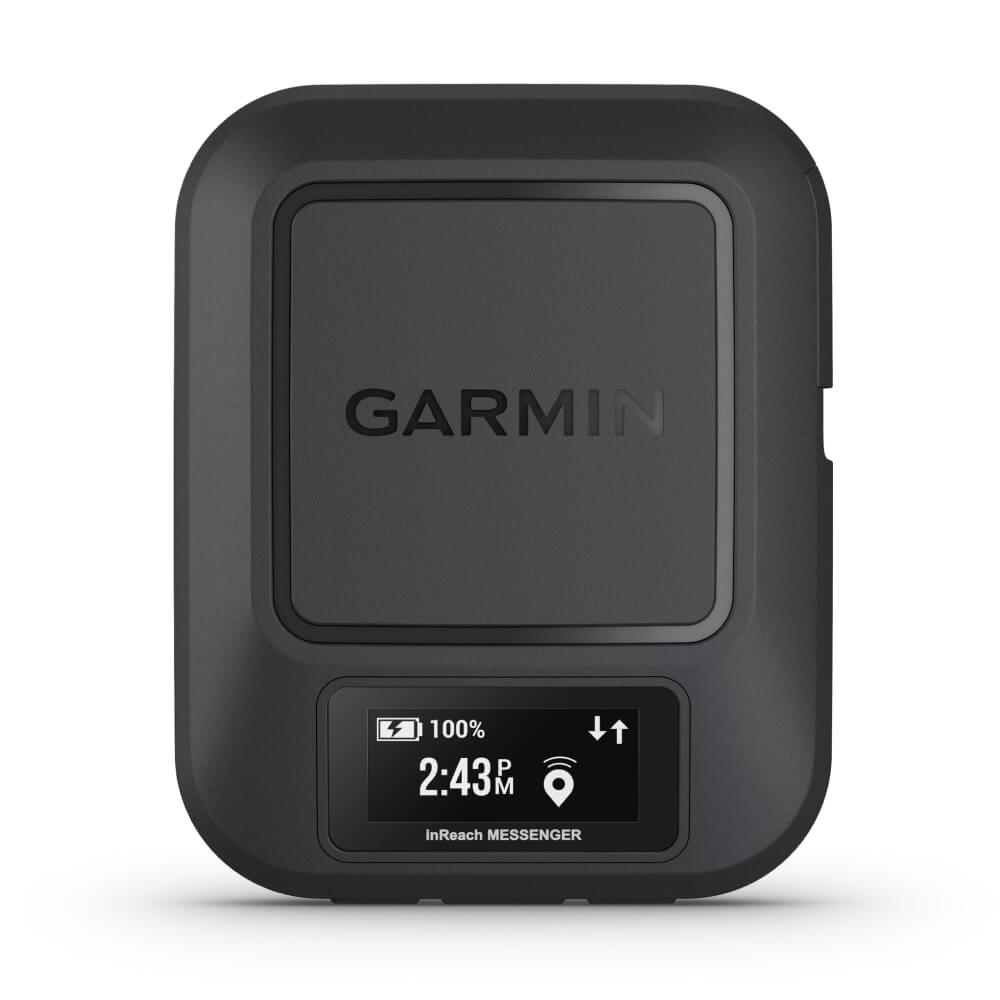
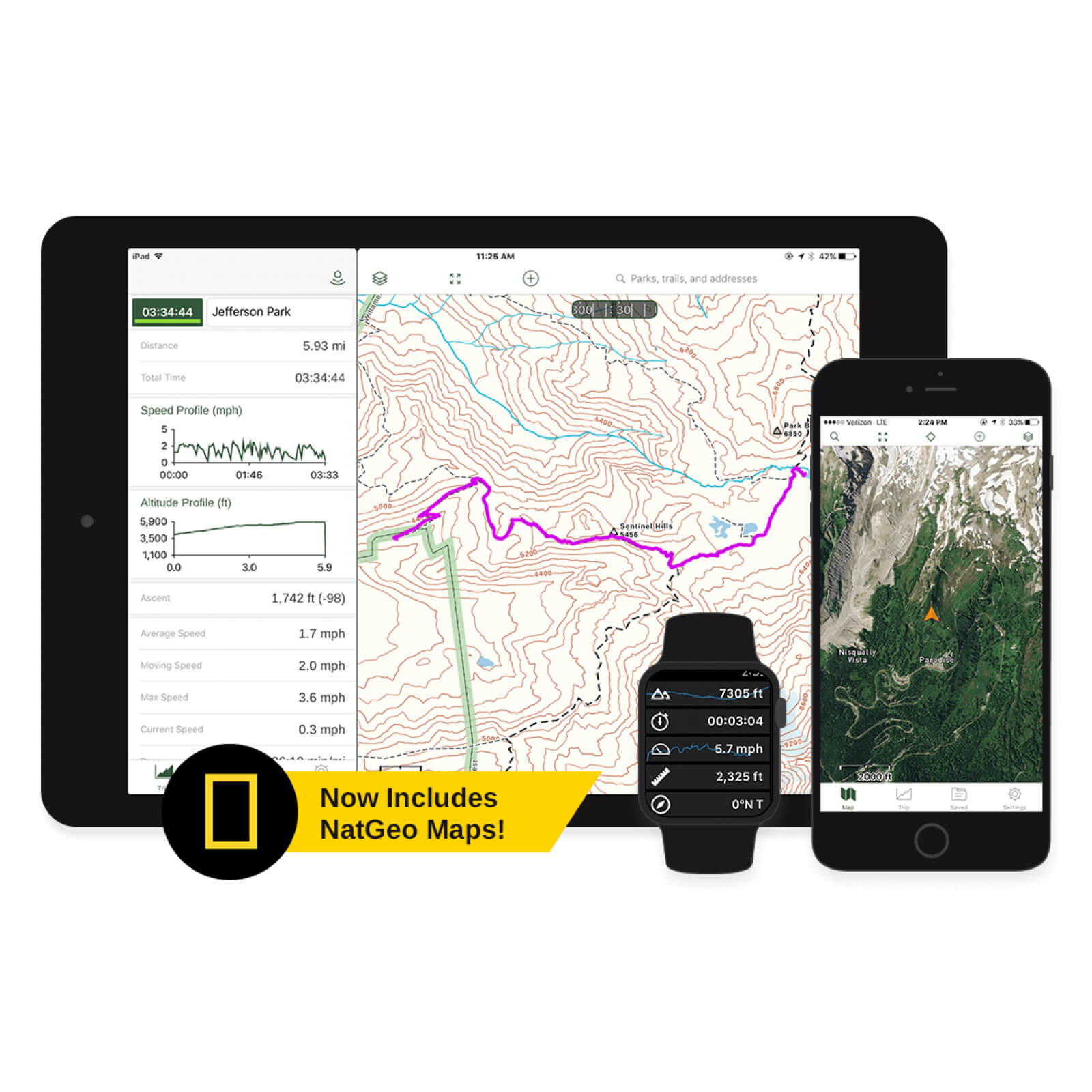
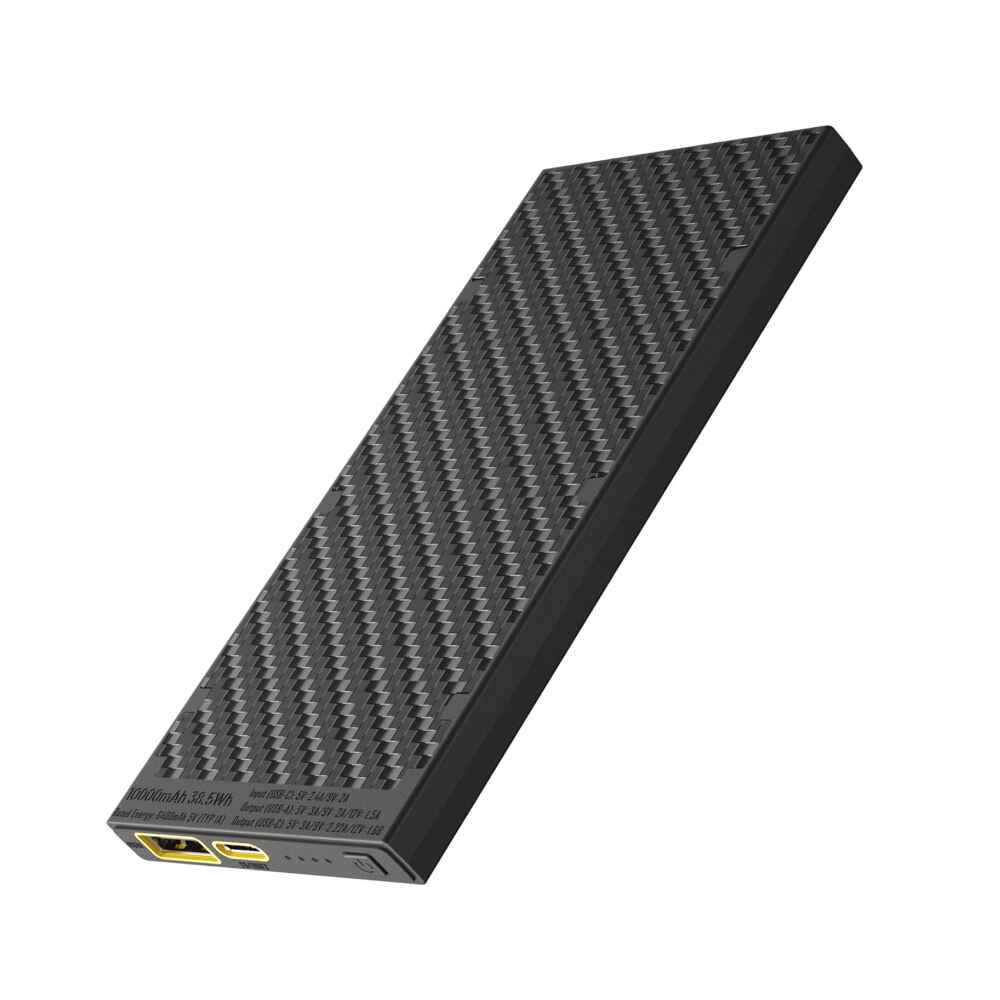
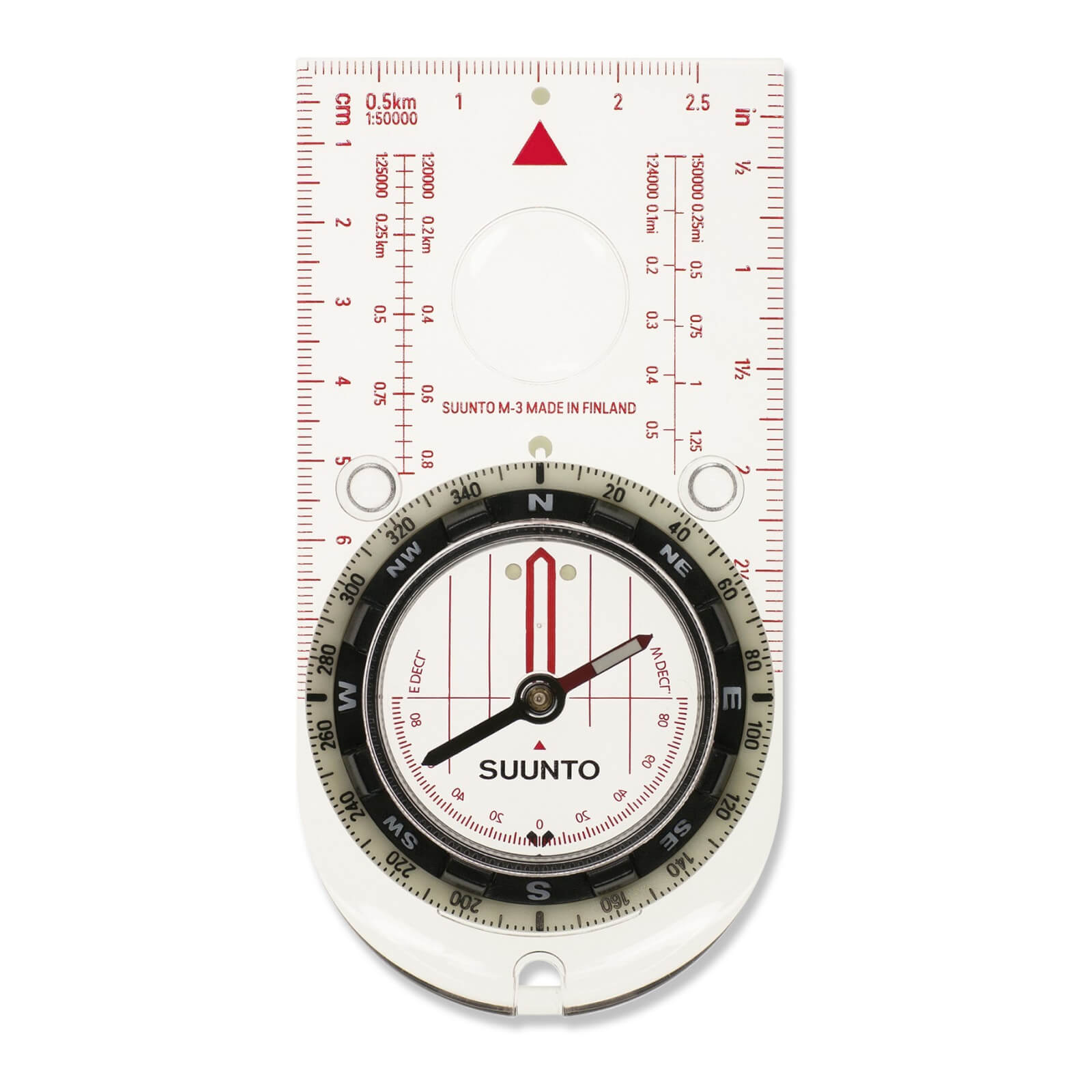
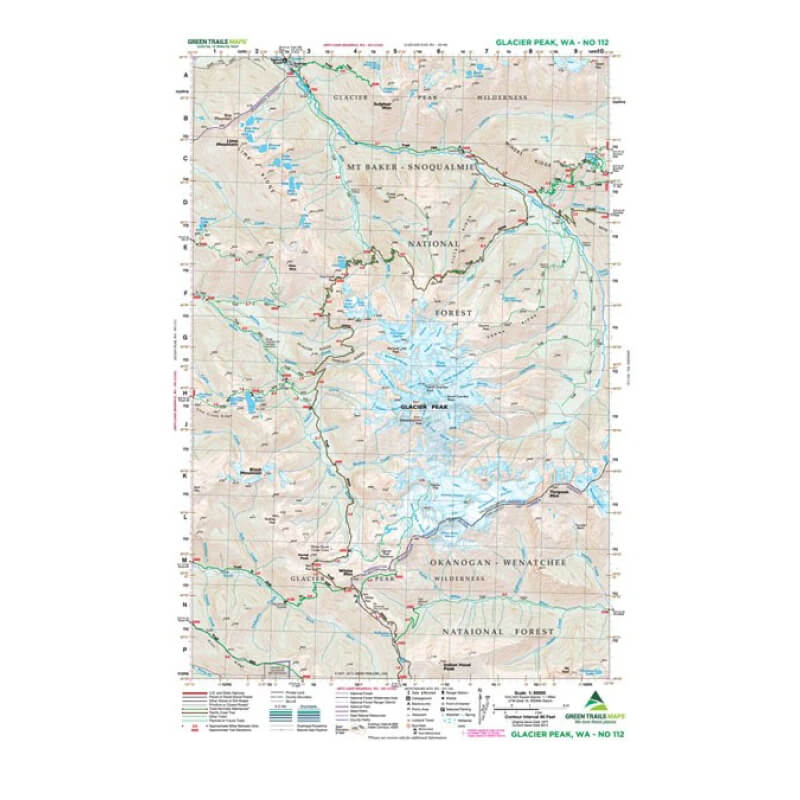
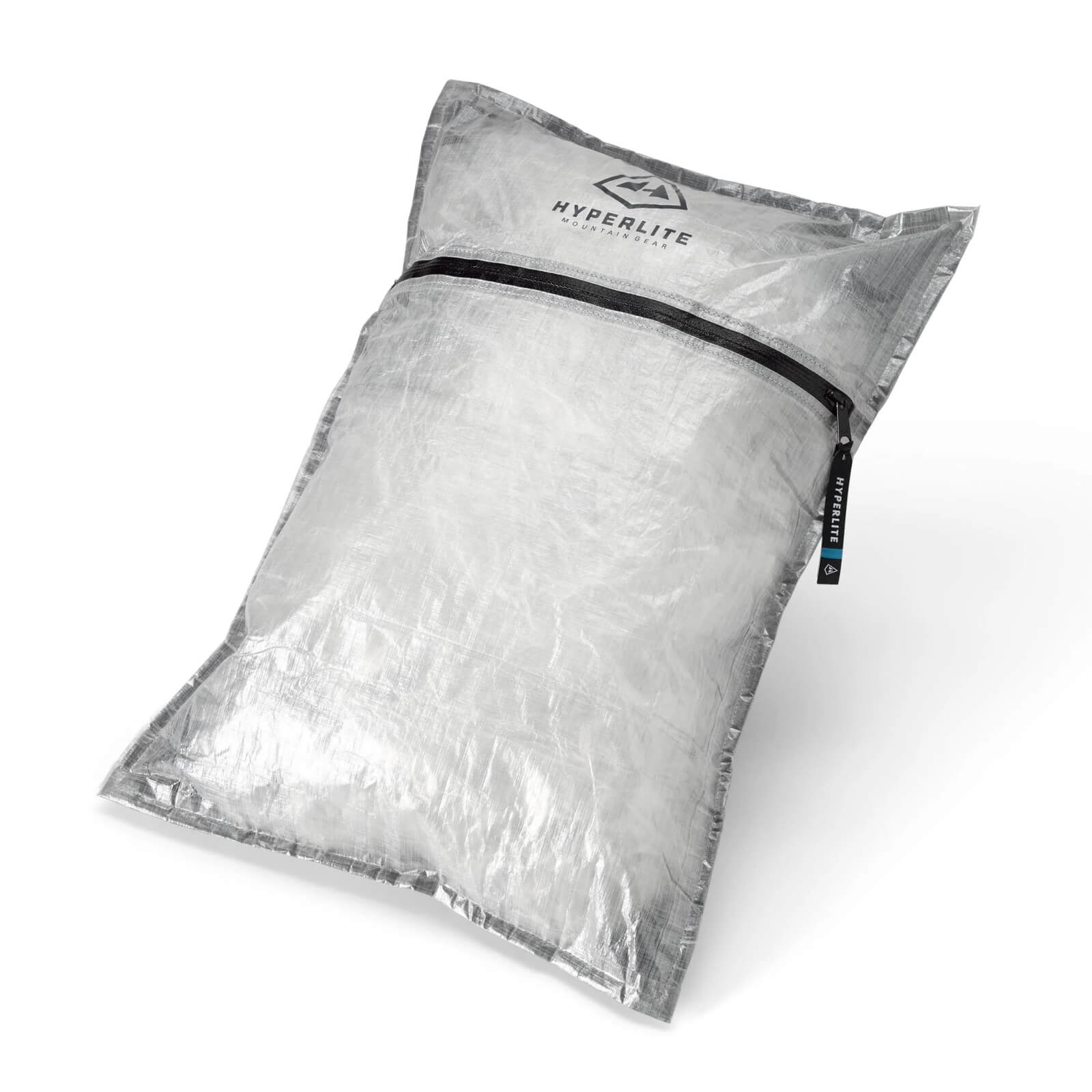
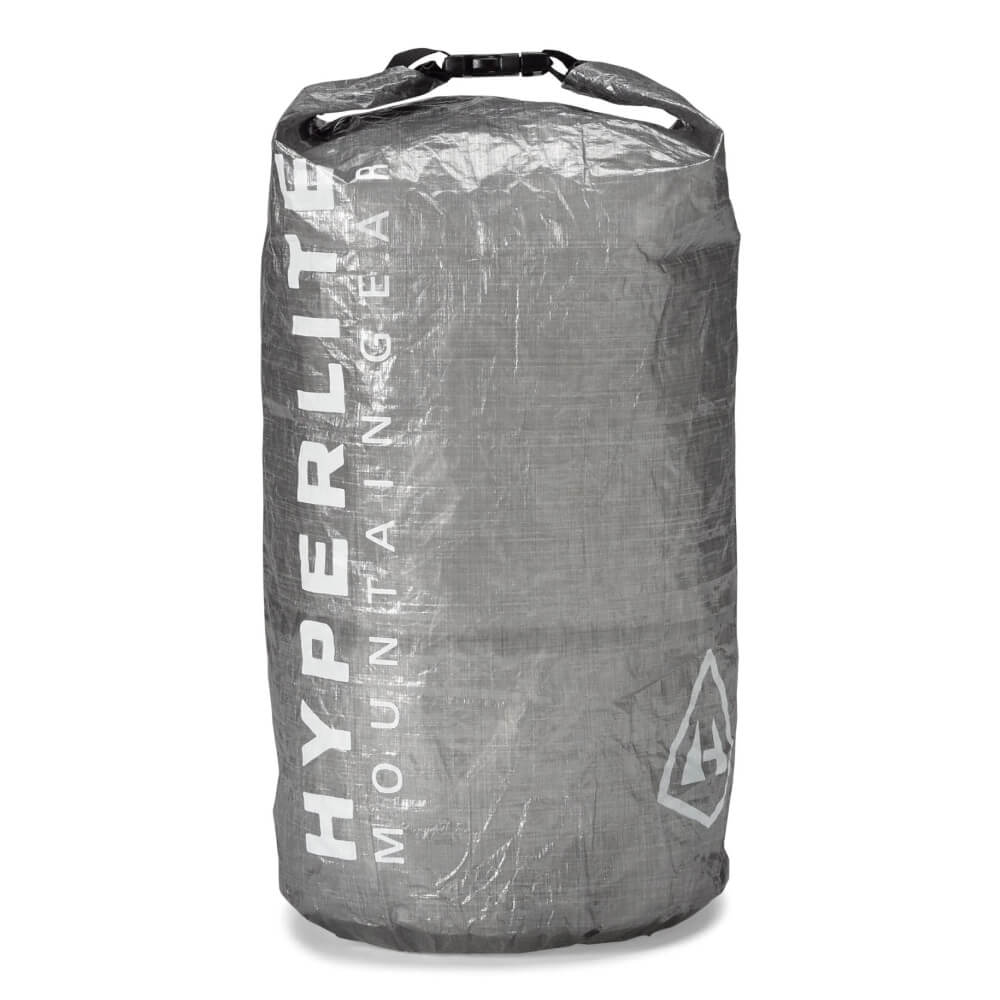
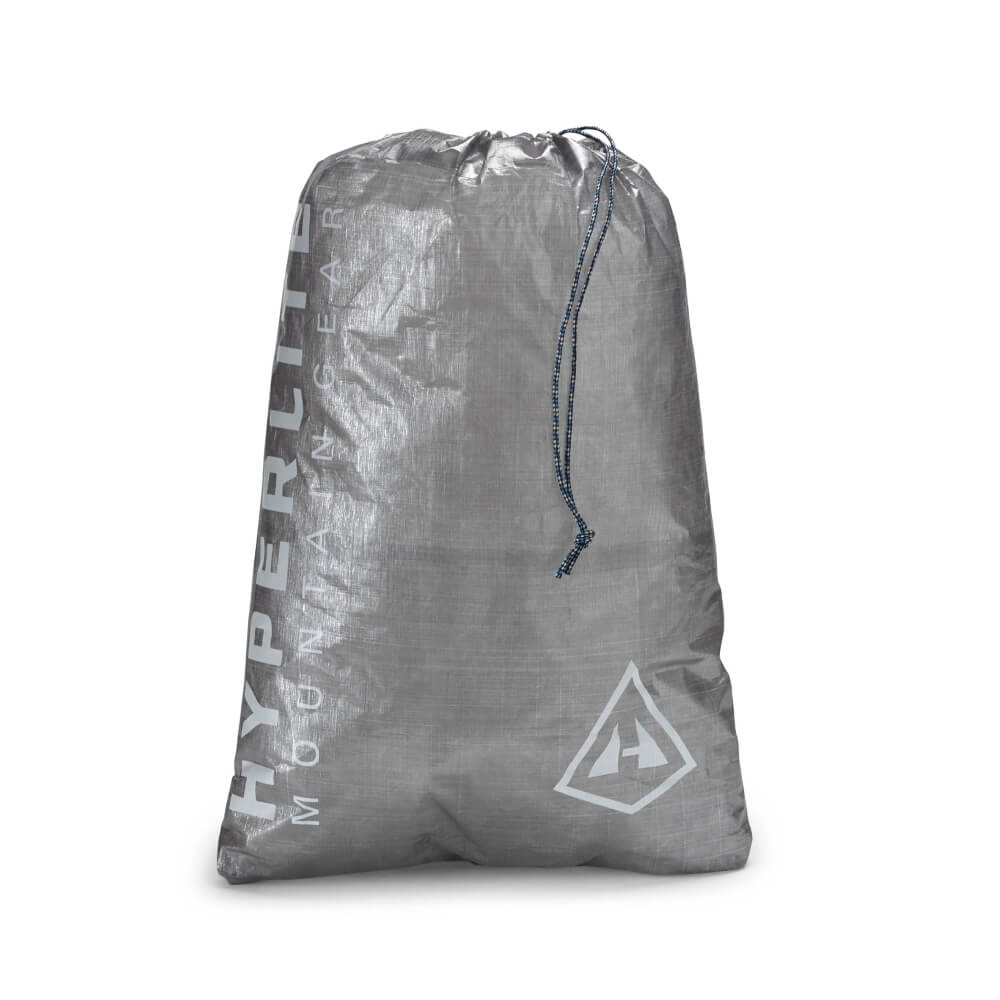
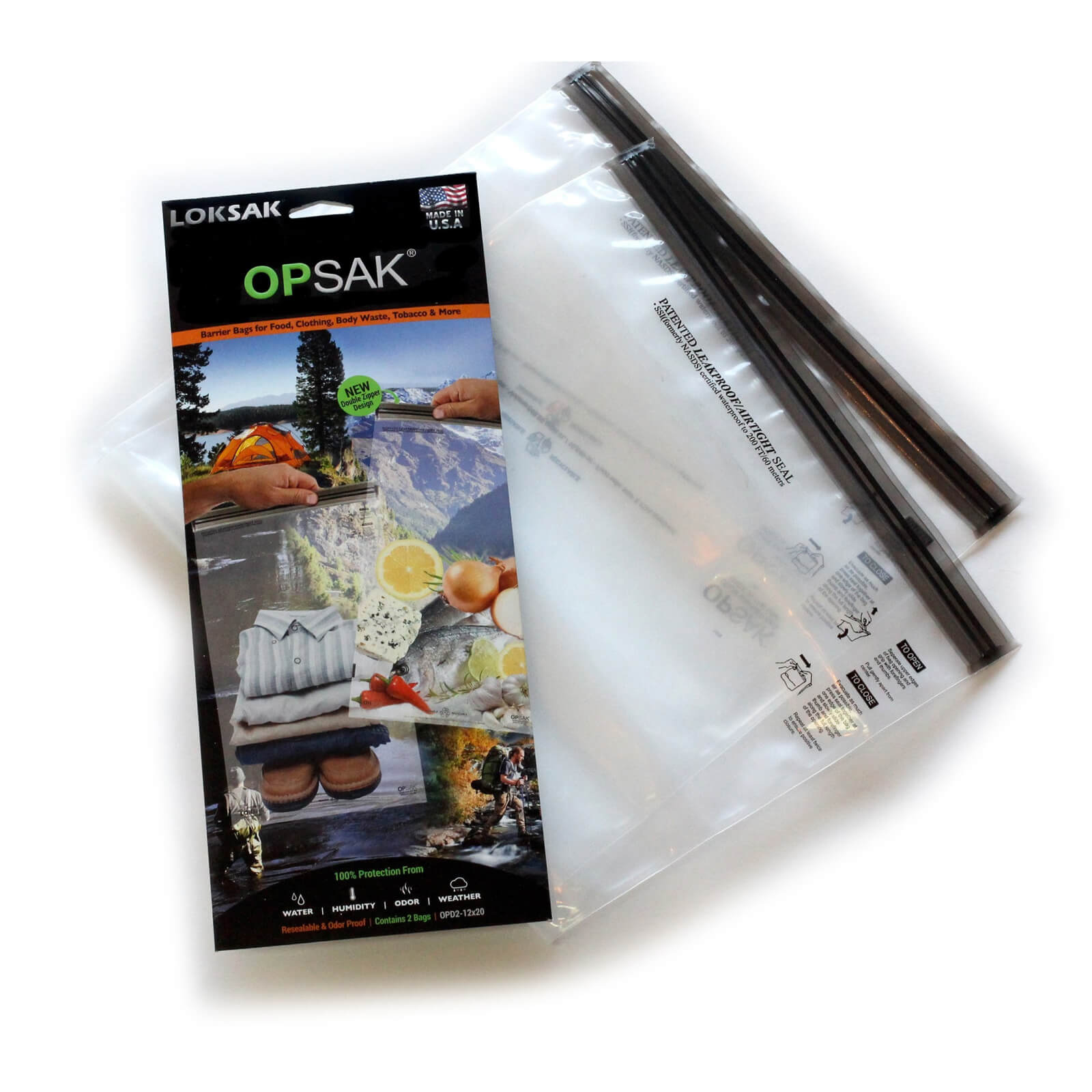
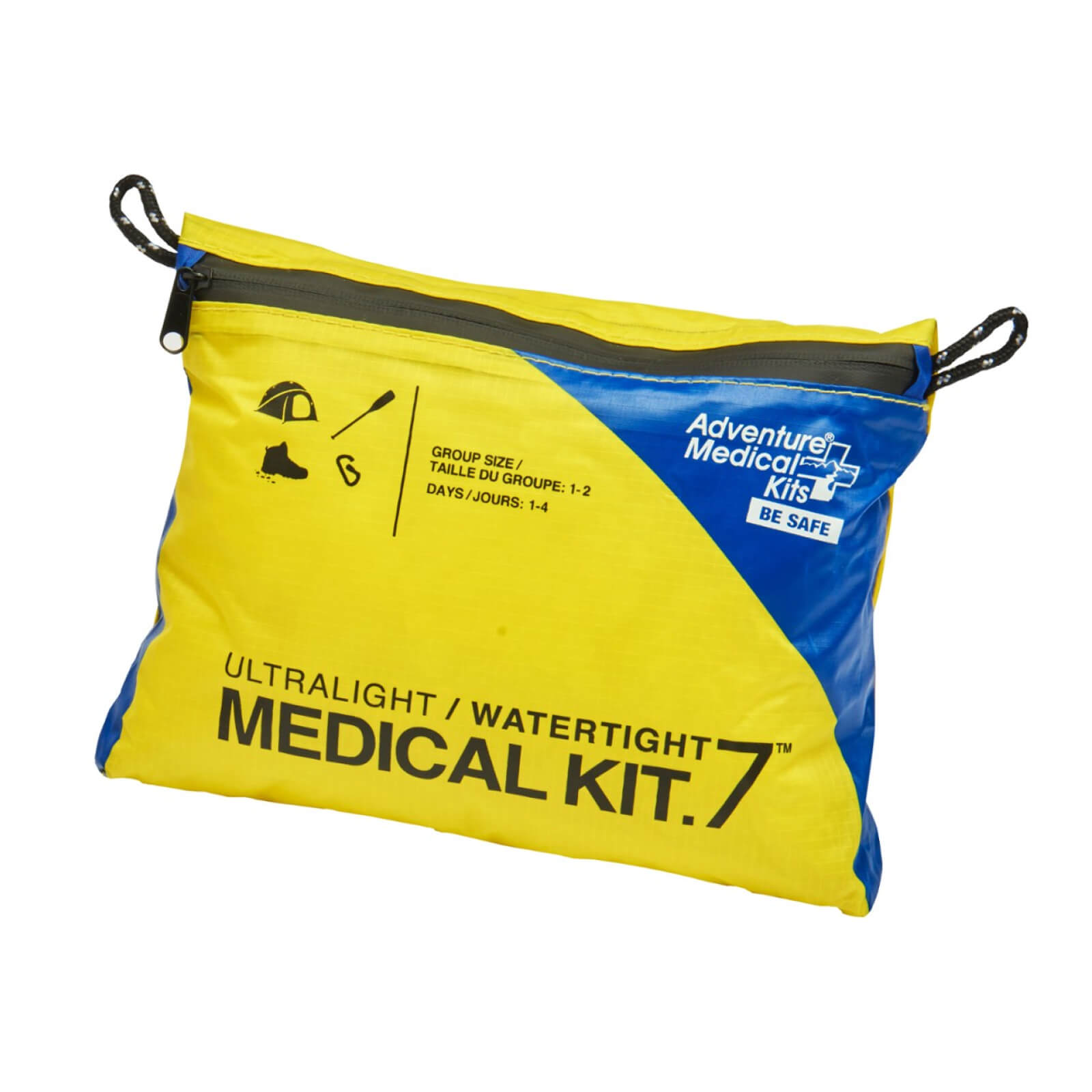
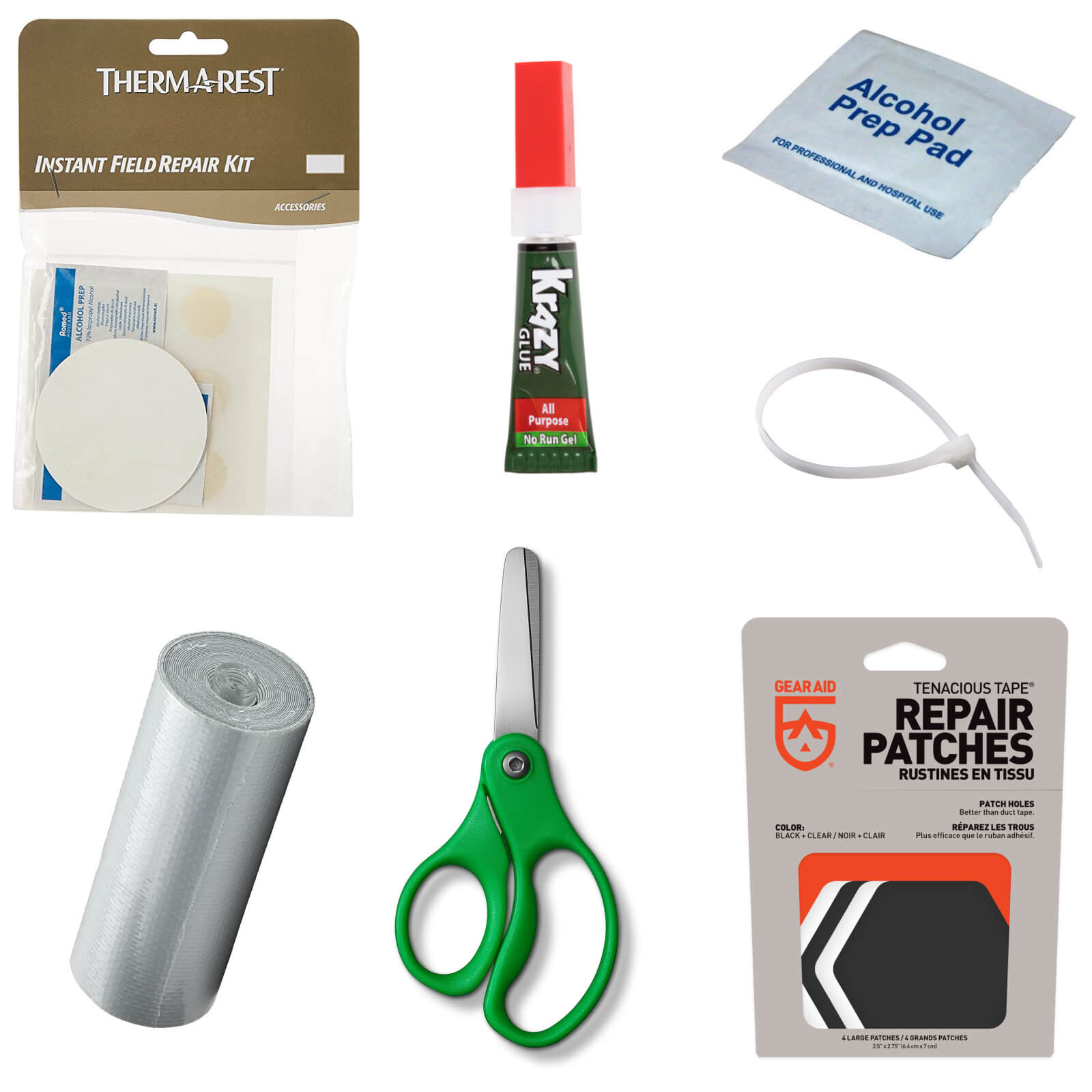
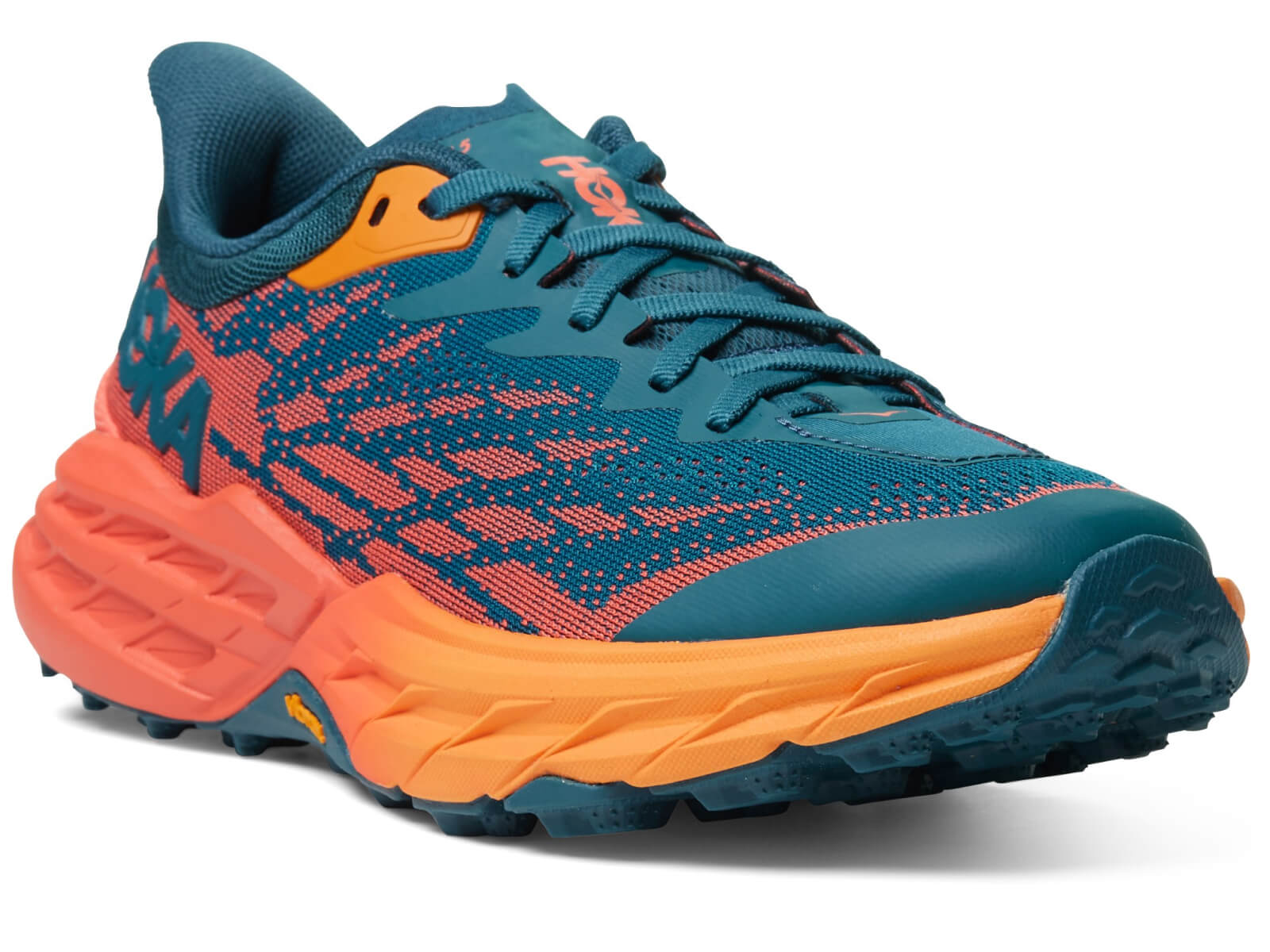
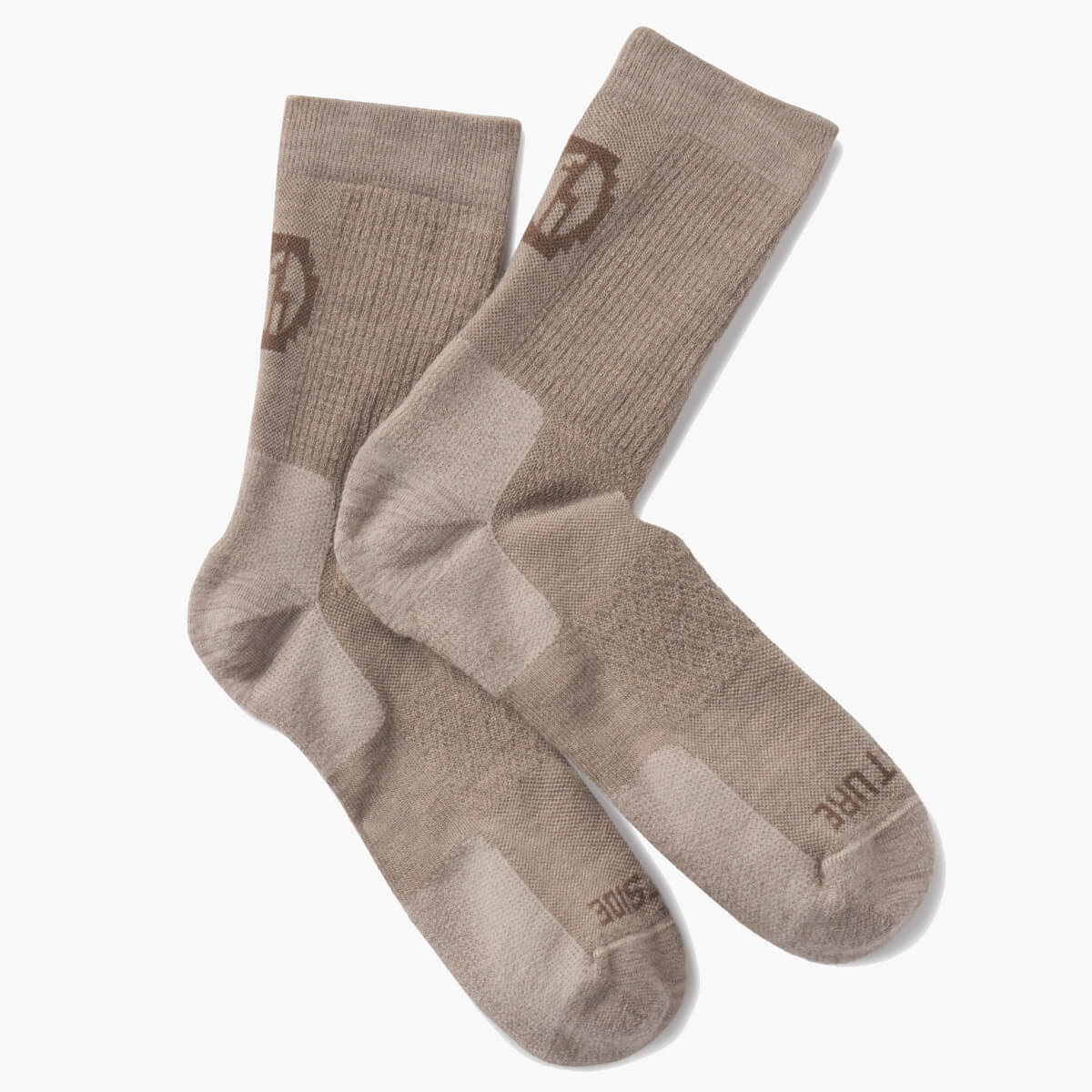

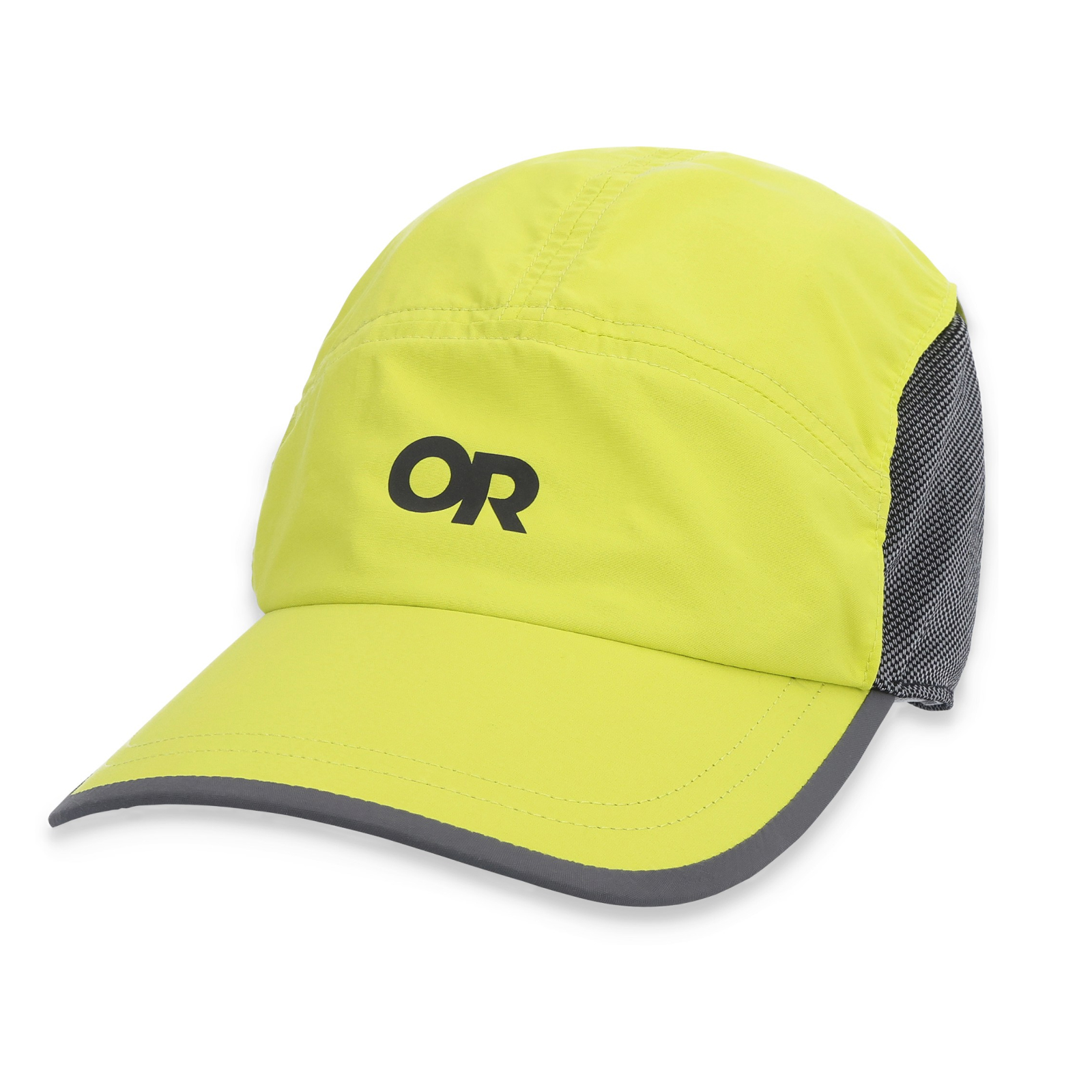
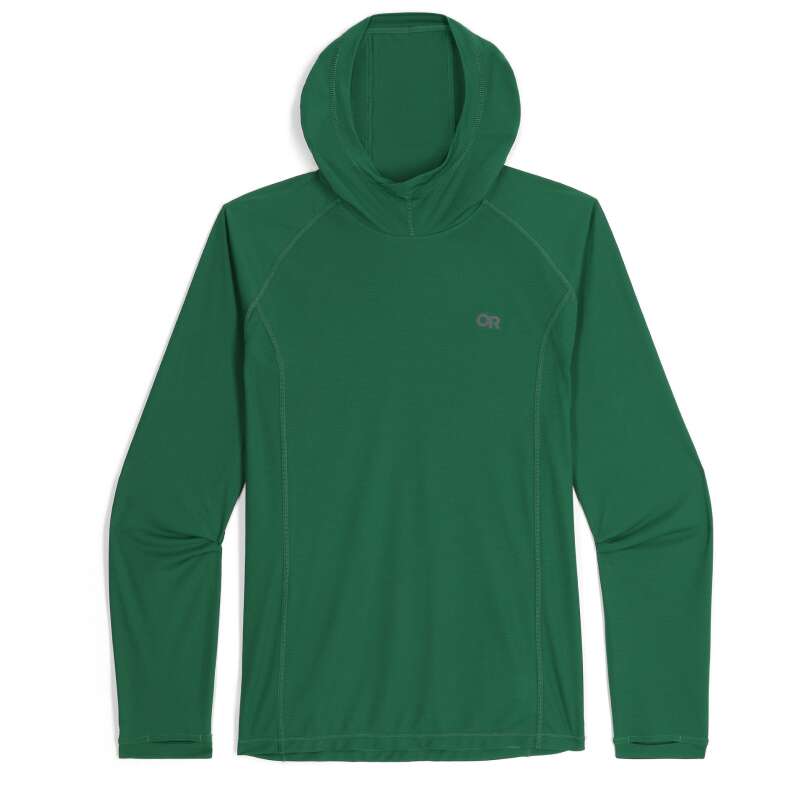
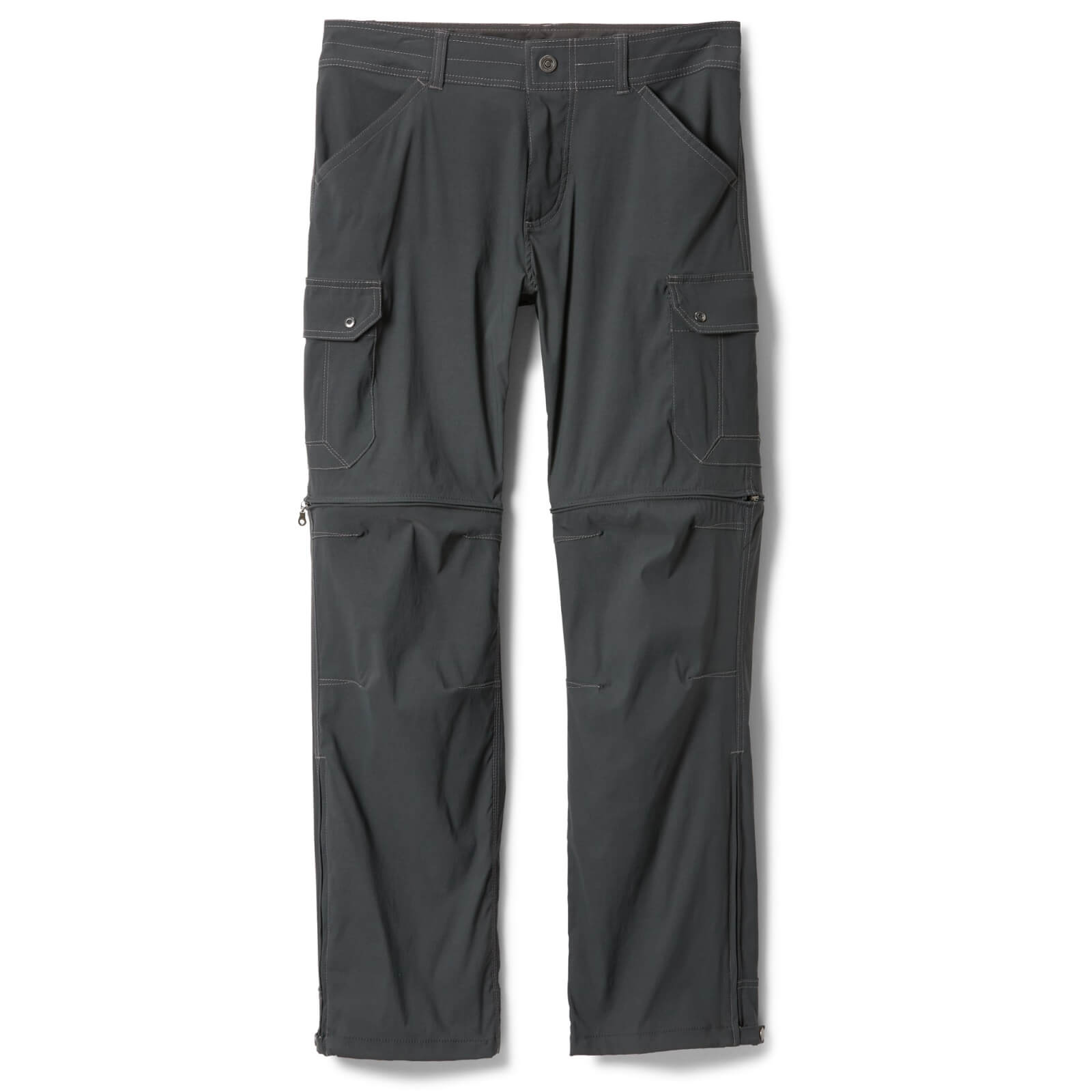
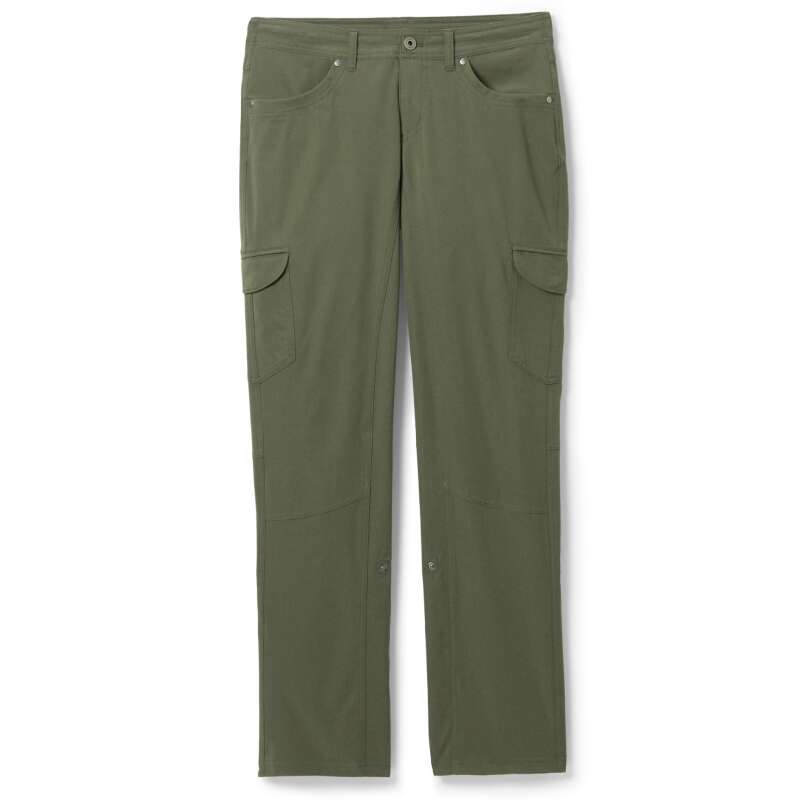
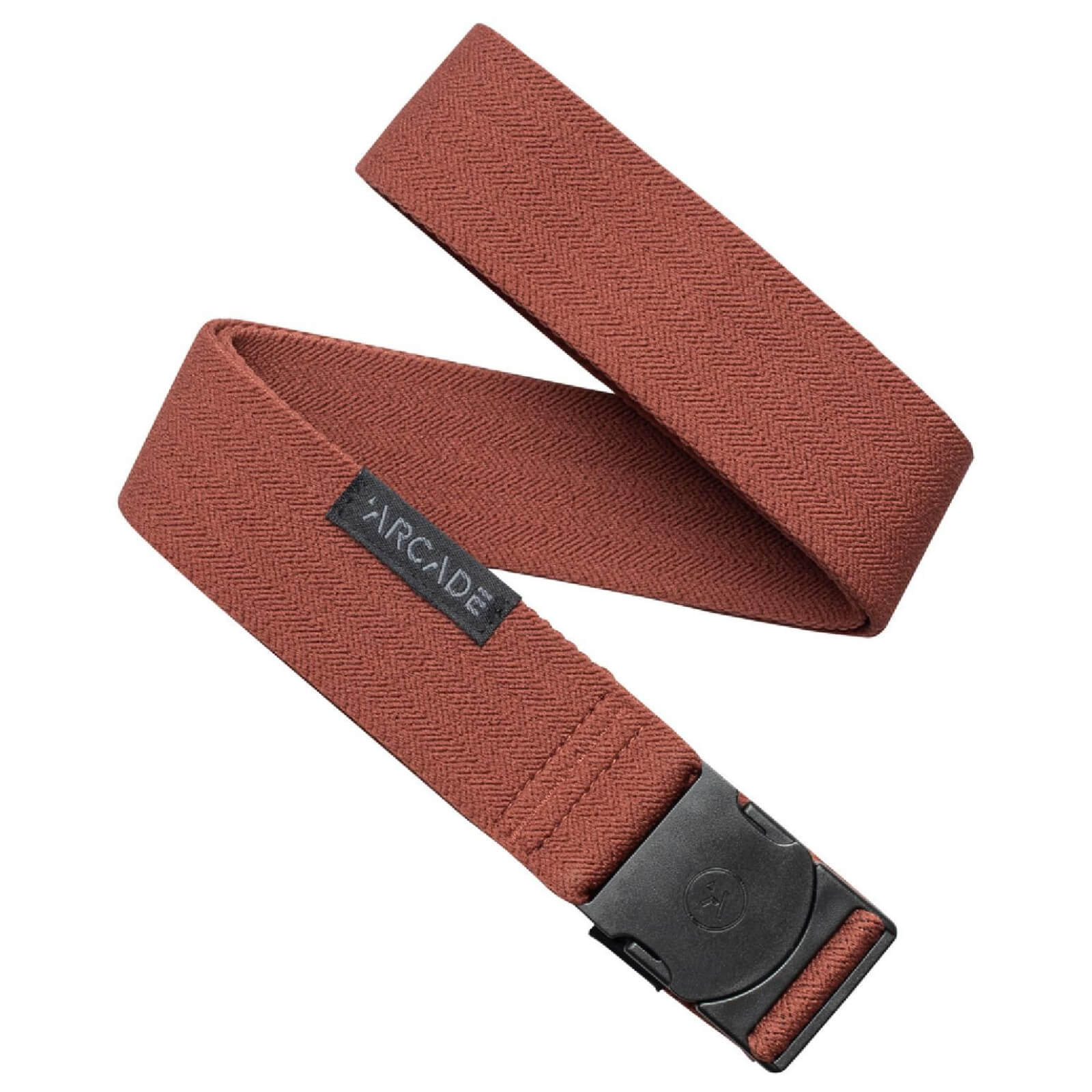
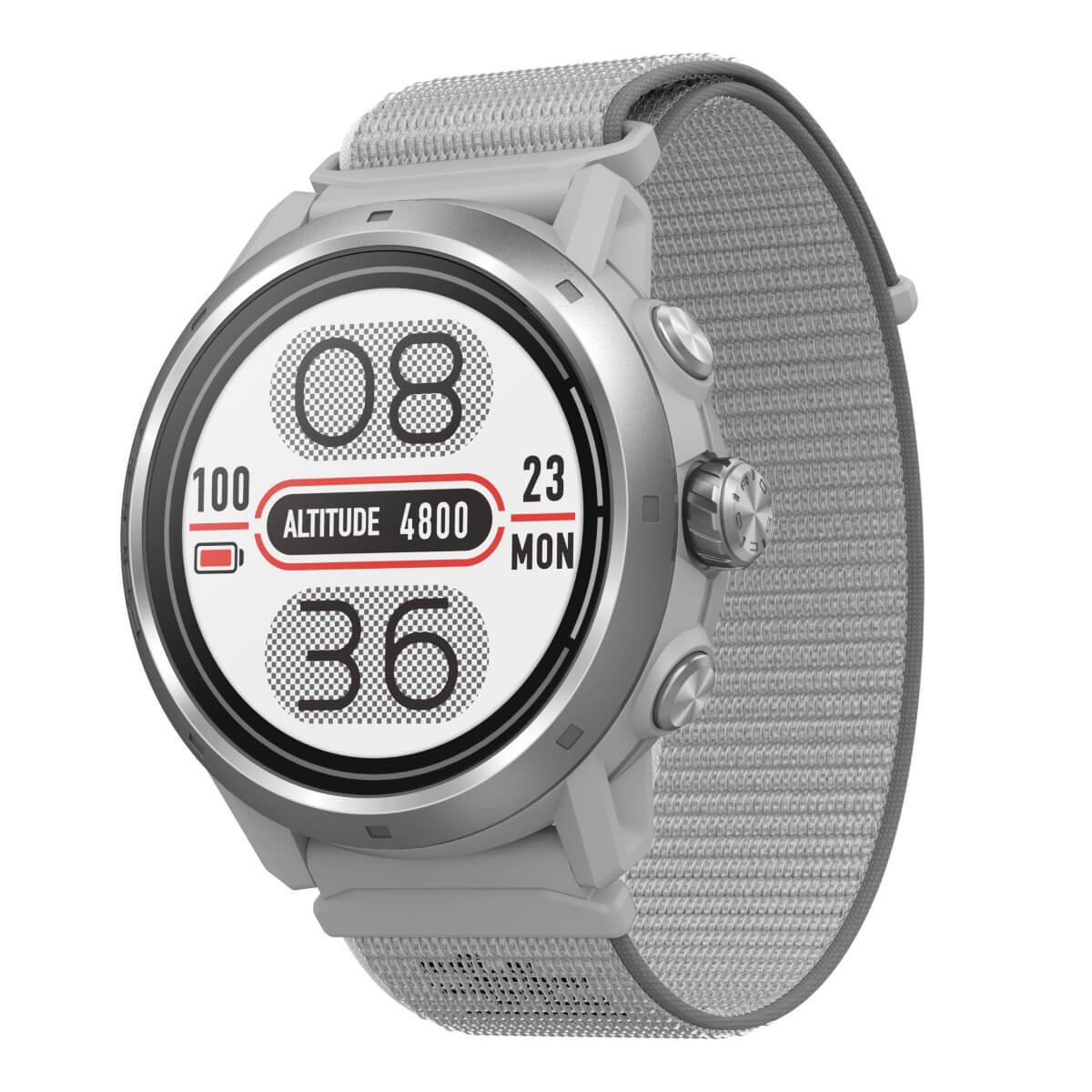

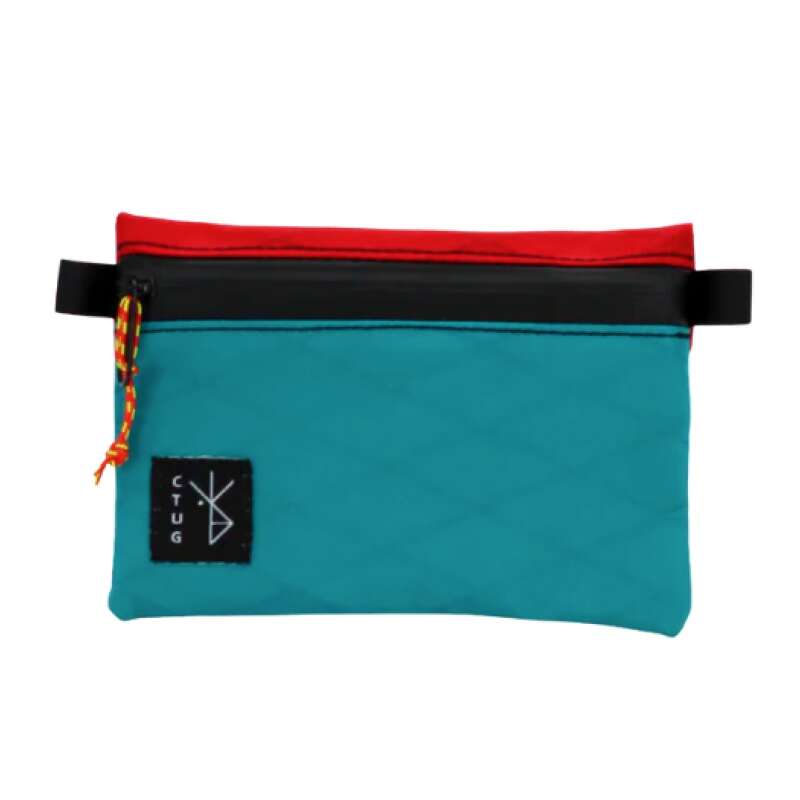
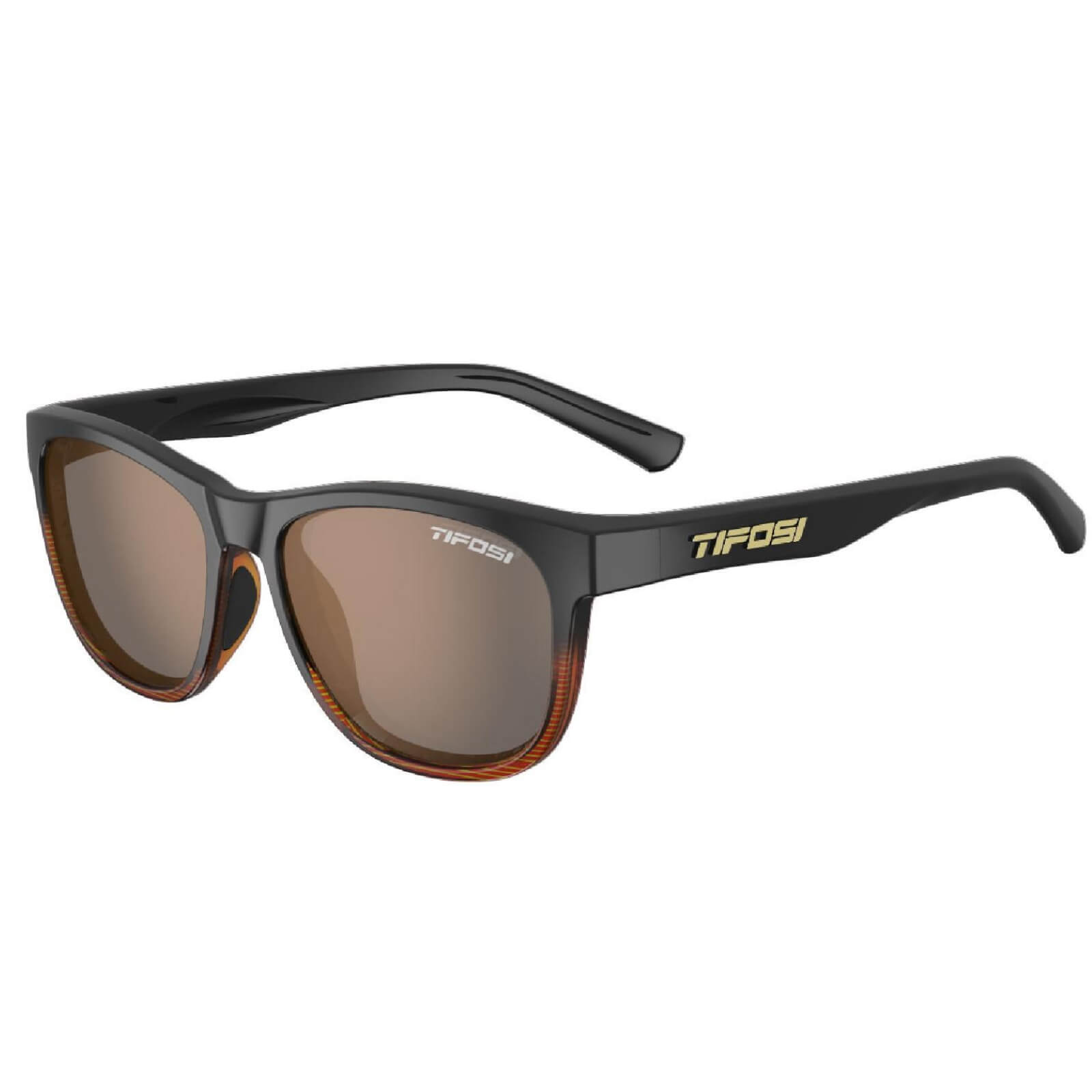
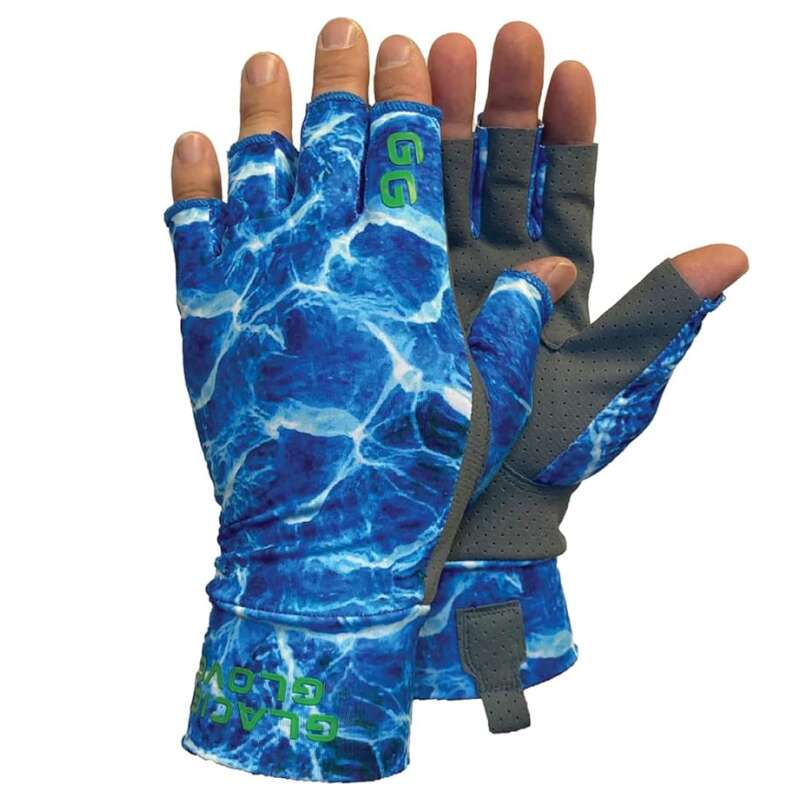
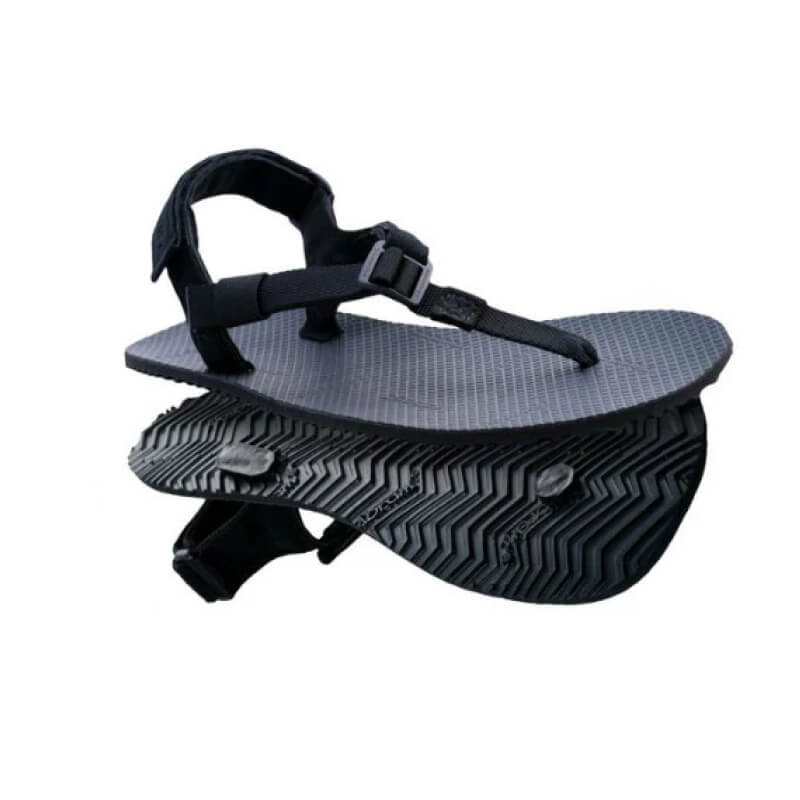
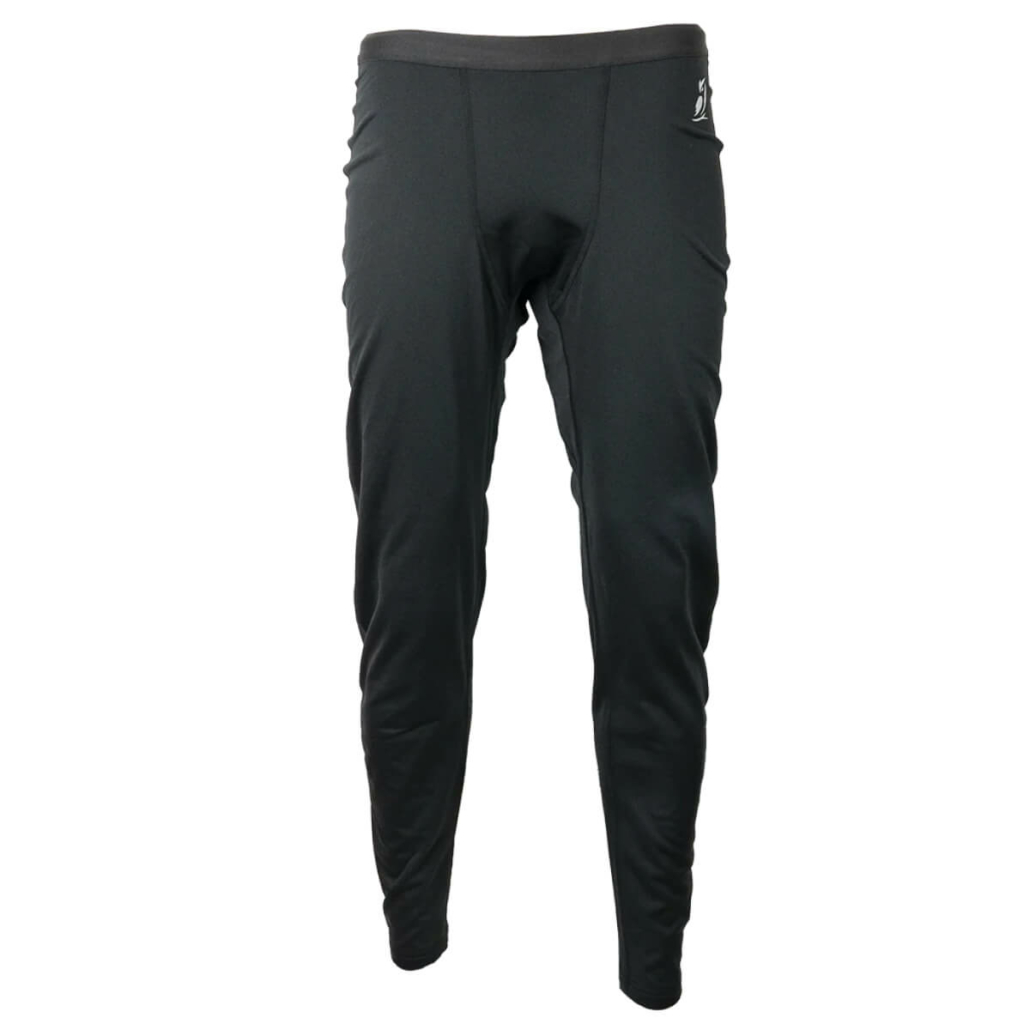
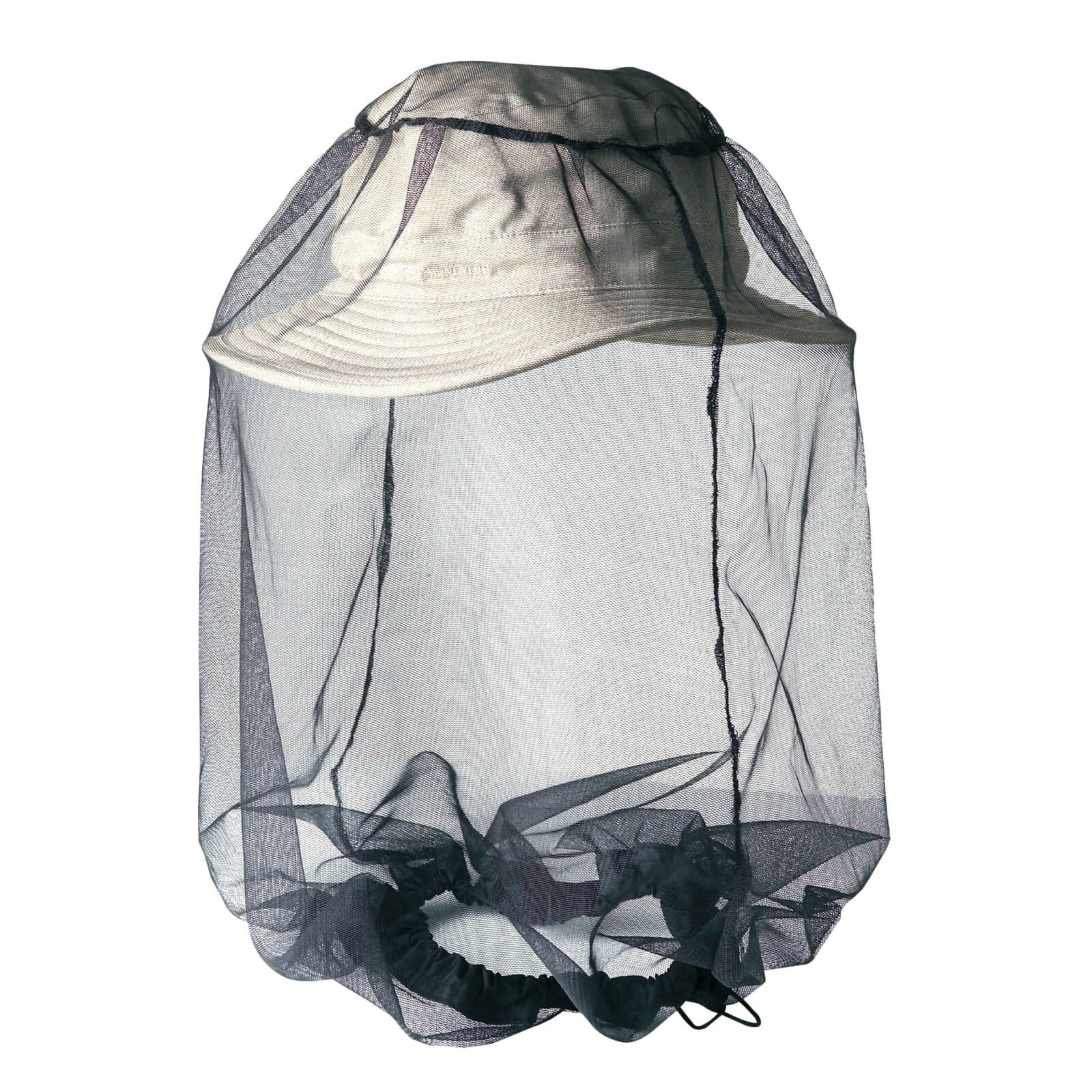
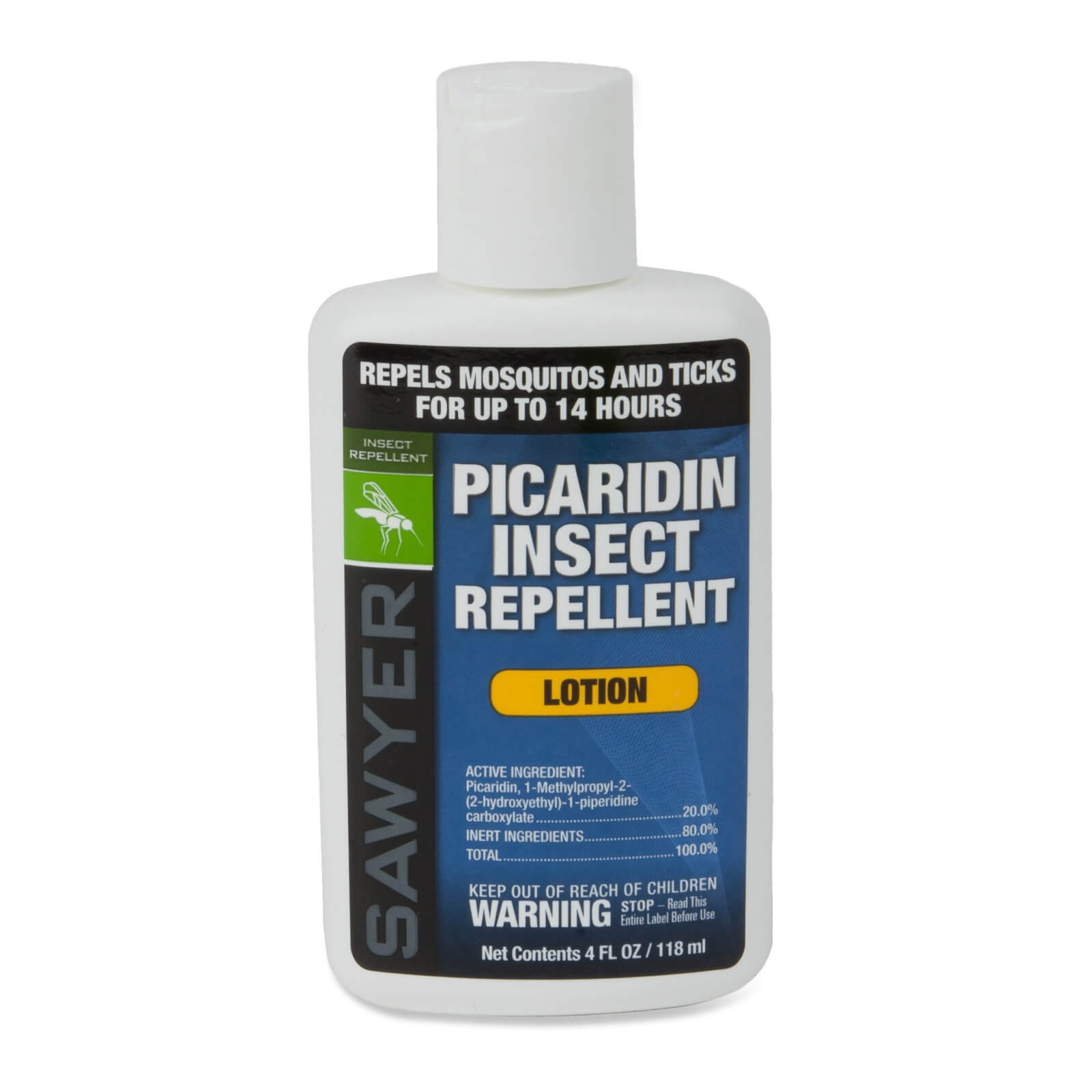
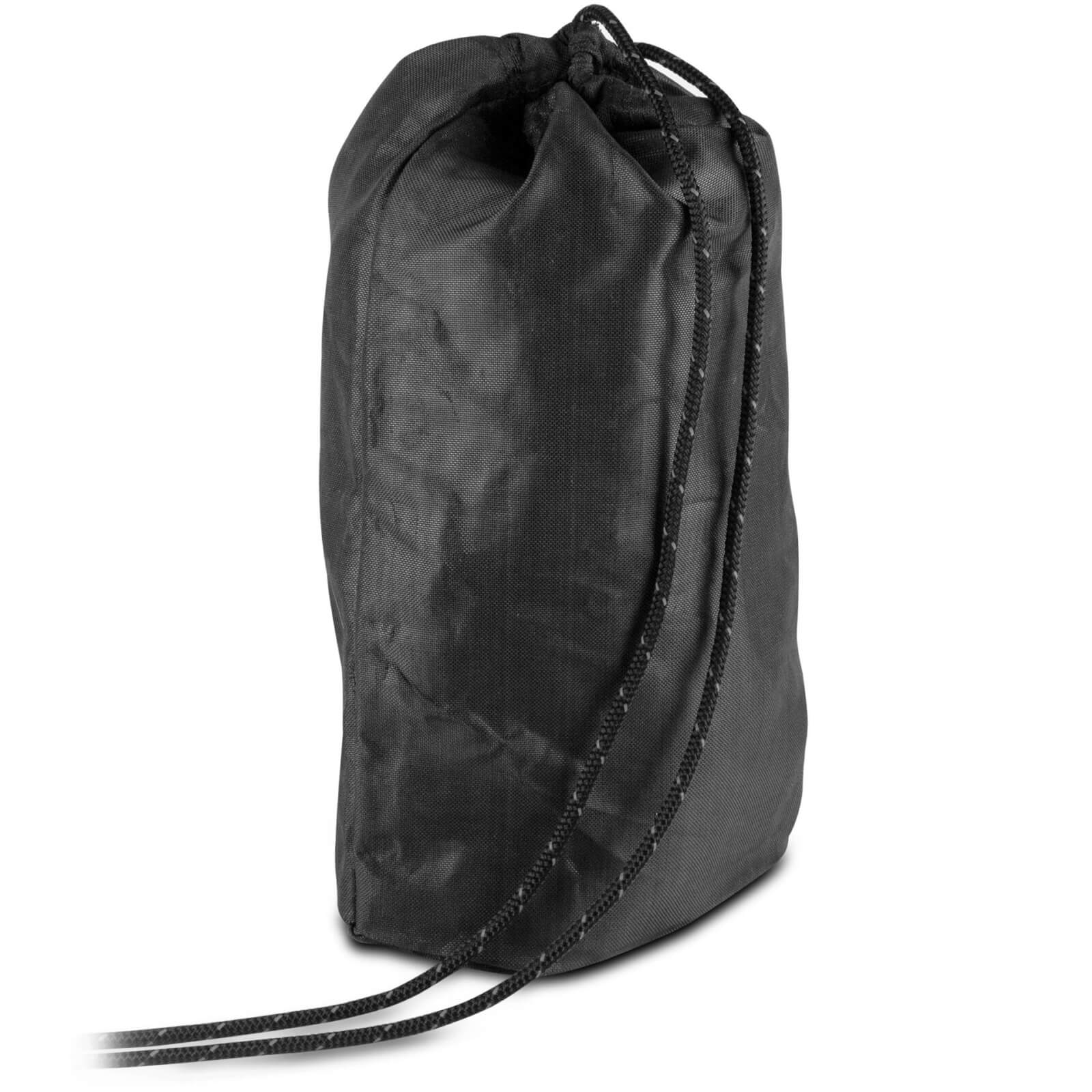
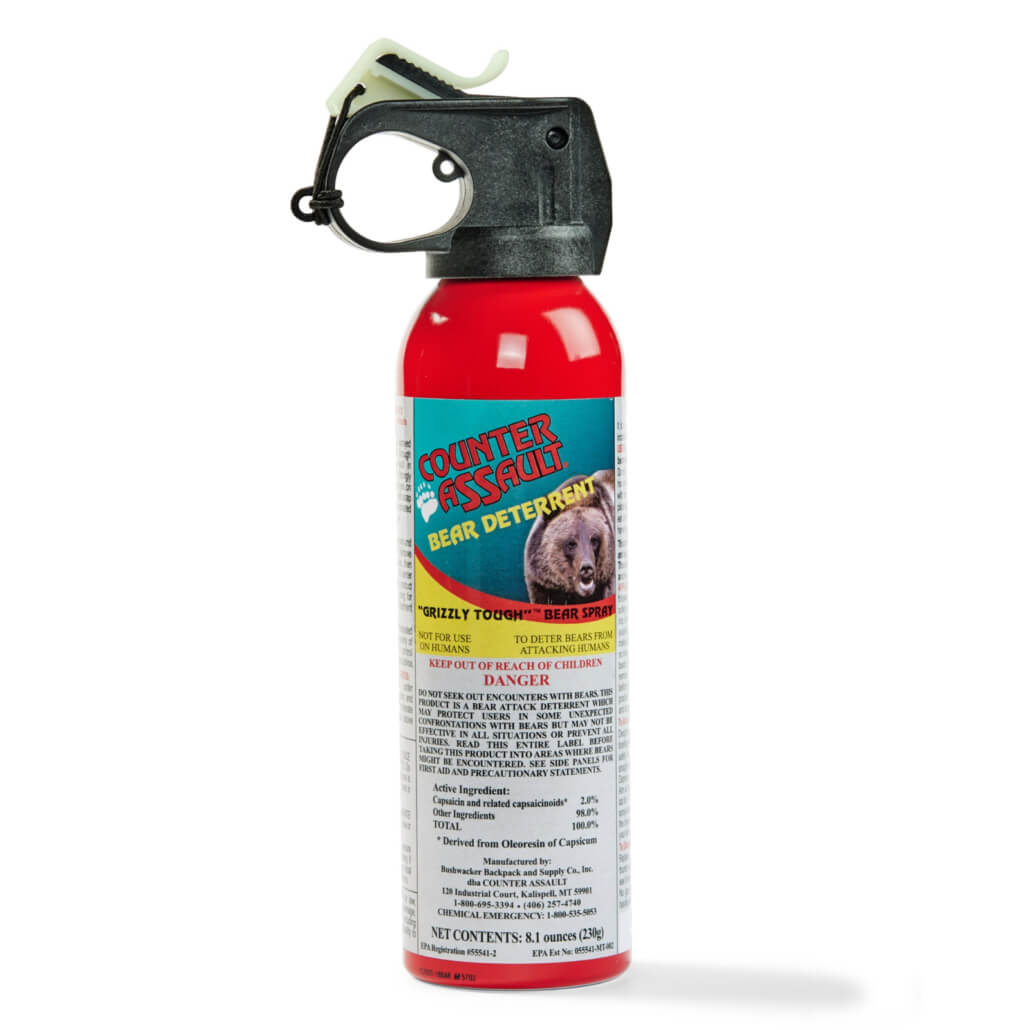
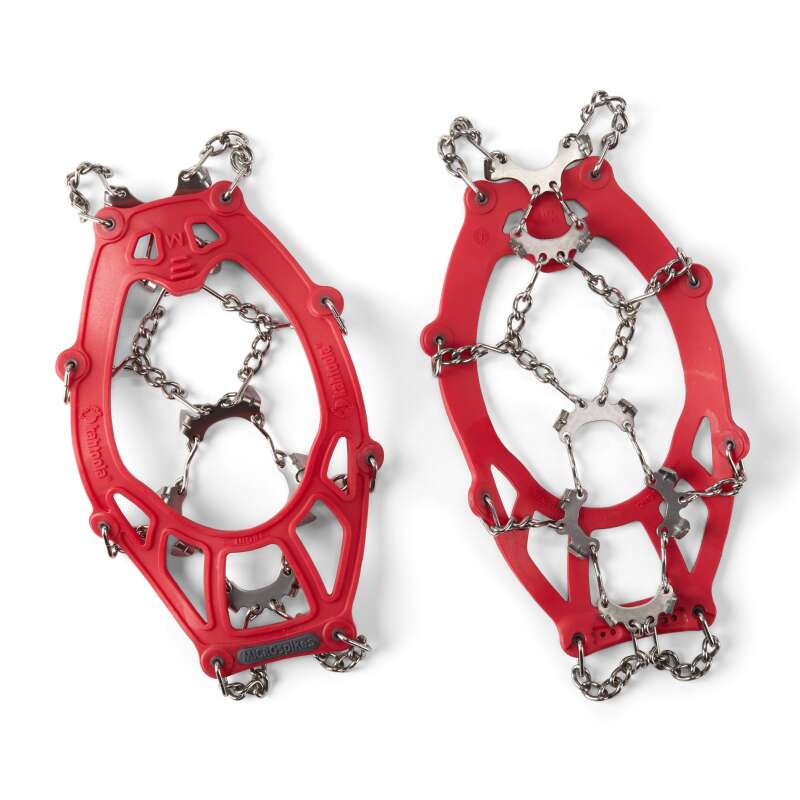
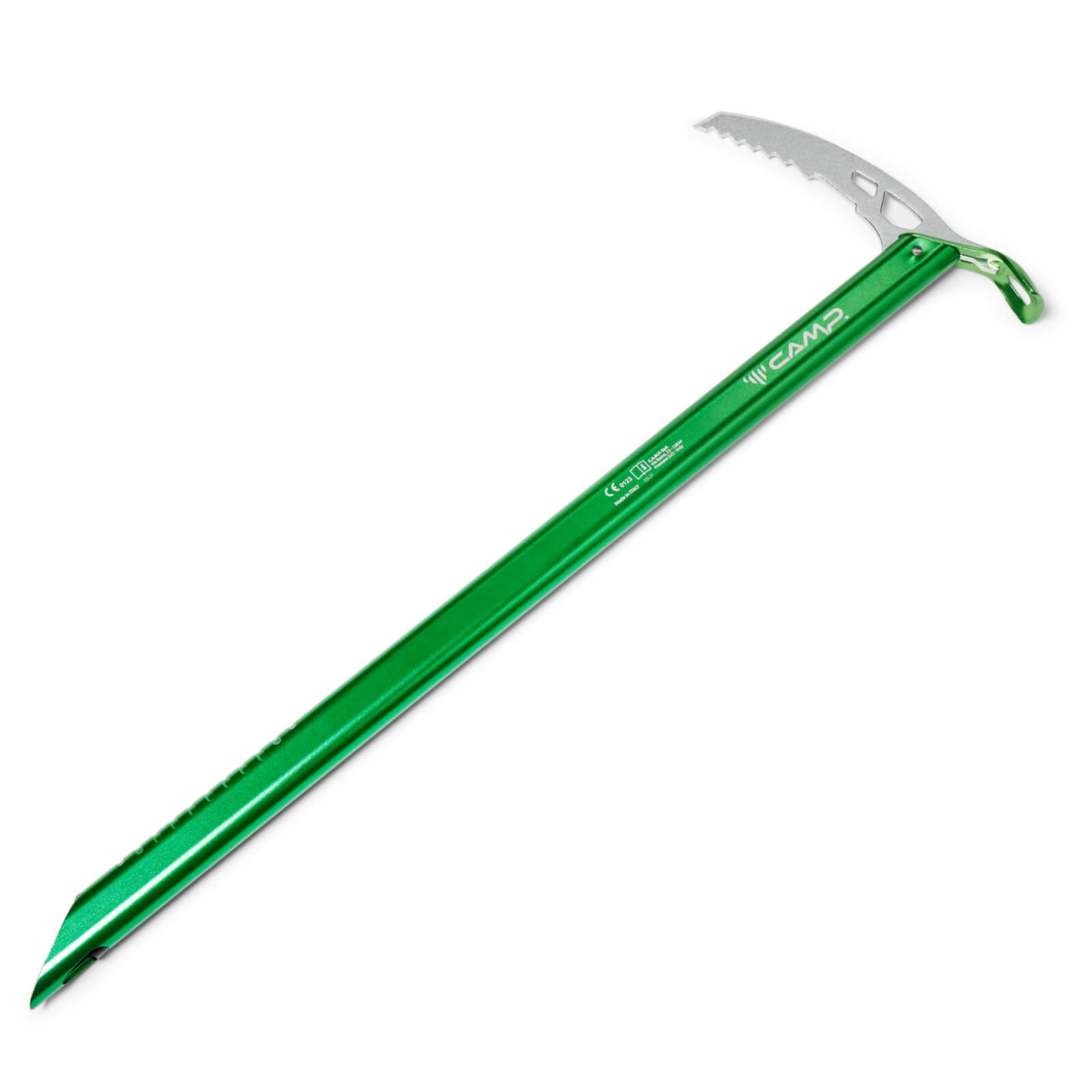


Thanks for all the great info. A question on the Frankenstove, are you still able to stow everything in the Jetboil stash pot? Do you use or omit the plastic lid and folding legs? Thanks!
Thanks, Jerry!
Good questions – Personally speaking, I do use the plastic lid on the Stash Pot, which increases fuel economy and holds the fuel canister in place preventing it from rattling. I omit the plastic folding legs. The PRD stove is slightly larger than the Stash stove unit, and doesn’t nest in the Stash pot if you are already carrying a fuel canister in there. It’s always really close to fitting, and you might be able to get both in there with enough tetris. But I just store the stove loose in its carrying bag towards top of my backpack main compartment.
Alan,
Thanks so much for your site! I’ve been using you as a resource for almost 10 years now, not for ultralight backpacking but for canoe camping. I regularly take weeklong wilderness trips and over the years have reduced my pack weight from 40lbs to a 10lb base weight. This is critical for those long portages- two carries (canoe then gear) over a three mile portage = a nine mile hike! With my kevlar canoe I can make any portage just once, which gives me more time on the water and longer trips. Although there are plenty of sites and resources on the net about canoe tripping, there are no comprehensive sites like yours regarding gear and kit packing for that particular genre, which does have some important differences. Have you ever considered collaborating with a canoe tripper/voyageur to post a comprehensive guide for this? I would love to see the results- and maybe you could absorb some of the canoeing community as well- we clearly have an interesting overlap with the ultralight hiking folks!
Mat,
On my own and Alan’s behalf – thank you! We really appreciate those kind words and are very glad to be of service. Regarding canoe info, that’s a great suggestion! Love the idea, I’ve also considered applying Alan’s UL approach to ski touring and mountaineering gear guides and paddle sports make just as much sense. Stay tuned! Who knows what the future will hold. Happy trails to you and yours!
This list is great if you have an unlimited budget. If you need the absolute most expensive and lightest by all means, buy it. You can spend a whole lot less and be way more practical and at most be about a pound and a half heavier. I am 68 years old and have been backpacking for 50 years. Remember that ultralight gear is not always the most durable for obvious reasons. One thing I did not skimp on was a sleeping bag. Z-packs 10 degree bag. If all else get a warm night’s sleep. I added up the cost of this list and it came to about 4000 dollars. I did not add up all items. I dont want to have people “not” get into this sport because of cost. So many other options. 250 for a rain jacket, really. 375 for a down jacket no no no. Listen Im not knocking this gear. Just saying there are options. — I through hiked the 350 mile section of the AT from Springer to Erwin, TN. on a pack that did not cost 1/2 of this list. Hike on people.
Thanks for the feedback, Brad. And happy hiking! This list is attempting to highlight the best of the best from a technical perspective. But backpacking needn’t be very cost prohibitive, which why nearly every one of our category specific gear guides features a value and/or budget pick – where you’ll find a $100 down jacket, for example.
Appreciate all the reviews and lists you guys do. I do echo Brad’s sentiment about finding other, very acceptable alternatives at much lower cost. For example, I recently purchased a 6 oz pair of breathable rain pants with zippers that allow pulling over a size 11 boot. Cost: $25. Similar for a $100 Alpha Direct hoody that has little warming power even with mild a mountain breeze. Going with their heavier knit versions that are effective in that situation brings the weight close to the old R1.
I look at these for ideas, but it’s critical to have gear that works best for each person in a given situation. Summer gear for the AT can be deadly in September in the Northern Rockies, despite both being “3-Season”. Might need a few separate lists to cover more environments?
Even with technical perspective as a priority, there are excellent budget options. I recently bought a 6 oz pair of breathable rain pants, with half-zipper sufficient for putting on over size 11 boots. Spent $25. Not $130. Lightest is not always the best or even should be have such dominance in the ratings. Fit, durability, ease of use are all other important factors. $540 for a tent that can withstand wind? I’ve been backpacking the Wind Rivers in September for 25 yrs with a tent that can handle heavy wind and sleet. Cost $250. Do enjoy the articles and looking at options though.
Thanks for the feedback! Agreed with your sentiment that value matters (we do offer value picks in every one of our buyer’s guides) and that lightest weight isn’t always strictly better. However, we feel that the ultralight option should be defaulted to, but substituted out as-needed based on environmental and weather-forecast specific concerns.
Do you have a link to the spreadsheet so it can be copied into excel, or even just for easier viewing?
Thanks
If you highlight any word in the spreadsheet you can then use Control-A or (or Command-A on Apple) to select all of the data and copy/paste into your own spreadsheet to manipulate and view as you see fit. Enjoy!
Phenomenal. I tried to drag copy it and it busted the formatting. This did the trick. thank you
Allan – great list and video! My question is about ‘warm water bottles’ for cold nights. If you don’t carry a nalgene, what do you use to stay warm at night (if needed beyond clothing, etc.)?
Background: A group of us was in the Grand Canyon and the temps dropped well below forecast. The “hot water bottle” trick worked well in that situation.
I trying to find a lighter and just as effective method.
Thanks!
Don
Hey Don! Thanks for the feedback – much appreciated! Great question.
Ah the warm Nalgene trick… Certainly a cozy comfort, but not one that’s reliable for the duration of an entire cold night! Our advice? Rather than trying to warm up the inside of your sleeping bag, we recommend simply using a warmer sleeping bag/quilt and high R-value sleeping pad to contain more of your ambient body heat. As long as its rated for at least 10 degrees below your coldest expected night time temperature, you should be warm and comfortable all night long, and long past when a nalgene would have cooled down. If you typically run colder than the average camper, adjust that to 15 degrees below the expected nighttime low. The option to wear your puffy jacket to bed should provide enough extra buffer in case you mis-estimate the temps. You can also kick start the body heat furnace by layering up and doing a few jumping jacks before you get in the tent.
If the Nalgene trick is primarily for warming your feet, how about picking up a pair of booties?
Good luck staying warm and happy camping!
Jaeger – great reply, thank you! That’s the plan now!
Alan,
I’m curious about the evolution of the ultralight gear list from the time you made your video, to the list that shows up on thi webpage (and in the spreadsheet). Have you really switched what you use from the items in your video to the items in the spreadsheet? For example, your primary shirt. In the video (and for several years) you strongly advocated for the RailRiders Mojave shirt, which I have used many times in the past. But the trend nowadays seems to be towards “sun hoodies” like the recommended OR Echo Hoodie. Have you really switched to this type of shirt? What are your thoughts on the merits/drawbacks of each type of shirt?
Other gear evolutions I”m curious about (and whether you’re really switched what you personally use): HMG Southwest pack –> ZPacks Arc Haul; HMG Dirigo 2 tent –> ZPacks Duplex; Trail Designs Sidewinder cooking system –> Jetboil Stash; RailRiders XTreme Adventure Pant –> Kuhl Renegade convertible pants; Altra Lone Peak shoes –> HOKA Speedgoat.
Thanks,
Sean
Hey Sean! Glad you noticed and thanks for asking. The 9lb gear list is constantly evolving to keep up with new gear innovation, industry trends, and Alan’s and my own preferences. Perhaps we should add a change log! But for now, I can address the specific items you call out. For starters, all of the previously included items you list are still great hiking gear, no doubt about it.
1. OR Echo Hoodie replaced the RailRiders Mojave because it is lighter weight, stretchy, and more breathable while still offering full sun protection. And hoods are super functional. Alan and I both wear it for nearly all hiking. Where it falls short and where we would still turn to something like the Mojave or another nylon shirt is trips involving significant bushwhacking, brush, abrasion, etc. Nylon shirts are less comfortable but more durable.
2. We still use a combination of the HMG packs and the Zpacks Arc Haul, but included Zpacks here because we think it is a better choice for the average backpacker doing an average, on-trail hike. That’s because it is significantly lighter weight and has better load transfer. But like the Mojave, the HMG Southwest is more rugged and durable, which has its merits depending on the use case.
3. HMG Dirigo is no longer in production, though they do have a new UL tent called the Unbound which we’ve been testing. More on that down the road.
4. Stash over sidewinder because it is extremely user friendly and fuel efficient. The side winder is marginally lighter weight for short trips, but the increased fuel efficiency makes stash lighter weight than sidewinder for longer trips.
5. Kuhl Renegade over RailRiders for a few reasons – 1. convertible. 2. we found it to be comparably durable. Kuhl, by way of selling thru REI, offers a much better ecommerce experience and our readers prefer to shop the co-op whenever possible.
6. HOKA Speedogats over Altra Lone Peak because we found the extra cushion makes our feet happy after a long day on the trail, the mesh upper has better breathability, and the small but not zero drop is more universal.
Hope that helps! And again, we still endorse all of the previously included items, it’s not at all like we don’t use or like them anymore.
Any advice for someone who needs to use a cpap? Do you have ideas for improving posture and muscles with only 10 weeks before a 10 mile hiking trip after being sedentary for 8 years? There’s a 2,500-3,000 ft elevation change in the first 8 miles. You do the same 10 miles on the way out and go up. Rocky and sandy terrain with narrow paths, no shade and high heat during the day. Water must be carried in. There are some places you can get spring water and filter it after about 6-8 miles in.
Tasha, thanks for your inquiry. As to the CPAP, I am not a medical professional so cannot comment upon that. With regards to training, we do have an excellent training post that I think would help — How to Train for Hiking & Backpacking a Quick & Efficient Method. Wishing you a great hike. Best -alan
excellent advice. The only one I’d suggest providing a more open opinion to is the compression sack. Packing your sleeping bag in the bottom of your pack loosely then squishing your gear in above/around still compresses the bag but actually fills the space cavities better and doesn’t give you a big hard lump against your back. Also, a heck of a lot easier to pack in the morning than trying to stuff into a hard football.
Agreed. See our video on how to pack your pack https://youtu.be/SGtSWbo_sfo. And our backpack guide Best Backpacking Backpacks. Warmest regards, -alan
Hi Alan,
Great list! Thanks for the many excellent suggestions. One question. I have a few pieces of HMG kit and am a big fan, but I have not been able to do the math on their packs. My Deuter Gravity Expedition Gravity 45 goes for about $100 on sale and weighs 30 oz. Great pack IMHO. I also got one for my 13-year old hiking buddy and offspring. Why don’t I ever see it on the UL gear lists?
Hi Scott, first there are more than a few fairly light packs that will work fine and are less expensive than the HMG packs (look at the MassDrop X Granite Gear Crown X60 Backpack). But you need to be sure that you are comparing apples to apples. DCF is an expensive fabric and is also more difficult and costly to sew products out of. It has the advantage of being both incredibly strong and far more waterproof/resistant than other pack fabrics — with decent stuff sacks there is no need for a pack liner or a rain cover to keep your pack contents dry. Also note that you Deuter pack is both lower capacity and does not have any pockets on the pack body or hibelts. While this may be great for alpine climbing the lack of pockets makes for a very inefficient trail pack — you are always having to rummage around in the main pocket to get things rather than pulling them out of a pocket while walking. Again, this may work for you, and then more power to you. Just making the point that there are significant advantages to the HMG pack. Warmest, -alan
Hi Alan,
Thanks for the prompt reply. I should have clarified the “math not adding up” comment. I meant with respect to weight only, and in particular for packs. My 45L Expedition (which does have a side pocket for water bottle, cap pocket for snacks/FA kit, and mesh hip belt pocket for phone) is enough capacity for my mostly weekend hiking and can also be expanded a bit by raising the cap. With a trash compactor pack liner and some DCF stuff sacks, I am waterproof-ish. I was initially looking at the 2400 Windrider, but it is actually a couple ounces heavier and 5L smaller. The $200 buys some additional durability, water resistance, and the big mesh pocket does look handy. I am not saying it is a waste of money. I am just suggesting that $200 spent on a DCF material upgrade goes a LOT further on a shelter, in terms of weight savings. For the same $200 delta, one could go from the 40 oz Big Agnes Tiger Wall UL2 to the 19 oz Zpacks Duplex, assuming one uses trekking poles.
Best, Scott
no worries. -alan
Wow! What a helpful video and list of great gear. You saved me so much time! Thanks, Alan. You’re a good dude.
Our pleasure Jesse. Warmest, -alan
Hello! I have been using this list as a guide to put together my gear. What would you add for an early season (February) start for NOBO AT thru hike? My list is busting at the seams as I keep adding in fear of freezing. Looking to do my best to keep the BW down.
Jerry, I would go with a very warm down quilt and a very warm down jacket. Little additional weight and volume for a ton more warmth. I would also look at my Hiking Clothes for 2020 | Hike Safe and Warm and its associated YouTube Video. Wishing you a great AT thru-hike next year! Warmest, -alan
Alan,
Do you recommend not bringing any sleeping clothes, other than sleeping socks? I’m heading out on the Appalachian Trail mid-September through mid-October.
Frank
Currently in the backcountry but will respond when I return.
I’m currently out in the backcountry but will respond when I return.
Your 9lb list includes a waterproof notepad. What writing utensil do you recommend to accompany it?
Good Q. I usually use Zebra F-701 Pen. It’s bit heavy but I find it writes better than the standard “space pens” and I like the knurled grip.
Frank, both Alison and I do not bring sleep clothes on the AT altho we usually bathe at least every other day — especially in warmer weather. And we are just back from 10 days in Alaska north of the Arctic Circle and I did not bring any backup clothes. I just dried out my damp clothes at night in our down quilt. Hope this helps. Warmest, -alan
Love your site! Any chance you could recommend a particular lightweight mosquito net for tarp backpacking? I am traveling with a friend so was thinking about buying two Sea to Summit nano shelters b/c they’re 3oz each vs 12 for the double, but that might add more silly workarounds on site. Thanks!
Five, hard Q to answer. Depend on the mosquito pressure you are expecting, your tolerance for mosquitoes, and your tolerance for being in a bug bivy under heavy mosquito pressure. In heavy mosquito pressure, a bivy with bug net on face can be quite claustrophobic and limiting. They work much better for light mosquito pressure that abates during the night. And are waaay better thank nothing in heavy mosquito pressure — but in heavy mosquito pressure a fully enclosed inner but nest is way more preferable. Hope this helps. Wamest, -alan
Alan, where did you get the camouflage sleeping bag?
It is on top of the yellow thermarest yellow pad.
In your first pic.
Both Hammock Gear and Enlightened Equipment have a camo option. They are in my Guide to Best Backpacking Sleeping Bags & Backpacking Quilts 2020. They are both great companies. Best, -alan
Alan,
Thanks for all the information on your site it’s an amazing resource to have practical insight into choosing functional and practical items for my kit. My question is regarding the HMG stuff sack for your quilt/sleeping bag are you using a small or medium size stuff sack?
Again thanks for all of the useful reviews and gear lists that we can trust.
Cheers!
David
David. Medium at least. I don’t like to over compress my down. Best, -alan
Interesting comment about over compressing a down bag. Would you avoid the compression stuff sacks that come with some bags (including my Thermarest Hyperion 20)? Or are you just referring to storage off the trail?
Great site. Thanks for all your work rating & recommending products.
Randy see me video on How To Pack your Backpack https://youtu.be/SGtSWbo_sfo. All will be clear. Best, -alan
Planning (and I hope) a 4-5 night BP trip to Wind River mid to late August so read your 2016 trip report with interest. I see you took a Ursack for food storage. From the pics it looks as though many of your camp spots were above tree line. Was the Ursack for ground critters? I’ve both the Ursack and canister and as you know there are pluses and minuses for both. I dislike hanging but also don’t like the bulk and weight of the canister though less of a hassle. If I take a lower route which would you suggest?
Hi Jeff, good Q. First and foremost, adhere to all park regs for food storage, so I can’t comment or make recommendations there. But it would be possible with well-planned camps to have a tree solid enough that you could tie an Ursack to it. Most of the obvious camping areas do have trees around them. Hope this helps. Best, -alan
Hi Alan.
Very good article, very complete.
For the HMG backpacks, what colour do you reckon is better? White for ease to see inside (and a bit lighter) or black for having a stronger material?
Remi.
Remi, I would go with white. It’s lighter and plenty strong for most uses. The white also has the advantage of keeping contents cooler (the black really heats up in the sun). Black is better for stealth and is a bit more durable if you are really dragging your pack around and banging it into things. Finally, if you want white and uber durable take a peek a the Hyperlite Mountain Gear 3400 North Rim, which uses tougher fabric and super strong pocket material. Best, -alan
Thanks Alan.
Bought it. Look forward to test it in my backyard :-).
Cheers.
Remi.
Alan,
Excellent video with some solid recommendations on equipment. We did your low carbon Harpers Ferry to Duncannon trek and now we will be taking our 12 year old grandson Jack from Waynesboro to Front Royal. As we are outfitting him this article was extremely helpful and well done.
Hi very happy to have come across your 9 pounds ultralight backpacking video. I’m somewhat new on backpacking with 10+ years of kayak tripping. Just got a tarptent protrail and after reading and videoing about the merits of ultralight backpacking I’m looking at dyneema cf tent. Mainly in regards to lack of water retention of the DCF, hence carrying less weight after a rainy night or the weight of a wet tent with condensation. Would this be an issue worth considaration if money was not an issue and it always is…lol!
Tks Alan as I learn a lot on you webb as well
CHEERS
Nice to hear from you and glad you found the site useful. Definitely take a look at our Best Backpacking Tents for 2020 | Lightweight & Ultralight as it has a lot of DCF tent options. The bottom line is that SilNylon is always a better value. And its shortcomings can be dealt with. So, while DCF is better it is definitely out on diminishing rate of returns curve. So if money is not an issue a DCF tent, pyramid tent, or tarp is definitely on the menu. Tauter pitch, less fussing, lighter, and less water absorption. So if you are in the market for DCF, you’ll need to weigh different types of shelters, and within those different designs. Have fun deciding!! Wishing you a great year of trekking. Warmest, -alan & alison
Thanks
Henry at Tarptent has agreed to an exchange for the DCF Aeon Li
Your comments has helped me to decide, eventhough money does matter… ;)
Nice work Roger. So glad you find the site useful. Hoping that the DCF Aeon LI serves you well. Wishing you a great year of trekking. Warmest, -alan & alison
Alan,
I am interested in the RailRider pants that you recommend. However, having never purchased from this company previously, I am concerned on sizing. I have traditionally worn a 32×32 pants but with some brands I use a 34in waist. Based on RailRider’s sizing chart it looks to me that I am right on the border between small and medium.
What is your experience with sizing and based upon that do you have a recommendation on which way I should go when making my purchase?
Thanks for the great gear reviews. Really enjoy your site.
Matt
Matt, they run large. I am a 32+” waist and am a size small. Hope this helps. Best, -alan
Hi Alan,
I love these lists! I just have a quick question about your first aid kit. Is it 1-2 gauze pads or 12? It doesn’t seem like 12 would fit easily in the bags. If it is 12, how many do you take on day hikes, etc.? Do you carry the same FA Kit or adapt it? Most of my other stuff is in line, but I am tweaking my FA kit right now…Twelve just seemed like a lot unless leading a group. I am WFA trained, but I bounce between 2 FA kits. One is mostly duct tape and advil and the other (homemade) is too large for day hikes.
Thanks,
Craig
Hi Craig, is just a few gauze pads. An injury that needs more that that is unlikely but serious. At that point you are making due with bandanas, clothing strips etc. Probably sterilized in some stove alcohol. And of course given a higher chance of infection with the larger wound, you are likely hiking the heck out. But of course you can always bring any quantity of gauze that you want. Wishing you a great 2020 of trekking. Warmest, -alan
Thanks for the reply. That is what I thought, so I was confused to see 12 gauze pads in your first-aid list. I assumed it was a typo butwanted to ask.
Again, thanks!
Hi Alan,
Trying to decide to take my trusty Protrail or shell out big bucks for the Z Pack Hexamid tent? The difference would be a drop of 11 oz.
My big 4 weighs 4.25 and my base weight is 9.3 overall. The money is not the problem it is the thought of a new tent and do I really need it. Going to try to finish a thru hike of the TSHT. Family emergency after the 4th day last year. My wife is kicking me out in September to finish it and she knows I really want to do it.
Your thoughts Sir
of the tents?
Thank you
Randy Clatk
Hi Randy, glad to hear you are going to finish up on the TSHT (alho I don’t know which trail that is). The ProTrail is still a great tent, and it would be very hard argument to make that the Hexamid is going to make a $550 improvement to your trip/life. But if you have the money and it will make you happy, it will save you some weight and give you high-class trail cache. If you really wanted to save weight, challenge yourself a bit and not spend tons of $, a simple silnylon tarp would do the trick. Even a DCF tarp can be had for nearly 1/2 the price of a Hexamid. Checkout our Best Backpacking Tents for 2020 | Lightweight & Ultralight for some other light and lower cost optitons. Wishing you a great hike on the TSHT (wherever that is). Warmest, -alan
The trail is the Superior Hiking Trail. It is located near Duluth MN and goes 300 miles to the Canadian border. Great Great trail.
Take care
Randy
Great gear list! Thanks! Ziplock bowls are nice but don’t nest with most small pots (e.g. jetnoil or evernew pasta) since they have indentations. I had found Kroger store brand bowls that are perfect but are no longer available. It would be nice to also identify readily available bowls that nest with common backpacking pots.
Wonderful gear list (best on the internet IMO) and excellent resource for backpacker trying to reduce weight and remain safe. Unlike many ultralight lists out there, it does retain a reasonable level of comfort.
However, the 9 pound claim is unfortunately misleading. Adding up the weights of all the items on your list with green check marks yields exactly 10 lbs by my calculations. Adding up all the weights in the video (tent replacing tarp) yields just over 11 lbs by my calculations. Could you elaborate as to how you yield 9 lbs from this list?
Hi Jason, it’s no simple task to convey/explain a gear list that works 3-season for most places on the planet — either in video or is “Written” List in a page post. This Video was my best attempt to do so. I will do my best to clarify a bit more.
First, in the video I tried to show a broad range of gear that is included on the list, so people could see it, understand what it’s for and why it’s great. As such, there more gear in the video than I would take on any individual trip (the same is true for the “Written” Page Post version of the list, where there is optional gear for fine tuning the list or for cost saving options). That is, I would take some gear on one type of trip and other gear on another type of trip The check mark can only go so far though to explain this. An example of this is the the Dirigo 2 tent which I would take on a trip where I shared it with another person. In this case since the tent is shared that 1.9 pounds equates to 0.9 lbs/person shared weight. But, if I were on a solo trip I would take the Mountain Laurel Designs Solomid XL (0.8 lb) which is why it’s checked in the writtent post. (In the Video I decided to use the Dirigo 2, as I felt that most folks use 2 person tents so I thought it would be a better and more useful example.)
Second, some gear, like the Ursack (0.5 lb) would only be taken when required. As such, it is not included in the total weight for “9 lbs.” (It is green checked, not because it is included weight but it would be my first choice if a park had a bear storage requirement.)
I believe that these two items likely account for most of the confusion on the weight. Both for the Video at +1.6 pounds (1.1 lb Dirigo 2, 0.5 lb Usack), and the “Written” Page Post version of the list +0.5 lb Usack. Again, I hope this helps clarify things a bit. Warmest, -alan
Hello Alan,
This is a fantastic article and I used so much of your advice on my first 38K hike that I did in Algonquin Park, Ontario last week. I have been canoeing for years and was always hesitant on a 3-4 day hiking trip due to the weight of my gear. The gear suggestions and techniques on how to reduce pack weight have really opened up a plethora of options for me, my family and friends moving forward. I have shared your site with many people north of the border and everybody is thrilled to have the knowledge you have shared.
Andrew
Hi Andrew, it’s our pleasure. But thanks for your kind words. It’s comments like these, people’s personal successes that make The Site worthwhile. Keep up the good work! Wishing you a great year of trekking. Warmest, -alan & alison
Hi Alan
Getting ready for a thru hike of the Superior Hiking Trail. Wanted to ask, I have a xlite pad, I have always wrapped it and put it back in it’s bag. I felt it protected it better. My question is it necessary to do this? I was thinking of just folding it up and laying it first in my pack then put my tent (pro trail) on top. Your thoughts?
Thank you
Randy
Hi Randy, bottom the pack without stuff is fined. Loose folds that fit to the bottom of the pack are best. FWIW, I don’t use the stuff T-Rest stuff sack. It is extra weight, and it is quite time consuming to get it back in to the sack each morning. But likely the biggest reason not to use it is that I suspect that the tight folding and rolling to get it into the sack creates micro damage to the fabric and ensuig dispersed areas a slow air leakage through many small/undetectable “micro-hole.” These are the leaks that has your pad going down by 1/2 volume overnight and that you can never find, even when you put it in the bathtub. This is how all my pads have eventually failed (I have only punctured one once, at it was easy-peeze to patch it in the field, and the patch lasted for years). Hope this helps, best, -alan
Alan, I remember an earlier version of this post had a spreadsheet. If true, is it available? Thanks, – Tom
Hi Tom and apologies for the late reply. I’ve been guiding Alaska’s Brooks Range for the last two weeks and will soon head back in to Alaskan mountains for another two weeks. First, don’t let the images fool you. Believe it or not, the gear here is almost identical the old “table format version.” Only changes are that I reduced the number of duplicate/optional items (e.g. I no longer list 6 optional packs, but rather refer people to my pack guide), and that I have updated some items to the most current gear (e.g. the HMG Dirigo Tent). Otherwise it’s essentially the same list. And you could make the argument that the image and additional text about the gear in this format does provide significant benefit not in the old table format.
But I am with you. As an engineer I find the table format more understandable and useful. But I am in the minority. Most people in this phone based browsing day and age find the picture/text, picture/text format more understandable and accessible. (I am constantly stunned by people who express dislike for spreadsheets, and it seems to grow more each year.)
The problem is that way more than 50% browsing is done by smartphones, and tables look horrible on a small screen. As such, tables on the Web are extremely undesirable and going the way of the Dodo. As such the current (new) format for this gear list is in keeping with the expectations of modern Web viewing public. Honestly, I held out two years longer than I should have to make this conversion.
I am toying with the idea of having the old “table stye” version at the end of this post. There are a few downsides tho. 1) It would make the the page longer load, which in turn affects my web rainking. 2) It is significantly more effort since I have to update gear/information in two places. 3) I am fairly sure that most folks will scroll right past the link text at the beginning of the post that would jump them to the table list at the end. Thus most folks will remain unaware of the table list at the end.
Anyway wishing you a great year of trekking. Best, -alan
Hi Alan,
I have been using your site for almost 3 years and I have gone from a 32 lb pack for one night to a 19 lb pack for 3 nights. I still have wine (one night) a chair (thermarest sleeve: 230g) worth every gram -I love this chair! I bring a light book and a monocular…I have learned SO MUCH form your site. My longest distance single day hike has been 24km, last year I hiked 360km and camped solo 10 nights (separate trips) THANK YOU!
BUT…now with your site modifications (very nice) I can no longer find your great gear lists. Maybe they are hiding somewhere? Under the 9 lb list I see only photos of many items but not the detailed list. Please let me know if those great lists are somewhere I have not yet looked. Thanks a million. Caroline (of Canada)
Hi Caroline, so glad that you’ve found the site useful. And congrats on getting your pack weight so low. Nice work! My pleasure to have been some small part of it.
First, don’t let the images fool you. Believe it or not, the gear here is almost identical the old “table format version.” Only changes are that I reduced the number of duplicate/optional items (e.g. I no longer list 6 optional packs, but rather refer people to my pack guide), and that I have updated some items to the most current gear (e.g. the HMG Dirigo Tent). Otherwise it’s essentially the same list. And you could make the argument that the image and additional text about the gear in this format does provide significant benefit not in the old table format.
But I am with you. As an engineer I find the table format more understandable and useful. But I am in the minority. Most people find the picture/text, picture/text format more understandable and accessable. (I am constantly stunned by people who express dislike for spreadsheets)
The problem is that way more than 50% browsing is done by smartphones, and tables look horrible on a small screen. As such, tables on the Web are extremely undesirable and going the way of the Dodo. As such the current (new) format for this gear list is in keeping with the expectations of modern Web viewing public. Honestly, I held out two years longer than I should have to make this conversion.
I am toying with the idea of having the old “table stye” version at the end of this post. There are a few downsides tho. 1) It would make the the page longer load, which in turn affects my web rainking. 2) It is significantly more effort since I have to update gear/information in two places. 3) I am fairly sure that most folks will scroll right past the link text at the beginning of the post that would jump them to the table list at the end. Thus most folks will remain unaware of the table list at the end.
Anyway wishing you a great year of trekking. Best, -alan
Alan,
Thank you for your detailed thoughtful reply…as an engineering technologist : ) …the spreadsheet does (did) all the organizing for me. I have many of my own but your old one broke out all the gear by sections and gave me a TREMENDOUS head start WITH LINKS. In fact, I think I may have copied it into mine and I compared all my weights to yours. Is there any way I could access your updated list through Google forms…such a great head start for the novice and, with your new gear updates, for the person like me trying to continually lighten!
Thank you for your consideration of this request.
Great list. No rain pants or kilt?
I like pot+canister stove, Black Diamond Ion headlamp, power-stretch gloves, full brim hat, poly base layer (more comfy). Lands End has lightweight fleece in TALL to ensure overlap with top of pants.
Heads up: Your link to the Dirigo tent goes to REI’s page for the Tiger Wall tent instead of HMG’s site.
You recommend the Osprey Exos but it comes out as 2 lb 10 oz on their site. I have been looking at the Osprey Levity 45 and it weighs 1 lb 12 oz. What is your opinion on the Levity?
Good Q Mark. Actually, I have the Levity and in many ways I like it better than the Exos. Obviously the weight is more attractive. But also in its favor: it has fewer “frivolous” features, the pockets and bottom of the pack are all solid and durable fabric vs. the mesh combo on the Exos, as is the top of the lid. As such the only exposed areas of lighter SilNylon are the upper top of the pack above the pockets and the sides of the top lid. These are not usually high wear areas. As such with some care and not overstuffing and abusing the main pocket with sharp items, it might last quite a while. Definitely requires more user care an awareness than the Exos, but you save a ton of weight in exchange. Hope this helps, -alan
Thanks for the quick reply. I’m pretty sure I’ll go with this levity. Anything else in that weight range I should look at? FYI: this is my first real backpack. Have only done one overnighter in my life many years ago.
Mark, I would definitely look at the ULA Ohm 2.0. It is not that much more weight. Has more volume, and is a much more rugged pack — and a better overall pack for more types of trips. It would be my (and Alisons) 2nd choice after the Hyperlite Mountain Gear SW 3400. Hope this helps. Warmest, -alan & alison
Hi Alan,
Thanks so much for all these great tips- I’m slowly working my way towards the ultralight life! You’ve mentioned a few times that you wash your clothes most days- how do you go about drying them as you don’t bring spares? And how does that work when it is cold/wet?
Thanks,
Joe
Joe, we usually wash midday during lunch. We try to be beside a stream or lake. We wash our clothes and usually wear a windbreaker, rain jacket, pants for modesty/sun protection while they dry in the sun — or if in a remote area away from trails nothing at all. Once it’s time to leave, we put our clothes back on, usually still damp. But the dry the rest of the way pretty quickly while we hike. In camp in the evening we may wash underwear, socks and bras and hang them up overnight. Same deal. They may not be all the way dry in the morning. We just put them on damp and start hiking. Hope this helps. Wishing you a great year of hiking. Warmest, -alan & alison
I realize your lists are catering to the ultralight oz counters but geez, these costs are very expensive, imo.
Me, i’m a bargain shopper – not cheap mind you but frugal. I don’t have the lightest gear but I can guarantee that what I have purchased is 1/4 to 1/6 the cost of the prices you have links to and still good quality, lightweight, and affordable.
I remember backpacking back in the mid ’70’s with my Dad and I know that the gear I use today is lighter and stronger than what I carried back then so, I’ll gladly save my cash as a trade-off for some extra pounds or ounces.
for example – Monoprice trekking poles – 8oz each – $19.99
Coleman Exponent Dakota 1 tent – 3lb 3 oz – $29
Marmot Nanowave 55 sleeping bag – 1.6 oz – $40
etc….
Great thoughts and ideas in your blog but I don’t think everything has to be super expensive to have a successful backpacking experience.
Hi Jim, if you read this gear list carefully there is almost always a light and excellent item in most gear categories on this gear list. As such, you can still get close to a 9 lb base weight and still save a bunch of money. E.g. the hammock gear Econ Burrow +30 degree down quilt, the Cascade Mountain Tech carbon trekking poles for $35. And if you look into the Gear Guides linked to the list, e.g. our tent guide, you find items like the Kelty Salida 2 person tent for just a bit over $100. Again very little compromise in weight and performance but a drastic cut in cost. As such, I think that if you go carefully through this gear list it works well for those watching expenditures, while not cutting corners on weight or performance. Wishin you a great year of hiking. Warmest, -alan & alison
Oh, and we’ll need to checkout the Monoprice Trekking Poles!
Hi Alan,
I am getting ready for a thru hike of the Superior Hiking Trail the last week of August into September. I just bought my first pair of Altra Lone Peak 4’s. Have been wearing boots, Moabs and Asolo all of my life. Thought I would need the ankle protection. But the shoes are great, light airy and just feel good. Been wearing them to get use to them and doing stretching to get my legs use to the 0 drop. Want other things would you recommend to be doing to get comfortable with them? Planning on food and water about 20 to 23 lbs total weight to carry. Your thoughts?
Thank you
Randy
Hi Randy, good on you for moving to trail runners. And Lone Peaks are Alison’s and my favorites. First, there is nothing to substantiate the claim that boots give you more ankle support. In fact, it is your ankle strength that gives you support. As such I would get as much time in them with some weight on, up and down hill and on uneven trail. Gradually increasing distance and terrain difficulty to strengthen your feet and ankles. This is exactly what Alison and I do. For more see Quick and Efficient Training for Backpacking and Hiking. Hope this helps and wishing you a great hike on the Superior Hiking Trail. Warmest, -alan & alison
Hey Alan,
Great info as I move toward a UL kit. Question about quilts. You say that in warm weather you don’t take any sleeping top or bottoms. I carry silk tops and bottoms (8 oz total) to keep my bag clean. Without them and using a quilt, I’d be sleeping skin to inflatable sleeping pad, which doesn’t sound very appealing. Thoughts on this? Thanks.
Hi James, good Q. Alison and I sleep in our trail clothes overnight, long sleeve shirt and long pants (less underwear and bra and hiking socks which we leave hanging overnight to dry and air out). So there is no sticking to the pad for us. That being said, we do try and wash ourselves and our clothes once per day — usually near a stream or lake at lunch (but otherwise as opportunity presents). A such, our clothes and our bodies are usually fairly clean when we go to bed. But to be clear we do not bring sleeping clothes or backup clothes so save ourselves about 2 to 3 pounds in extra clothing vs. most hikers. AND our sleeping quilts are clean and smell fine. Hope this helps,
Allen,
Do you have any information or opinion on the superior wilderness design packs as compared to the ones you have listed in the 2 pound class?
Regards
SL
Hi Lombard,
I have never seen or used one of their packs. There are a lot of small shops, and even just folks making UL gear out there. I am trying to stick with great gear from cottage manufactures that have been around for a while and have a good track record and reputation. And at first blush, I am not seeing a compelling reason why Superior Wilderness Designs packs have any significant advantage over HMG or MLD packs. For instance their X-Pac fabric is not one of my favorite fabrics and I would prefer DCF or plain Dyneema Gridstop fabric over that. All that being said, I would not deter you from buying one. They are probably nice. Wishing you a great year of hiking, Warmest, -alan & alison
Lombard – the SWD packs are indeed nice. I have a ULA CIrcuit and a SWD Long Haul 40 and I prefer the SWD. Here are a few compelling reasons to get one:
1. It’s a custom shop and they’ll do anything you want. I had them put a half depth lycra mesh pocked inside a solid front pocket. It makes finding small things like aquamira super easy. Colors and fabric can also be customized.
2. X-pac is cheaper than DCF and stiffer than Dyneema X, so it stays upright and is easy to pack.
3. They are really nice looking packs and different from most of the ones you see out there.
4. I am at the upper edge of the medium size in ULA but right in the middle for SWD. For that reason the pack is more comfortable (for me).
I would probably stick with the ULA CIrcuit if I were carrying a bear can, because it’s a little more padded.
You can get discounts through Garage Grown Gear on the custom packs. Good luck! There are so many good options these days.
Thanks for the recommendation of the rei rain jacket as a budget alternative. My daughter and I both wore this during a rainy backpacking trip recently and we stayed nice and dry plus warm with our fleece underlayer.
Go glad it worked for you two. Great combination! All the best, -alan & alison
Hi Alan,
I am getting ready to do a thru hike on the Superior Hiking Trail late August into September. I am older guy and have worn TNF zip off hiking pants for years w/ a MH long sleeve shirt w/ a MH t-shirt. Worn this in our beloved Grand Canyon and on the AT. Thinking of doing something different, your thoughts on Nike type tights and Nike shorts? Trying to be ultralight overall as possible, my big 3 weighs 5 lbs hoping to be around 18-20 w/ 5-6 days of food and “drinking when thirsty”. I wear bike tights shorts to ride my bike so use to the tights, I would wear tights when hiking when needed when not needed just shorts. Can’t wait to go and making up some of your food recipes.
Thank you Alan for your time,
Randy
Hi Randy, a good Q. I would still go with the nylon pants that you’ve used or the REI Sahara equivalent, etc. These are going to me more wind resistant, less grabby and more durable thru brush, and faster drying (lycra absorbs a bunch of water), and likely more durable overall. Tights are good on the bike because they don’t flap (less wind drag) and they don’t billow out into things like chainrings. But those are not factors on the trail. And finally it has to be really cold like below freezing before I want a pair of tights under my nylon pants. In fact, Alison and I were trekking on the Patagonian Southern Ice Field in January (2nd largest non-Polar ice field in the world) and never wore tights under our nylon pants. In summary, I think convertible nylon pants are the most utilitarian and efficient bottom layer. And that is what matters most. As the saying goes “the lightest gear that does the job [well].” Wishing you a great trek. Warmest, -alan & alison
HI Alan,
Love your site. It’s been a revelation and I’ve cut over 13 pounds from my base weight. Did some of Roper’s HR last summer and anxious to get out on the SSHR. Anyway, Hammock Gear recommends the “wide” quilt for ground dwellers. I’m moderately slender (5’11”, 163). My current bag is 62″ girth. Do you think the wide quilt is necessary? What do you use? Thanks for everything,
Phil
Hi Phil, good Q. I am 5’8″ and 160 lb. I generally use a quilt that is less than 50″ wide. Although, I am quite used to sleeping in quilts, keeping them above me, and controlling drafts. My best guess is that unless you are a very restless sleeper, you would be fine with the standard 50″ inch width. Hope this helps. Warmest, -alan & alison
Thanks Alan,
I think I will have plenty of “drape” with 50″ I think I would be swimming in 55″. Thanks again, I am eager to get out with my lighter pack. So far I love the SW 3400 I purchased. Simple and comfortable.
Best to both of you,
Phil
Our pleasure. Be well.
Alan,
Quick question on the first aid kit. Do you carry twelve individually wrapped 4×4 sterile gauze pads? Or am I misunderstanding what you mean by: “(12) 4×4″ gauze pads…”
Thanks,
Jeff.
Hi Allen,
I love your site and constantly come back to look for tips. You have helped me get my base weight to 11 pounds, and dropping!
I had a question about the Patagonia R1 pullover. I can’t seem to find one that is 7 ounces like you have listed in your 9 pound full comfort chart? Is yours an older model? The listed weight on REI’s web site is 11.9. I’m looking to trade it out for another piece of clothing that is also 11 ounces, so I want to try and find something lighter. I do see the other “off brand” lightweight fleeces that are around 7 ounces. Thanks for all your great research and advice. I tell all my “heavy” hiking friends about your site all the time. Someday they may get it.
tony
Best Use
Running
Fabric
93% recycled polyester/7% spandex
Fleece Weight
Light
Back Length
Hip-length
Back Length (in.)
Unavailable
Gender
Men’s
Weight
11.9 ounces
Sustainability
Contains recycled materials, Contains materials that meet the bluesign® criteria
Alan, thank you so much for all the information you provide at this site. Fantastic. Ive had a lifelong dream of hiking the AT and, God willing, next spring Im headed to Springer. Im needing to regear a bit and keep weight to a minimum. With regard to tents, can a single wall model keep you dry? I will no doubt be facing all kinds of temperature extremes and plenty of wind and rain. Ive always used tents with a fly but would be willing to go to a single if someone with experience could advise. Thank you!
Hi Ben,
and apologies for the delayed reply, we were out on a 350 mile trip. Yes, with some caveats a single walled shelter like a SoloMid XL or even a tarp will keep you dry. We recently our used MLD Pyramid Shelter (DouMid XL) in torrential rain and high winds in Patagonia. In fact MLD Pyramid Shelters have been uses in very wet climates all over the world like Alaska, and New Zealand. The caveats are:
If you wanted a single person shelter for the AT, I would likely suggest either the MLD SoloMid XL or one of the TarpTent models, possibly the Notch or even the Double Rainbow. Hope this helps and wishing you a great AT hike. Warmest, -alan & alison
I have a question, For your pack recommendations you list the HMG 2400 but most of the other packs listed have much larger volumes. For example, the MLD Burn or Prophet is similar in volume to the HMG 2400. Why suggest the Exodus? Is there a secret volume measurement that I am missing?
Thanks!
Good Q Bryan. If you follow most of the gear suggestions on this list 2400 should be more than sufficient to store all your gear (unless you need to use a bear canister*). That being said, for most people who are not super experienced ultralight backpackers, I would recommend the HMG 3400 Southwest pack. The only difference between the 2400 and 3400 is a taller extension collar. So for Just 2 oz more than the 2400 you get a lot more flexible in pack capacity in the 3400. In fact, my current pack is a HMG 3400 Southwest with the new larger hip belt pocket (altho the top extension collar is rolled all the way down most of the time). I do this partially because when I guide I sometimes need take gear from a struggling client. In this case the expanded extensions collar is most welcome. Hope this helps, -alan
*While I can fit a bear canister into and HMG 2400 or a ULA Ohm 2.0 most will likely not be able to do so. I would suggest upgrading to an HMG3400 or a ULA Circuit to accommodate the extra volume that a bear canister entails.
Agreed that it’s highly individualized. I used to use a stuff-sack pillow, but once I lightened my load I realized I didn’t have anything to put in the stuff sack anymore, especially on a cold night. At that point, I added an inflatable pillow and haven’t looked back. I also recently switched to a large Neo Air (ultralight heresy! ) because my arms always fell off of 20-inch pads and introduced a draft. So now I’m up above 11 pounds, but super comfy!
Great list, Alan! I would argue that for true 3-season full comfort most people would also want a pillow (+2 oz) and a 20 degree wide quilt (+7 over yours). But of course that would take the list over 10 pounds.
Hi Rud, thanks for the comment. I guess that depends on the individual. There are many things that you can use for a pillow. Most often it is my fleece layer in a stuff-sack. As to the quilt, again it depends. I just got back from the Wallowas in E Oregon. It snowed on us and went down into the mid 20s at night. I got by with a 15 oz quilt and a 6 oz uberlite down jacket and just thin nylon pants. Was just fine, not even a bit cold. That would definitely still be within the 9 lb range. But those that run colder might want both a warmer bag and/or jacket. Wishing you a great year of trekking. Warmest, -alan
Hey Alan,
I picked up the CMT carbon poles for $45 AND the BD Alpine Carbon Corks for $125 (sale).
Which would you keep? I’m going on one of the trips with yourself and Skurka later this fall and there will be lots of off trail.
I appreciate any thoughts… Thanks!
Excellent information thanks! If I have bad BO even after bathing what would you recommend. I’ve read about alcohol and cotton balls and antibacterial wipes, but haven’t tried either.
Thanks,
Jake
Jake, good Q. We wash crotch and pits once a day with Dr. Bronner’s. Practicing good LNT of course. We also try and wash shirts midday concentrating on the armpit area with a bit of Dr. Bronner’s. That keeps smell down to normal, “smell like a human” levels, which is about the most one can hope for. So, I would suggest you try this first.
After that, you could bring a small travel size, unscented solid deodorant. Possibly even repackaging jsut the solids into small container. Hope this helps. Warmest, -alan
Look up “Thai deodorant stone” on Amazon or some such. Essentially a block of some kind of salt (NOT table salt!). Probably cut size down. Wet stone & wipe pits (& crotch). No odor and absolutely KILLS any BO. Hard solid and lasts forever.
Thanks Tom!
Hey Alan,
Thanks for all the really useful information. Would you mind to give me the exact dimensions of your top and under quilt mentioned in the hammock section above?
Good Q Mark. Been a while since I orders so not sure the exact dimensions but I am 5’8″ and 160 lb so usually get by in most sleeping gear with specs a bit below regular. Per the post, the under quilt is a Phincubator (length between a Phoenix and Incubator) at 60″ long, guessing I likely took a few inches off the width as well. At these dim’s it works fine for me. But when it’s cold you need to make sure the UQ is correctly positioned. For the Burrow I likely took ~2″ of the length and width of a regular dim’ one. I am a fairly quiet sleeper and good at keeping my quilt in position. Hope this helps. Warmest, -alan
Hi Alan,
really like your website; tons of useful information from gear list to food recipes. All very informative and based on experience! i was hoping you could give me some advice as far as quilts are concerned: i am hiking the JMT in September and was wondering if i should go with a 30 degree or 20 degree quilt from Hammock Gear?
best,
Gio
Unless you have a super warm down jacket, 20 degree. Wishing you a great hike. Warmest-alan
Alan,
I was bummed that REI discontinued their 1/4 zip fleece that you previously had on your lists. At 7 oz, that was a perfect backpacking item that I never leave behind
Have you found anything comparable?
Thanks!!
I am in Patagonia between treks so short reply. Try White Sierra on Amazon. Best -a
Hi Alan, I’m curious why you state that the fuel canisters are not recyclable, I recycle my empties all the time? Thanks for the great list.
Yup Russ, that’s a bit dated. There are recycling tools as well as devices to transfer fuel from near spent canisters to another canister. There are few cautions, caveats and downsides tho. That being said, that comment on canisters will need revisions to bring it up to date. Warmest, -alan
Alan, I have a question about the Dr. Bronner’s soap. It is part of your standard kit, but I see many other gear lists posted where soap is specifically excluded. One person even stated that camp soap is the number one item left behind in hiker boxes on long trails. Can you cover what you are using it for? (wow, that sounds silly). What I mean is, are you using it for: hands only before prepping food? After bio-breaks because purell isn’t enough? Washing cookware? Critical area personal hygiene (nether regions to prevent chafe)? General personal hygiene like face, body, hair? Washing clothes?
Thank you for all the work you put into these pages. I was lucky enough to find your site as I was just getting into backpacking. I am (hopefully) acquiring the right gear the first time without risk of having to buy it again later.
Good Q Jeff. Dr. Bronner’s soap is mostly is mostly for pit, and crotch (face?) washing and general cleanliness and personal hygiene. The soap is biodegradable and used sparingly. This is done well away from any water source using a cooking pot to transfer water from steams and/or lakes. It is true that quite a few thru hikers don’t wash or use soap, and they smell and look it. But smell and grunginess aside, in my experience not washing can lead to skin infections, boils, rashes, “monkey-butt” and other less than optimal health issues — some quite uncomfortable and/or debilitating. Personal washing in key areas goes a long way to prevent this. The soap can alos be used to wash pit, crotch and underwear areas of clothing when the stench becomes too much. Again they are washed in our cooking pot away from water sources. As to cookware, we wash it by hand with plain water away from streams and do not use soap. Hope this helps, -alan
Hi Alan. So I am learning how to downsize my pack and gear, but I have a question regarding clothing with your list. Are you just wearing one set of clothes with layers you can add or do you take another set (pants, shirt, undergarment)?
Sorry Cas, this comment seems to have slipped under the radar while I was in the backcountry. Apologies!
A: Just one set of clothes as listed, only extras are hiking socks. Per the quote “never take more clothes than you can wear at one time.” Alison and I do wash clothes midday most days. All the best, -alan
Hi Alan, thanks for such a great site! I’m just getting into overnight back packing. I had a question about the sawyer filter. How do you determine a spot is ok to filter from? I’ll be hiking in the Uintas and know there are lakes and rivers in the areas I’ll be, but nervous about filtering my water!! A fellow hiker is bringing a gallon to start with but that seems like a lot to carry.
Hi Heather, good Q. Really the deal with filtering is to find clear water with not a lot silt suspended in it. That way your are far less likely to clog the filter. Lake water is almost always good. And stream water is usually good if its running clear to the eye. It is especially good if you collect it from slower pools along the shore where any sediment/silt has settled out. This is also a good way to filter water from a stream or river that has some sediment.
As to water amounts, water sources are frequent in the Unitas and filtering opportunities should abound. For more on Hydration see “The Best Hydration – Drink When Thirsty.” Have a great hike. The Unitas are lovely! Warmest, -alan
The closest thing I have to a trail name is “Not a Hiker”….. But on the CT last summer, I met a couple who told me about your site. Tons of info!! Thanks!! I wish I had gotten some contact info from them, as they were most encouraging and willing to share ideas on my first big hike. Near as I can remember their names were Jim and Ann. Spent a lovely afternoon out of the rain in the yurt near Lake City. As we hopscotched on the trail with them over the next few days, was always great to see their faces!!
So glad you find the site useful. Let me know if I can help. Warmest, -alan
Hi Alan,
I’m really getting tempted to aim for the Supermid (finances allowing) than combine it with one of their ultralight Bivy’s and perhaps later on get the bug net for when more than one will use the ‘Mid.and weight could be spread over 2 or more backpacks. Still, the Trailstar looks very tempting … mmmhhh .. :D
Just wondering Alan, do you have any experience with MSR’s Twin Sisters (no, but you do the neighbours twin sisters? :))
How would it compare to the ‘Mids?
Hi Alan,
Thank you for the great source of information!
There are 2 things I’d like to ask you if you do not mind.
-The Trailstar. How does it hold up vs the pyramid tents? It seems like it should do the same as it is practically the same tent. Yet it seems, reading reviews, that it is somewhat flimsy. I honestly like the look of the tent and really considering dropping a tent, seeing the MSR Hubba Hubba (or 1 person) makes that a hard choice at the moment.
Got the Leki Sherpa XL poles, so stability or height should hopefully not be an issue. :)
-Do you have an international store for the StarLyte burner? Or something similar? Like the idea of the burner but somewhat doubt I can get them to ship internationally, but again can not seem to find any other source for such burners.
Keep on walkin!
Hi Guss, glad you find the site helpful. As to the trailstar vs mid no absolute right A here. Depends on the person’s likes, the weather, and the size of their pocketbook. For me: I either carry a tarp (like the Grace Duo) if the Wx is generally going to be good and I am camping with good tree cover. And I take a mid when I expecting serious Wx and/or high wind and/or I am camping in unprotected areas. The advantage of the mid is ton’s more room in bad Wx. More living area, more place for gear and more room to dry (or semi-dry) gear. Life is just a heck of a lot more pleasant if you are stuck in it for a while. If I had pick just one shelter for two people with would be a Doumid XL or Supermid [Can’t remember the last time I used a real tent]. In fact Alison and I are taking a supermid to Iceland for the next 8 days.
As to the stove, if you google DIY sites my guess is that you could make your own Zelph-like stove. All it is an Al can with some fire-resistant filler material. [and it actually works better without any metal grid over it.]
Have a great year hiking. Warmest, -alan
What sort of “micro-bottle” do you use for your tincture of benzoin, Alan?
Redgum, it’s one of those small 0.2 oz | 6 ml – or –
0.1 oz | 3 ml – Dropper Bottles like these at MLD. Best, -alan
Hi Alan,
Considering that I used to carry 80-pound loads while skiing into the Alaska Range on mountaineering trips, my current 16.7-pound base weight is not to shabby. I’m 68 this year, and each summer I do an 8 – 10 day trip with my daughter and other broke-down old climbing partners. This summer we’re doing an off-trail circumnavigation of the Mt. Darwin massif in SEKI.
My current gear list includes a SilNylon Duomid as a solo shelter, with an MLD Superlight bivi for bug protection and cowboy camping, a EE Revelation 20° quilt, and a ULA Catalyst pack. I’m struggling to get more weight off, and am even going stoveless this year to save so weight. I’ll keep tweeking, and hope to get at least another couple of pounds off. You site is my inspiration to keep shedding the ounces.
The last time I skied into the Alaska Range I carried a 70 pound load on my back, and pulled a 40-pound sled-load over a 125 mile approach. I can live with a 16-pound base weight, but would love to see sub-10. Thanks for the awesome resource!
Jay Kerr
Nice work Jay!
I’m not sure this is the best spot for this, but I have to ask as I am in the market and have browsed through most of the comments and your recommended gear. I am sure you have been asked this somewhere, so I apologize if this has already been asked. Have you tried out any zpacks tents or tarps? I just ask as I have been seriously considering the duplex based on my want of a fully enclosed tent with a bit of extra room, (northwoods of WI, lots of bugs) and some prior experience with a solo plus (a bit of a pain to set up properly, though all around ok). Thank you for your time.
Best,
Conner
Nothing really wrong with the Z-packs Duplex. Plenty of people love and use them. And the extra room of a 2p shelter for one person is a good idea.
> a bit of a pain to set up properly
Yup, you nailed the downside. For me, the many guylines that need to be staked out for a Duplex is 1) time consuming and 2) could be an issue in rocky soil that doesn’t take stakes well. Something like a TarpTent is a lot faster and less fussy to pitch. Or even a 4 stakes and you are done pyramid shelter. But if you are not pressed for time and are willing to deal with the Duplex, it is roomy, very light and bug-proof. Best, -alan
Alan, thanks for your thorough commitment to backpacking light. Regarding the clothes you wear and the clothes you pack, you don’t mention that you carry a spare baselayer shirt in the pack. Do you typically carry a spare baselayer shirt (and hiking pants, for that matter) for longer trips? For an 8-day trip in Cedar Mesa/Grand Gulch (southeastern Utah) in late April, I’m wondering about how many spare clothes to carry. Thanks!
Love Grand Gulch Mark. Done like 4-5 trips in there over the years. No I do not carry a spare baselayer bottom or top on almost any trip–only if I am doing something super wet and cold like packrafting in in Alaska. Definitely not for Grand Gulch. I would likely just take Nylon Pants and shirt with a smooth surface you you can easily slide through brush and get full sun protection. Something like the rail riders pants an shirt would be perfect. Columbia and ExOfficio ones are fine too.
Have a great trip! Best, -alan
Wow what an excellent and very detailed list! Especially the first aid kit – thanks for sharing! :-)
You are welcome. Have a great year hiking.
Thanks
Oops, I meant to ask if you have any comments or suggestions.
Great job on cutting weight! Rather than cutting more, I would suggest you focus on conditioning for your trip, planning it well, and then enjoying the Sierras once you are there. All are like better use of you energy. Have a great trip! Best –a
I have permits for South lake to onion Valley in August and North lake to South lake in septemer. I am already increasing my activity level. I am hiking and bicycling. I like bicycling as well as hiking. Thinking about a bike touring trip also. I think an ultralight biking tour would be amazing. Thinking about San Francisco to LA..
Sounds like a great season Dwane. UL bikepacking would be a great way to extend your fun. Have a great year outdoors. Best, -a
My base weight is 10 pounds. That includes a bv450 bear can which weighs 2 pounds. Without the bear can I would be at 8 pounds, but I am not willing to go without a bear can in the Sierras. The one place where I could be lighter is my 29 Oz quilt but I like the extra warmth. This is about as low as Iow as I am comfortable with. My pack was 16 pounds last 3 day trip. My pack used to 35 be pounds. It is amazing how nice it is to carry less that half the wieght.
I have not brought a bear canister yet. the sack would be my choice for I have no room in my backpack. but many parks require bear canister. what is your suggestion based on your experience? thanks
My suggestion is that you adhere to the letter for the reg’s in the areas you plan on backpacking–no wiggle room. As such, e.g. for much of the Sierras you’ll have to carry a bear canister like the Bear Vault BV500 or Wild-Ideas Weekender. And the rangers will check! Hope this helps, -alan
how to you keep your battery or power bank charged up in back country? I bought a solar charger. it weights 1.2 lb. it I bring a large capacity power bank, it is going to be heavy. should it be solar charge or spare power bank? I’m a newbie want to learn more. In addition, looks like 1.3 lb (“Essential” Gear (smaller items not included in above) is not part of the 15 lb total weight. did I read this correctly?
I can’t seem to get the weight of my pack reduced. I came to your site after reading Andrew’s blog.
I don’t carry a charger into the backcountry. My iPhone plus a spare battery is enough to get me through at least 10 days hiking. As you point out, solar chargers are heavy and not weight efficient for shorter trips. And as long as you have a battery/phone re-charge opportunity every 7 to 10 days they likely aren’t necessary. You can see more here on my Best Lightweight Backpacking Electronics Gear.
As to Essential Gear, it is included in the 9 pound base weight, BPW. What is not included is consumables. BASE pack weight is the commonly used measure of pack weight as trips vary in length and people eat different amounts of food, carry different amounts of water, and use different amounts of fuel. Not including those makes it possible to compare pack weights. Hope this helps, -alan
Thanks for putting this list together. It took a lot of work. I find it helpful.
That was the intent. Glad it helped. Best, -alan
Long time reader and follower of your methods and gear. I have a suggested addition of the 0.7 oz GSI Essential Travel Spoon (http://www.backcountry.com/Store/catalog/search.jsp?s=u&q=GSI+spoon). It has a silicone rubber mouth so one doesn’t need to worry about melting it, but it also won’t burn your mouth with hot food! Most importantly and revolutionary to us was its ability to squeegee out the food from cups, bags, and pouches easily. Washing dishes has never been so easy. We got one to try at MEC before a weeklong trip in Banff and immediately bought three more (for the whole family) after getting out of the woods as we literally passed it around for use during meal times it was so superior to the other spoons (titanium and DQ Blizzard) we had. Thanks for the information!
Looks like a great spoon Eric. I’ll need to get one and try it out. Getting the pot clean would be most excellent–no food wasted and easy clean up.
And I had to laugh, as I was literally holding a DQ Blizzard spoon in my hand as I read your post. Life is indeed strange. All the best, -a
Thank you so much for this! I’m new to backpacking and I’m trying to figure out what gear I need to buy without going broke. I really appreciate people taking the time to spell all this out for newbies lunge me. :)
You are so welcome! Here’s to great hiking in 2017. -a
Thank you for this helpful list. I am planning my first hiking trip for early spring. Do you have a list of the most affordable items needed out of the above items?
Hi Sandy, an excellent question. A brief response for now but more in a bit. First, take less with you. That’s free. So only bring the gear, food and water that you actually need. That can save a ton of weight for zero cost (or actually a savings on purchased food and gear). See Quick ways to reduce backpack weight. Second, if you are willing to think out of the box a bit there are less expensive options for a “sleeping bag,” backpack, and “tent.” You can get a down quilt for 1/2 the cost of a down bag. It’s lighter and works better than a sleeping bag in my opinion. See Recommended Sleeping Bags & Quilts. As for a backpack the ULA packs are an excellent value for a light pack or you could go with a slightly heavier but less expensive Osprey Pack. See Recommended Lightweight Backpacks. And if you are willing to sleep under a tarp, there are huge cost and weight savings to be had with (in order of cost and weight savings) a Silnyon tarp, Silnyon Pyramid, and TarpTent. See Recommended Tents, Tarps and other Shelters. And finally, while trying not to pay for more than you need, it makes sense to buy good quality gear that is “light enough.” Otherwise, in a year or two you’ll just end up re-buying lighter and better designed gear. Hope this helps, and have a great trip this spring. Best, -a
Wow you have really done your homework. When ever I go out and about I have a big clunky pack with stuff thats probably way too heavy. I’ll keep these lists in mind when cycling in new gear. Thank you.
Hi Alan, thanks for the list! What is your opinion on the difference between a mid like the MLD duomid with inner tent vs the Zpacks Duplex for 2 people? Here are my objectives:
1. Single shelter system for 3.5 seasons
2. Enclosed bug protection
3. Fit 2 people (both under 5’10”) comfortably
4. Under 2 lbs total
My environment is primarily the Sierras, although I would like it to be functional in any US climate, such as the AT.
My main tent I’m considering is the Zpacks Duplex, but not sure how it performs in 30+ MPH winds and in/on the snow. OTOH the duomid seems like it would be cramped for 2 people.
Both are good shelters Jacob. And no right answer.
The ZP has a more complicated setup with more lines to stakeout–could be more problematic in a rocky area. And you can’t take the bug-netting and floor out. The DuoMid [XL version] solves the room problem for two. But it is heavier than the ZP when you add the inner nest (mosquito netting and floor). My wife and I use our Duomid XL about 98% without an inner nest, so for us it is lighter and easier to setup than the ZP. OTOH if you would use the floor and netting most of the time the ZP is likely the better option.
As to wind resistance, the MLDs have legendary stability in tough environments all over the world. I have used them in some amazing violent storms. I don’t have enough familiarity with the ZP Duplex to say the same. Could be. Could not. I just don’t know. Hope this helps, -alan
Jacob and Alan, a Duomid is cramped for two but still doable. The trick is to have lots of discipline in gear useage and no real duplication between two people when possible. As for bug protection, I have a modified CF duomid with a net floor and net door. Total weight right at 20 oz including guylines, and interior hang line. I typically use a poncho when hiking for rain gear, and I also have a CF bathtub floor is I do not want bring a poncho. The only downside is that it is not good on snow now, but that is what my OWARE mids are for.
Practical and thoughtful gear list, thanks!
How often do you leave the tent’s bug net behind?
The only tip I have to add would be to print Rite in the Rain 11×17 paper and ditch the Ziploc bag to save 1.4oz. I think they are also easier to use without the plastic.
Yup Chris, Rite in the Rain notepads are sweet! And you can add a Fischer Space Pen!
I was thinking about the 11×17″ waterproof paper for printing maps. The large sheets are waterproof, so you don’t need the Ziploc map bag.
http://www.riteintherain.com/copier-paper-200-sheets-white-11-x-17
Hi Chris. In theory that would be correct. In practice, it’s difficult to print on this paper. My $500 11×17 printer would never feed the paper right. Guess you could see if Kinko’s printers would print on the paper. In the end tho, the 11×17 paper (heavier stock) from Kinkos holds up to light water exposure and has done well for me, even in Alaska and rain-forests of New Zealand. Best, -a
Alan,
Great work on the site. Thanks for the motivation! Even though I grew up Boy Scouting and earned the Eagle Scout rank, I had never been on a real backpacking trip – until 10 days ago! A friend and I tackled the Eagle Rock Loop in Arkansas (total hike of 30 miles). I’d been reading, studying and preparing for about 3 months; your website is a major resource. Even with older gear technology, I managed a 15.94 lb base pack weight, with additional 4.2 lb food, 7 oz alcohol fuel, and 1/2 liter water. Very comfortable trip! My big 3 (Gregory Z55 @ 57 oz, Hennessy Hammock Expedition with bug net & fly @ 58 oz, and Lafuma Extreme 800/40degree @ 27 oz) total 8.8 pounds. So now looking forward to replacing each of those items.
If I read your hammock camping gear list correctly, with the longer “Phincubator” underquilt @ 60″, you are no longer using any kind of sleeping pad in the hammock. I currently have a Thermarest NeoAir Xlite that I have used under me in the hammock the total of 3 nights that I’ve slept in it. I was wondering if (for the time being) that would be sufficient in lieu of an underquilt?
Regards,
Scott
Dang Scott, I thought I had replied to your lovely post but I don’t see it. Realized when I replied just now to another post. Apologies!
Anyway, under 16 pounds is most excellent using most of your original gear. That means you were very disciplined to bring ONLY what you need. That is by far the hardest part of going light. Good on you!
Yes, you are correct. With the Phincubator I get by with no pad under my feet. If I lie stretched all the way out my heels are around or just over the end of the underquilt. But in most positions, it is completely under me. If the NeoAir works for you, i.e. you are comfortable and warm enough, then by definition it works :-). In general people are more comfortable with an underquilt, and pads have a tendency to get mis-aligned or even pop out to the side, and they are hard to re-align without getting out of the hammock,
But since it works for you, I wouldn’t fret too much about it. All the best, -alan
No problems Alan! I figured you were out on another grand adventure. Meanwhile, we are planning another outing around Thanksgiving – a group of five are going to hike sections 5,6 & 7 of the OT (Ouachita National Recreation Trail in Arkansas). This trip will be 45 miles; we are planning for 3 hiking days. Right now, the weather forecast this far out – Rain!
Since my last post, I have ordered a MLD Exodus in Dyneema (a reduction of 40 oz). I mentioned to Ron your recommendation of his products on your site; he said to tell you thanks. I’ve also obtained a Hennessy Hammock UltraLight Backpacker hammock (a reduction of 17.36 oz). I added a 32 Degree bargain down jacket (addition of 10.02 oz), and then realized that my previous list had my trekking poles included as if I was carrying on my back rather than in my hands (a reduction of 15.50 oz).
So, for the upcoming OT section hike with these changes, my base pack weight will be 12.00 lbs; 16.61 including consumables.
Other changes:
Replaced alcohol stove windscreen made of aluminum foil with a homemade Caldera Cone. Increased fuel efficiency with rolled-top aluminum beer bottle stove. Now need only 3/4 oz to heat 2 cups H2O, instead of 1 oz. Reduces daily fuel need by 1/2 oz, or 1.5 oz for a 3-day trip.
Lightened homemade first aid kit by 1oz.
Replaced 1.7 oz knife with 1.09 oz knife
Replace old heavy stuff sack used for bear hang bag with a lighter sack (reduction 3 oz)
Will leave the Crocs at home
Again, thanks for the motivation in the form of your excellent website and thorough documentation. That, along with Mike McClelland’s Ultralight Backpacking Tips, has been educational and thought-provoking.
–Scott
Inspirational Scott. Enjoy the Ouachita National Recreation Trail. Best, -a
An excellent list that I have used to update a lot of my equipment. A few things seem off however. My Sawyer filter dried out weighs 3.8 oz and I suspect more when it is used. Also I find it slows down quickly so I would not go out without bringing the back flush syringe. The Mtn Hardware Balacava weighs 2.4oz. I find it interesting that cord for hanging or other bear protection equipment is not included in the weights.
All in all, though, very helpful!
Hi Charles and thanks for your comments. As to the weights, there are variations between years, lots and even individual items. Weights are for my equipment on my reasonably accurate scales. I have had great luck using the Sawyer at various sources without needing to back-flush (and I would know since I drink the whole 1 liter directly at the source). Any slowness or clogging would be readily noticeable. Again, there are variations in use, water sources, and the technique used to collect water that would likely account for this. I am very careful to get the most undisturbed and sediment free water I can collect, which includes not disturbing bottom sediments while collecting water. As to the bear related items, since local reg’s, personal preferences, and techniques for (food protection/hanging, and/or personal bear protection like bear spray) vary so greatly I have not gone into detail down to the level that you are alluding to. That is a bit out of the scope of a simple gear list and would likely require it’s own separate article/post.
Fantastic list. I am a Bike Adventurer myself and use a NX-250 Clark Jungle Hammock (it will hang or you can put it on the ground). I have a solution for the tree situation. Very light, and you can use for a couple things besides a hammock stand when no or only one tree is avail. check out handyhammock.co.uk See you on the road Leisure and Maximus
I compared my list for my next trip with yours. I’m heavy on my sleeping bag (NF high-tail-it 3 season 15 degrees, 32 ounces) also my shelter in REI Camp 9 Tarp, 23 ounces. My thermorest (scout-48″) is 15 ounces. My backpack is REI Flash 50 with the sheet and stay removed: 30 ounces. Somehow lately it all adds up to about 16 pounds. However the last and next trip are up high with no water available so I take 2 L in the Platypus’s = about 4 pounds! Fun to see your list and compare. We do camp up high (Olympic and Cascade Mountains) so I think my heavier sleeping bag may be necessary. And I wonder if anyone has checked the rate of $ per ounce saved! And will someone please invent dehydrated water.
Jim
Have a great trip Jim!
> And will someone please invent dehydrated water.
Dunno if you saw “Drink When Thirsty.” It was a huge hit and shared by numerous EMT org’s. Best, -alan
Hi Alan,
Just curious, do you carry both the DeLorme inReach SE 2-Way Satellite Communicator and one of the SAT phones? Is the SAT phone more for vocal communication while the Delorme is more focused on GPS location, even though it is also a 2 way communicator? Thanks!
Good Q Derek. I usually bring just the DeLorme inReach SE. It is easily the best value in a Satellite communications device. And will do all you need (and more) for most lower-risk, on-trail trips.
I would only carry a Sat Phone on bigger, badder trips like getting dropped in the middle of Alaska by bush plane, or a serious technical Alpine climb. And in those cases, I would likely carry the inReach SE as well to do trip-tracking so my Emergency Contact can monitor the trip. Hope this helps, -alan
Does this Bonnie’s Balm work well for you? I have never tried it.
Very well. My feet have a tendency to crack. It works well to prevent and/or heal my cracks.
A suggestion for those cracks:
I’m a surgeon and I don’t use very many skin products (sunscreen, lotions, balms, etc.) I just don’t like the feel of most of this stuff on my skin. Of course, I do use a liquid sunscreen in the areas I “have to” cover, and lip balm “when” I must. More pertinently, I wear flip flops through most of the year living in San Diego and my feet get really dry. So I may give Bonnie’s a try, but…
About a year ago, I tried one of the best things for the cracks in my feet – unrefined 100% shea butter (a man was selling his brand, I assume any brand would do, labeled as www.karique.com at the Del Mar Fair and I thought, “Why not?”). Very helpful stuff! Really does not bother me on my skin at all. It was still difficult, however, to completely get rid of the old cracks. I tried pedicures, where they used callus remover, but I couldn’t keep that up. I tried a porous stone, and good old fashioned muscle, at home, but I couldn’t keep that up.
Then one day at at a well known bed, bath store I saw one of those electric rotating foot sanders. This particular one was a wet/dry one, so can bring in the shower. I bought the rough and smooth, dry only, refills to use outside the shower as well to really smooth things. In two days, cracks gone! And I mean completely. A little shea butter to keep them soft. I just use the thing 1-2x per week. Lots more snuggling now too as a bonus. No financial interest in this, but since it really changed things for me, when I go backpacking ;), I thought it would be useful to mention it. If you start out with no cracks, you are more likely to keep them that way, so then just bring a little tiny bit of shea. Might not save you while doing the entire PCT, but should be good for 3-7 days. The 4 oz jar I bought has lasted over a year for me and my wife and there’s still a quarter jar left. Been using on dry areas of my hands in the winter too. In case you are interested, again – no financial interest here, the brand of the sander is Amopé, Pedi perfect, wet dry, rechargeable. My wife had a smaller, less powerful but similar one, which she’s since ditched. Again, I’m sure there are various brands out there, or you could just use some wet/dry sandpaper I suppose. But seriously, this thing is effortless.
All the best you Alan! I refer so many people to your awesome lists. Would be very cool someday if you could do what the BSA High Adventure Altitude Leadership Training folks did and also list really low budget alternatives. They gave me an 11-pound list for about $190 total. Though this included thrift store, Army surplus purchases, some lucky finds and some home surgery on clothing and item (gotta get out that sewing machine), it could really help those on a budget get started.
Thanks you so very much for your amazing site! I wish you continued success, joy, and an outstanding life.
Terry
Another option is to seal the cracks with Krazy Glue. I’m a doctor, too; this is a non–toxic solution I suggest to patients. As the cracks heal, they push out the glue. This is recommended for orchestral string players whose fingers crack in the winter–haven’t recommended it for large cracks in feet, but may be worth a try.
Yup Talia, Krazy Glue works great for cracking feet or hands. It’s even on this gear list :-) Best, -alan
Sweet list Alan!
Thanks Alan for all of the great information. I have been backpacking “older school” for years and am looking forward to many more by shedding 15-20 pounds. That outcome will have me skipping along soooo happy out there! Your information succinctly organizes conclusions I had already arrived at, confirms those I was leaning toward, zero’s in on those yet to be pondered and surprised me with a couple of “who wudda thought’s”. HUGE time saver. Now I can fast-forward to supporting the outdoor gear economy : )
Thanks for the kind words Sylvia! May you have a lighter step in your hikes this year. All the best, -alan
Just wanted to say THANKS for your great site, Alan. I’m just getting back into backpacking after many many years away… riding my mountain bike. I’m driven by a new-found passion for Tenkara fly fishing and a realization that there is so much wilderness here in Colorado I’d like to see while I still can! Your site has been primary in giving me a jumpstart on carrying as lightly as possible for safety and comfort.
Thanks Steve. Tekara, lightweight backing and CO backcountry sounds like an ideal combination. Tight lines -a
Planning a weekend in the smokies this summer at higher elevation. Are you familiar with the campsites near clingman’s dome? The AT runs right by it. The weather sites say the higher elevation can be 10-20 degrees cooler that the lower areas, like Gatlinsburg. So I’m thinking about going out in July or August. Have you had any experience in the smokies in July or August?
Scott, It’s been many, many years since I camped around Clingman’s dome. It was in March and it was completely frozen and cold as all get out. But guessing that it might still be hot in July and August. As to when… the Smokies are the most visited National Park so July and August are going to be high season and the most crowded. My best guess is that the ideal times to go would be before Memorial Day or after Labor Day. Moderate daytime temps, and nice crisp Wx at night for sleeping. And fewer crowds than high summer! Hope you have a great trip, -alan
Ok. I may have to rethink July or August. I’ve been reading several weather sites and they all say even in July and August that the highs are in the 60’s and lows in the 50’s at clingman’s dome. Are the campsites nearby all at lower elevation? I’m going to pickup a map, and hopefully it will have both the campsites and the elevations. We normally take a guy trip in September to the red river gorge in Kentucky, but we are wanting to try something different.
Love this guide! Gearing up for my first multi-night backpacking trip in Yosemite and this will be a huge help. Do you have recommendations on food? Certainly that must add a lot of weight, yes?
> Do you have recommendations on food?
I do. See these two posts on my site. My food page usually ranks #1 or #2 on google for backpacking food
Best Backpacking Food – simple and nutritious – veggie and omnivore friendly
and Backpacking Food List – Simple and Nutritious for 7 days which can easily be scaled down to fewer days.
And yes, you can save weight on food and get better nutrioin at the same time:
“How much food should I take?
You can probably save more weight on food than almost anything!
How many pounds of food per day?
The slightly longer answer is 1.4 to 1.7 pounds per day for most backpackers covering 10 miles a day or less on trails is for trips up to a week long.
No printer friendly version of all this great information?
Excellent point David. I will work on it…
Alan,
It’s been great to look through your lists, very helpful. I was just curious because I am in the market, how do you feel about the petzl e lite vs. the bd ion? I will have my phone as a backup light and never do any night hiking. I am in the process of dialing in my gear for section 2 of the AT and I leave in early June. Thanks!
Depends on what you want your lamp for. The Petzl is only up to camp chores. It is not a headlamp that I would chose to hike with. But it is smaller and lighter, so if all you need it for is camp use then it’s probably fine. I sometimes end up hiking before first light in the morning or into darkness at night (my choice to make more miles–not an emergency situation). The Ion has a crapload more brilliant beam that is adequate for trail hiking. And the two lithium AAA batteries pack a lot more energy than two wimpy 2032 button cell in the Petzel. My one gripe about the Ion is that it has a wonky switch. I would try one out in the store before buying it. I have used mine for a year and am fine with it, but I have had a few moments of frustration when the switch refused to cooperate for a few min. Hope this helps.
Do you have a page of recommended lightweight bear cans?
Hi David,
It’s in the Gear List. Just scroll down to Backpack and Gear Packaging
Bear canister (when reg’s require) Wild-Ideas is lighter but pricy. Bear Vault is a better value.
Bear Vault BV500 (41) or Wild-Ideas Weekender (31)
IF reg’s allow! Ursack would be my first choice tho.
Hope this helps, -alan
Surprisingly, it seems the Ursack is allowed, but the Wild Ideas Bearikade is not.
This is because the Ursack is on the IGBC certification list, but not the Bearikade, and Bridger-Teton requires an IGBC certified container.
http://www.fs.usda.gov/Internet/FSE_DOCUMENTS/fseprd506953.pdf
http://igbconline.org/wp-content/uploads/2016/03/160726_Certified_Products_List.pdf
Jimothy,
Thanks. Good to know. -alan
Hi Alan,
Great site! I’ve been looking at bear canisters (doing a Yosemite section of the PCT in Aug 2017), and found that one can rent Wild Ideas’ “The Weekender” (31 oz., 640 ci) and “The Expedition” (36 oz., 900 ci). So that is another option. We are going to get cardboard tubes from a home center to simulate the sizes to see which one we need.
We are also going to look at your food pages and really get serious about dehydrating our own meals. Thanks for all the information and perhaps I’ll be lucky enough to meet you on the trail one day.
Thanks for the kind words Splash. Sounds like you are on the right track with the bear canisters and food. And yes, you can do a lot to reduce food volume if you put your mind to it. Enjoy Yosemite. It’s the stomping grounds of my youth. -a
I’m curious how your NF TKA 100 wt fleece weighs in at 7.9. I can’t be separated from mine, but it weighs 10.35 now. REI has average weight 9.2, but most other sites selling it have weight at 10+.
I’m thinking that there must be some variations within the TKA 100 wt universe, but I can’t figure out what it is that makes the difference.
Dunno what to say. My Men’s Medium is actually 7.7 oz. Just weighed it now to double check.
Link to pick of my TKA 100 on scale Actual Item from From REI is “The North Face TKA 100 Glacier Quarter-Zip Pullover – Men’s Item #8797940002” I ordered it May of 2015.
I’ve picked up the north face O2 tent at about 38 ounces. I replaced the stakes with MSR Carbon stakes. It’s performed really well in rain and has plenty of room inside. Just wondered if you’ve checked it out as a budget alternative to some of the big Agnes tents.
Scott, 38 oz is very good for a two person, double walled tent. $224 is a good price. Also notice that it is not a freestanding tent but more TarpTent like, with single hoop and then staked out for tension. Curious long it takes you to stake it out and set it up? Thanks, -alan
It sets up real fast. I sometimes re-adjust the stakes at the end of my staking out depending on my site. There are line locks so you can pull the tension to however you like. There are two poles that go in the ends that actually vault up and away from the floor of the tent. It’s nice because most tents lose height at the ends but this one doesn’t. Which is nice for me at 6’2″. I have the tent weight down to 36 ounces now with the carbon stakes.